The lens has been given to me by a teacher years ago, he said it was last used in the Polaroïd workshop to fix and calibrate the autofocus system of the SX 70, long time ago, last century. Research here and there let think that it's been made in UK around 1950 to be used for aerial photography.
It has a sturdy aperture control lever that might have been electro-mechanically controlled, going from f/6,3 thru only f/16, with a very round shape iris due to the big number of the blades : 16 (nowadays, when a lens has more than 6 blades they say it loud : "hey, we've made a rond aperture with 9 blades !").
The first step is making a strong lens board so it can be mounted on a tripod.
The brass and glass behemoth weights just under 20 pounds (it must have been a technical request as load is important for an airplane), nearly 9 kg and it must be very still as it's a long focal length that's gonna be used with a narrow field of view, 36 inches is something like 810 mm, and according to the table on that page (https://www.nikonians.org/reviews/fov-tables), it as an horizontal FOV of 2,6 ° on a 35 mm film or sensor, around 7 ° with 4 x 5 " film (and much narrower if mounted on a smaller sensor).
It has six holes that are perfect for those nice brass 5 mm screws (nearly all the mesures are metric, except for the 3/8 " screw for the tripod, and the name of the lens, made in UK) found the other day in bulk, and an 3 mm very hard (un-bendable) aluminium (in French, we use that i whatever the controversy is between the shores of the Atlantic Ocean) plate.
After drilling the 160 mm hole, the board must be held vertically on the tripod, and some 2 mm thick aluminium square tube are used with some 5 mm L profile.
The thing is then mounted on a 3/8" center drilled 8 mm aluminium plate and ready for shooting.
Then a below is needed, a long one, something like 36 inches are necessary if you want to focus at the infinite with an 36 inches focal length, and it must be longer for closer distance photography.
I found a very good donor with a black leather couch cushion given by a neighbor years ago (only the empty envelope, I think the rest of the couch finished in garbage). With the help of Sabrina, my colleague at the " design vêtement " workshop it was easy making a square section 70 centimeters long below that would fit to the back of the lens and to the front of the camera with genuine Velcro tape.
Then as I didn't want to put some Swiss made Velcro tape on my Swiss made Sinar Camera, I had to make a replica of the Sinar Board, the third try was the good one : the first plywood one was nearly good, but too fragile, a second one in plain 1 cm thick PVC wasn't flat at all due to the heat of the router, so the third one was glued 3 mm thick PVC.
The first vision on the fresnel lens of the camera was a great moment, but... why is my image round ? I through that lens was for very large format films, it should cover easily the frame of the 4 x 5 " camera, and I realized that it was the Copal Sinar shutter's diameter that was round like that : when took away, the full 4 x 5 " frame was completely filled.
And then I have to build a shutter if I want to take bigger than 8 cm round images.
After research, the guillotine type was chosen (vive la révolution !) and the simplest mechanism to activate it : a bungee string.
To calibrate the shutter speed, a digital camera mount is needed.
Most of the high end materials used in this project have been found in the street (90 kg of LASER lab quality stuff) :
very hard (unbendable type) aluminium parts, 3, 5 and 8 mm thick plates and profiles
M 2, M 3, M 4, M5, M6 small length brass screws
Nearly all the other materials have been brought on the cheap in vide greniers (garage sales)
Some things are remains of students projects left in the garbage can or in corridors in the school where I work.
A leather couch cushion given by a neighbor....
Read more » [zit] Olivier Gade
[zit] Olivier Gade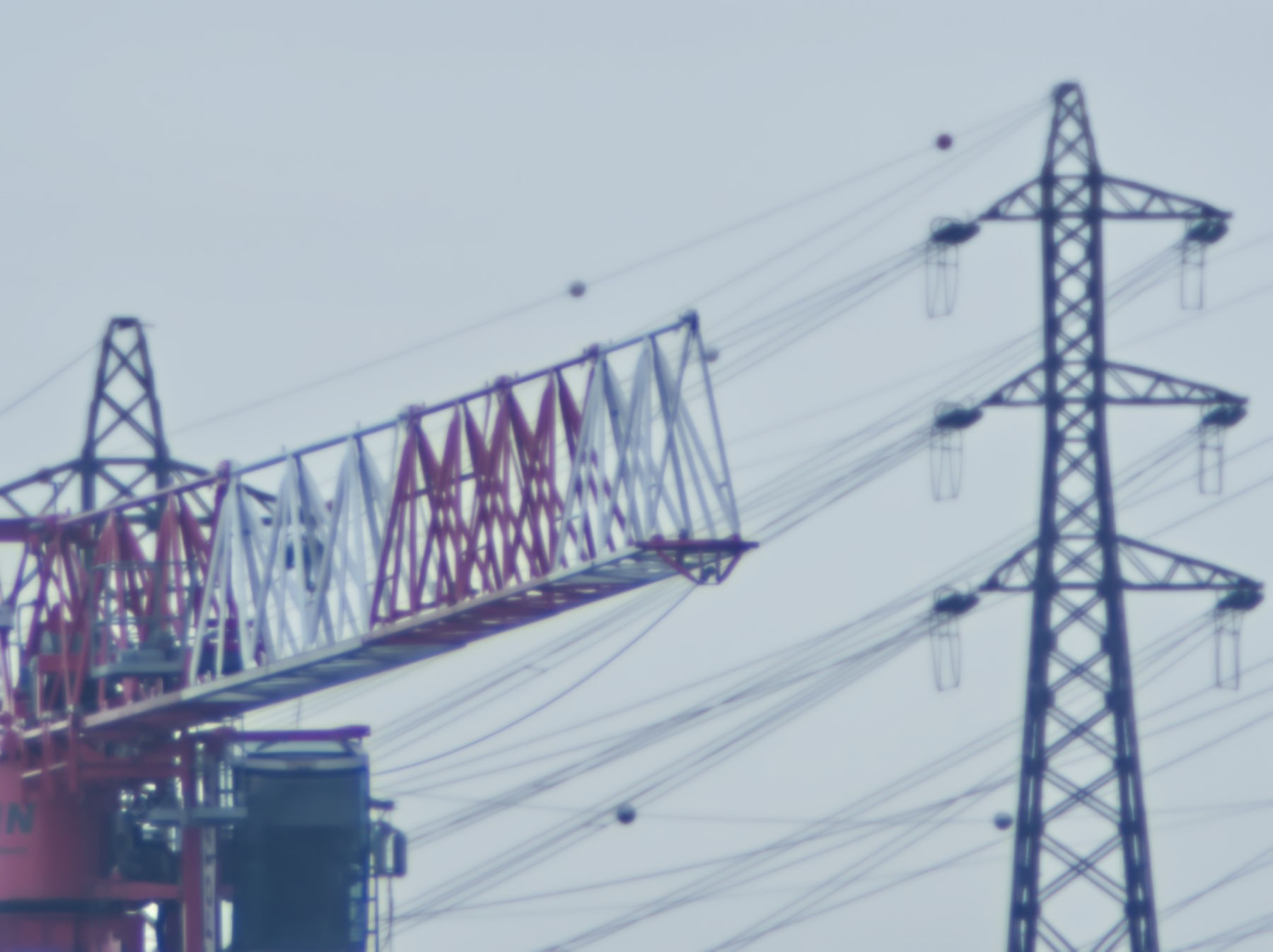
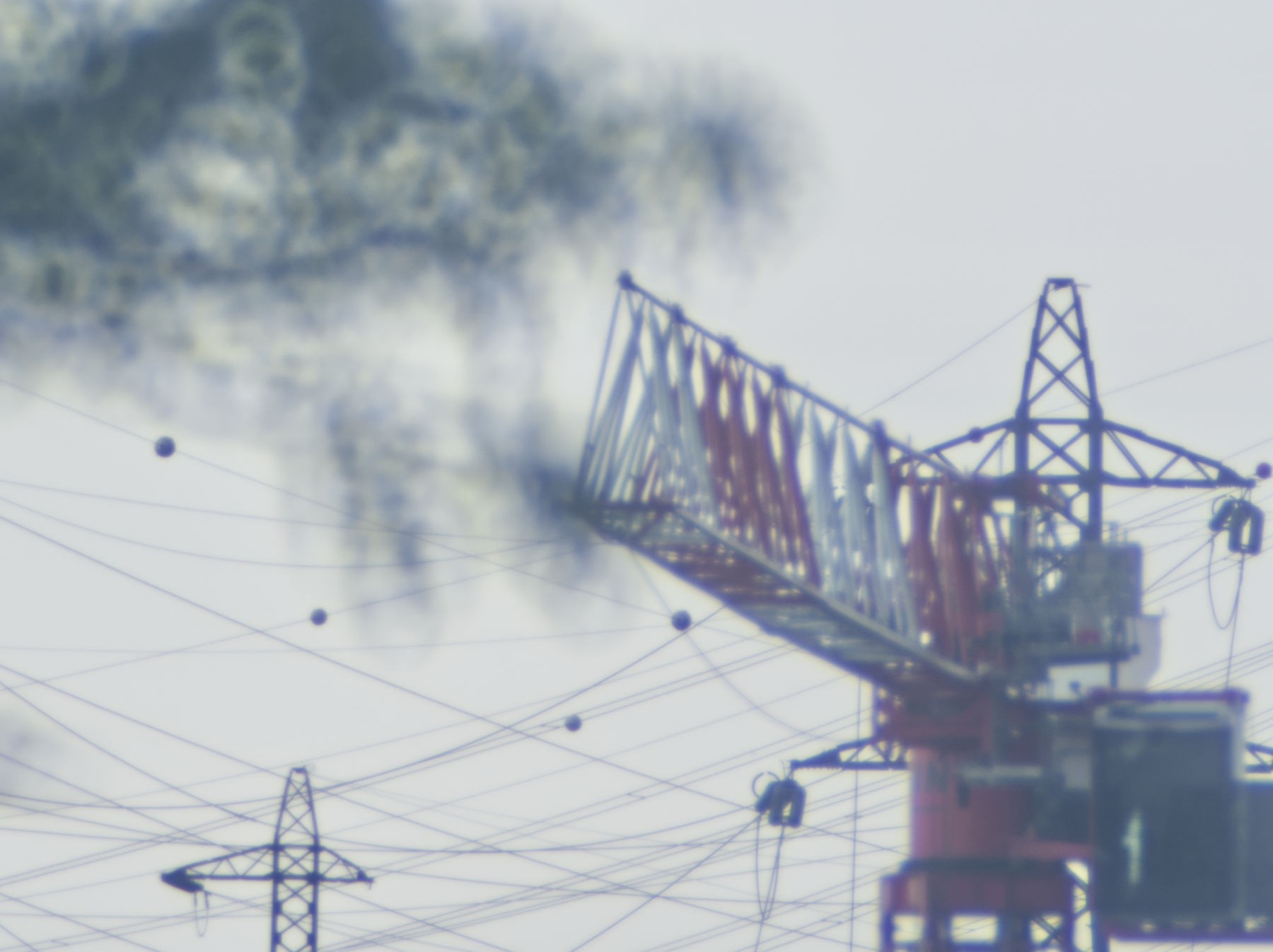
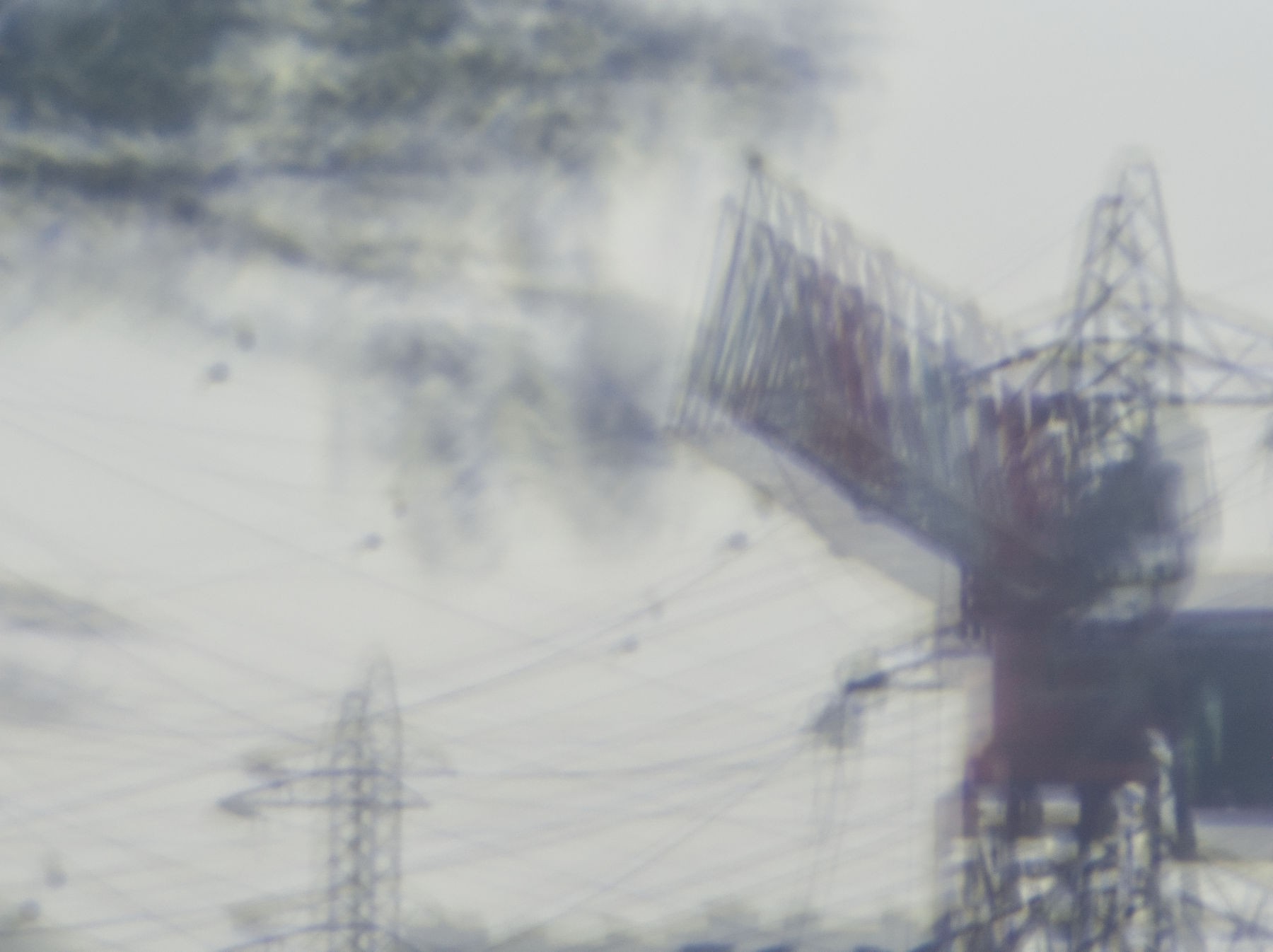
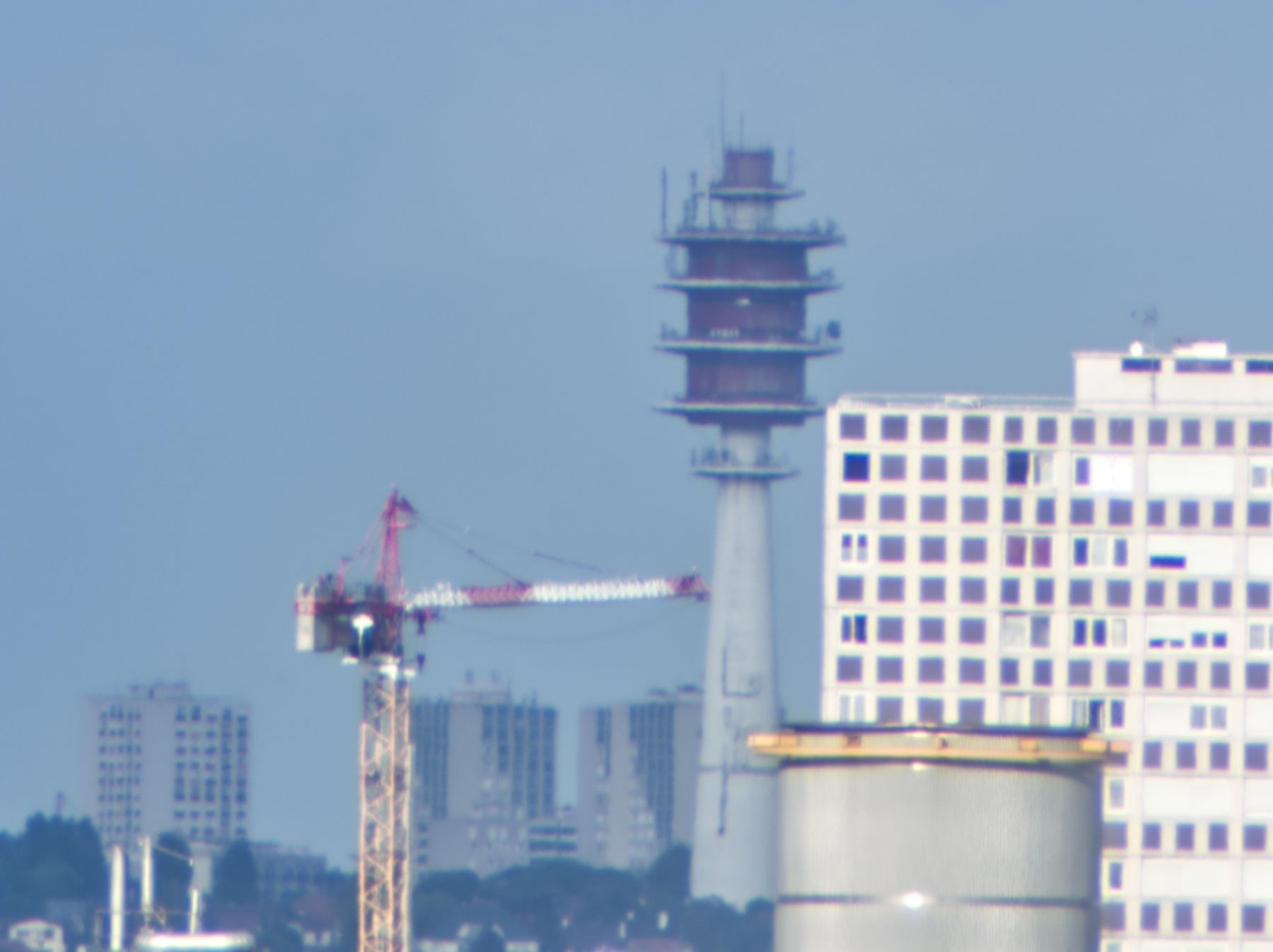
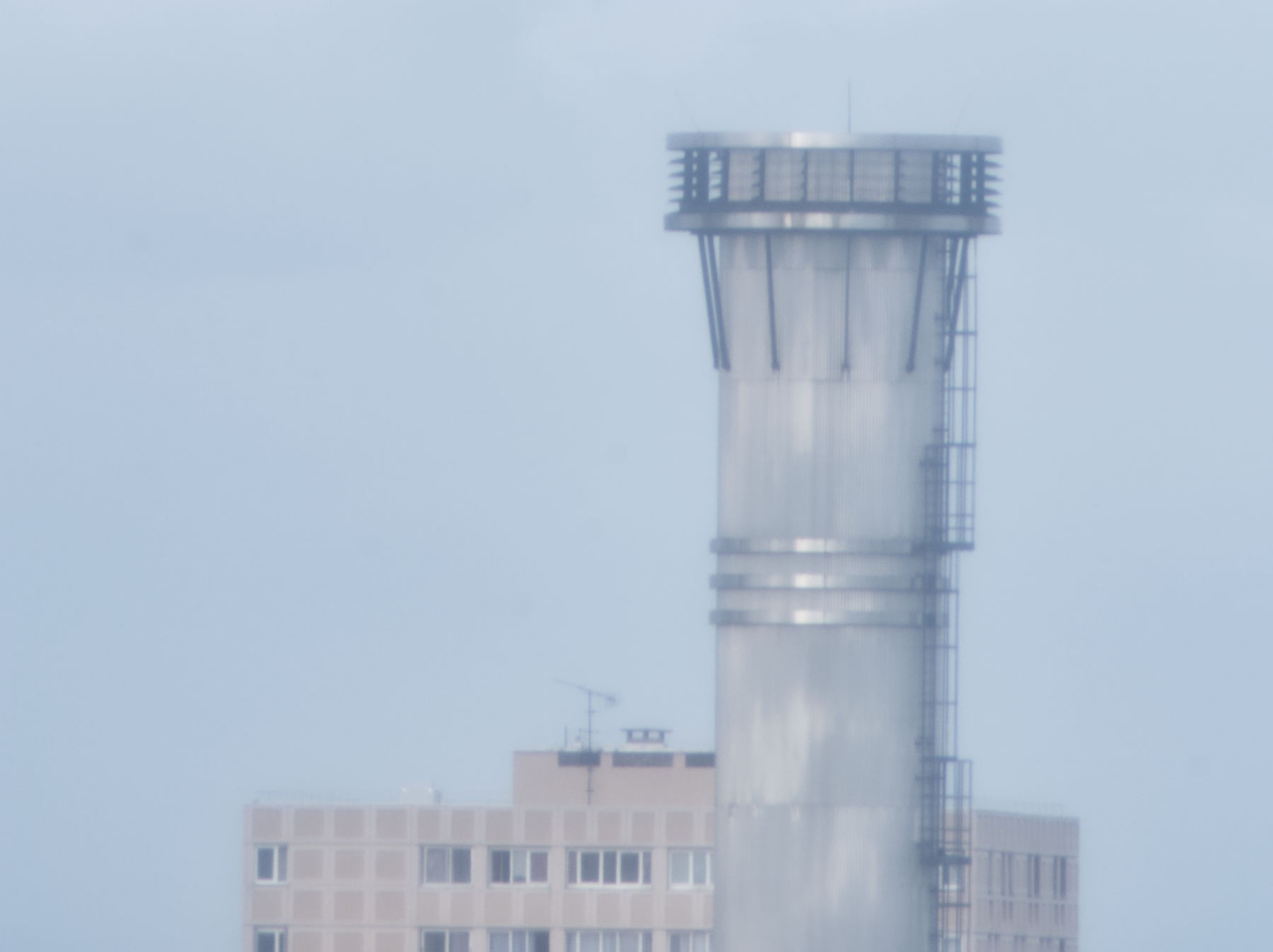
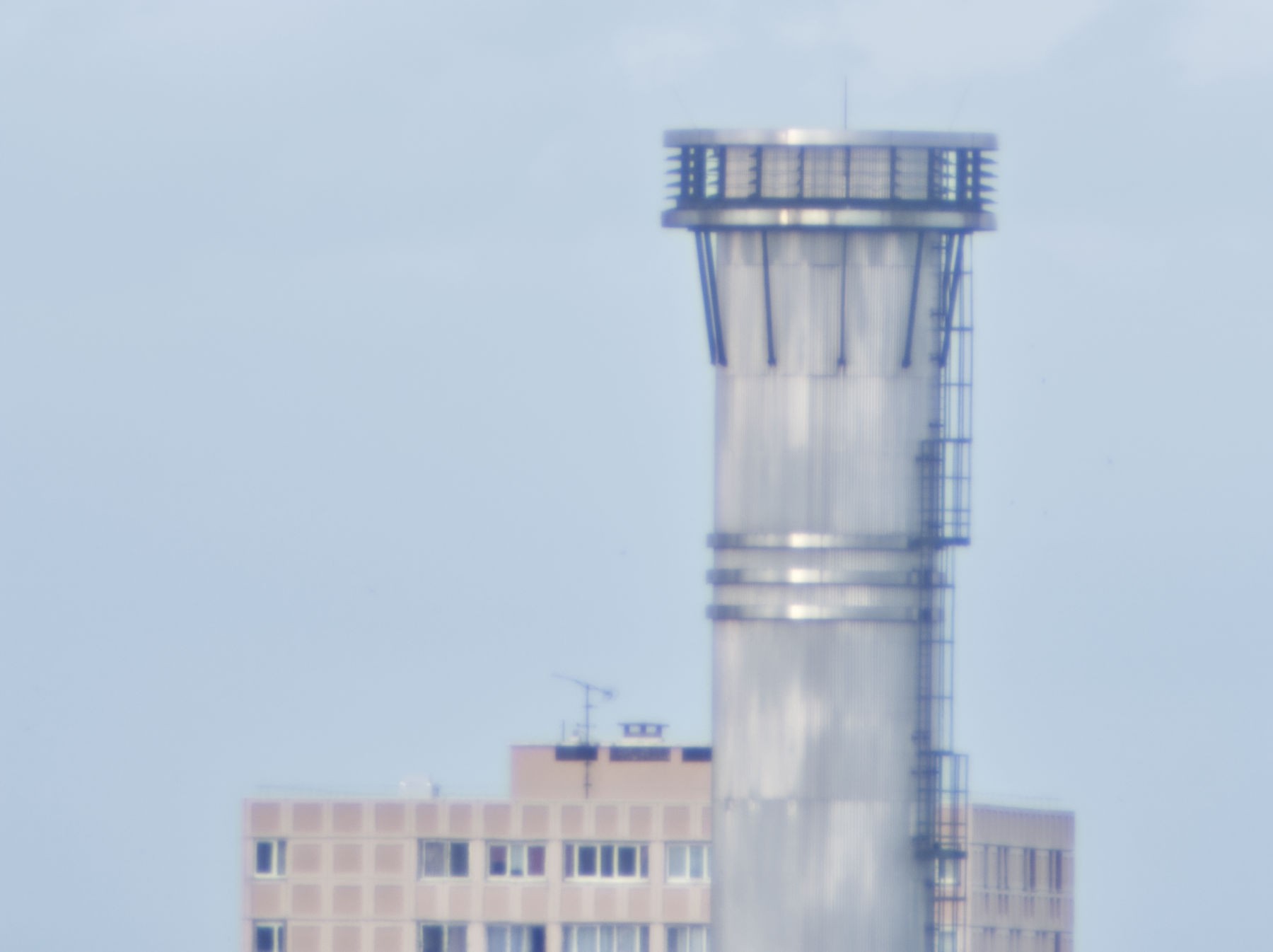
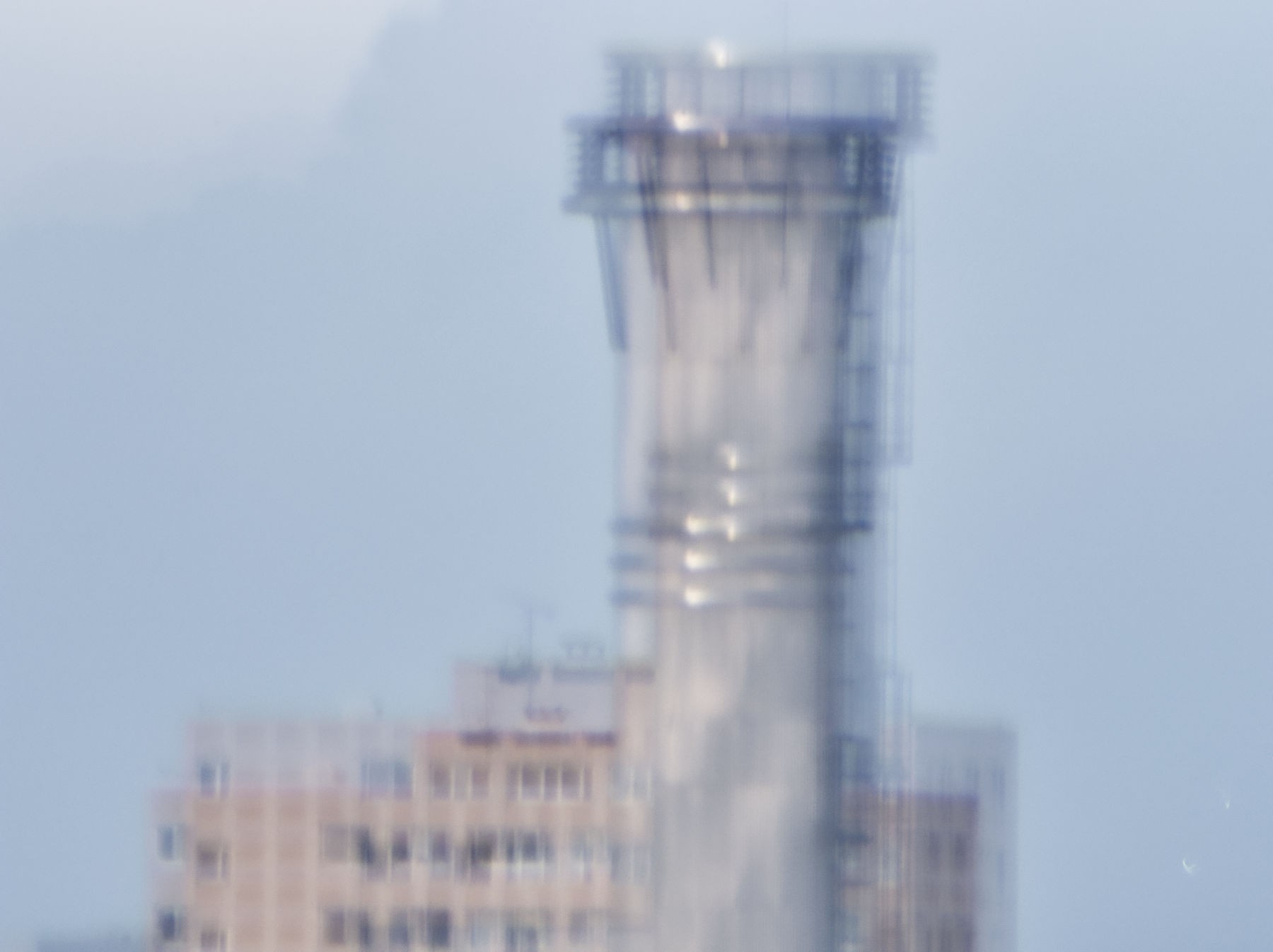
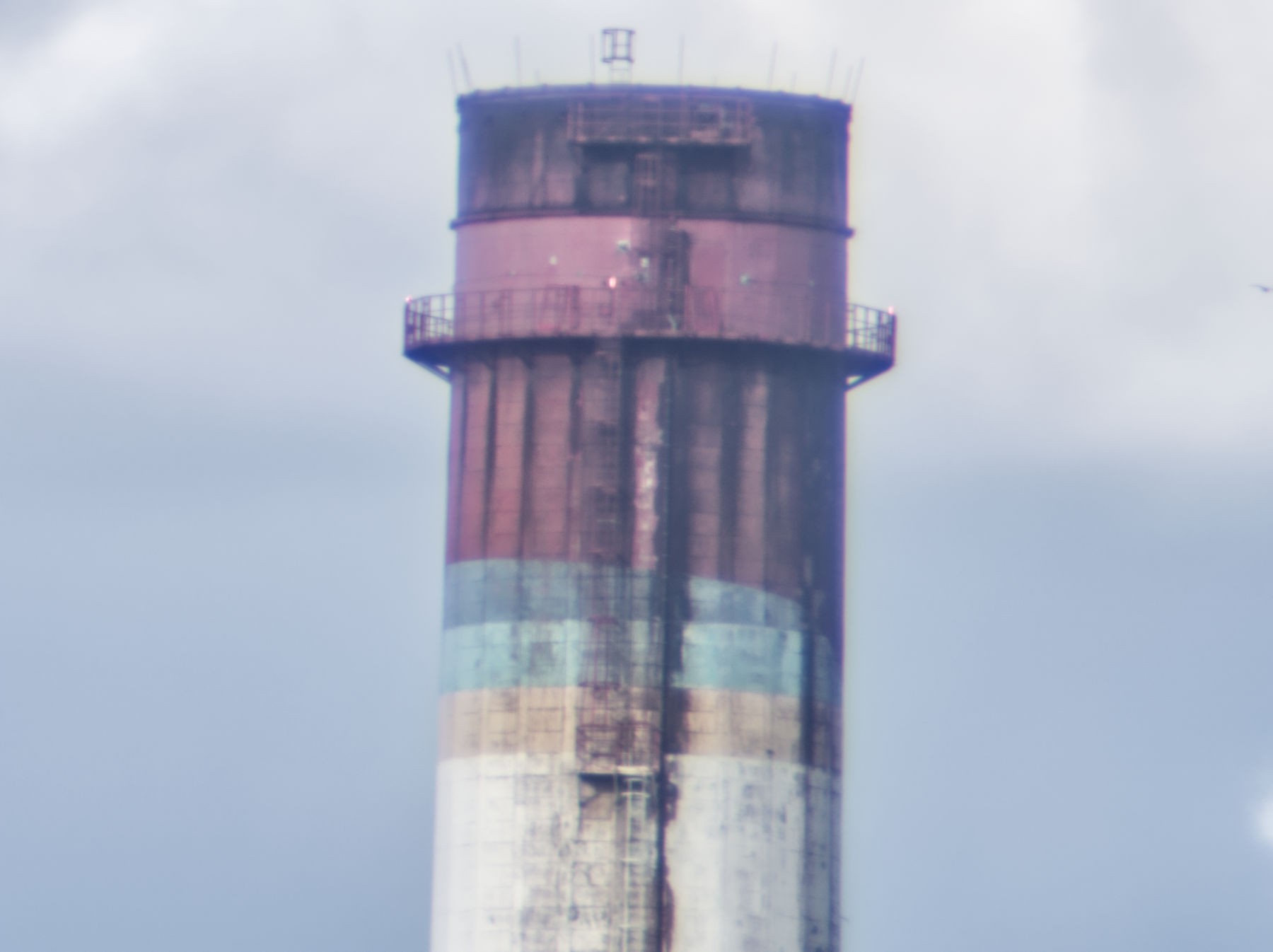
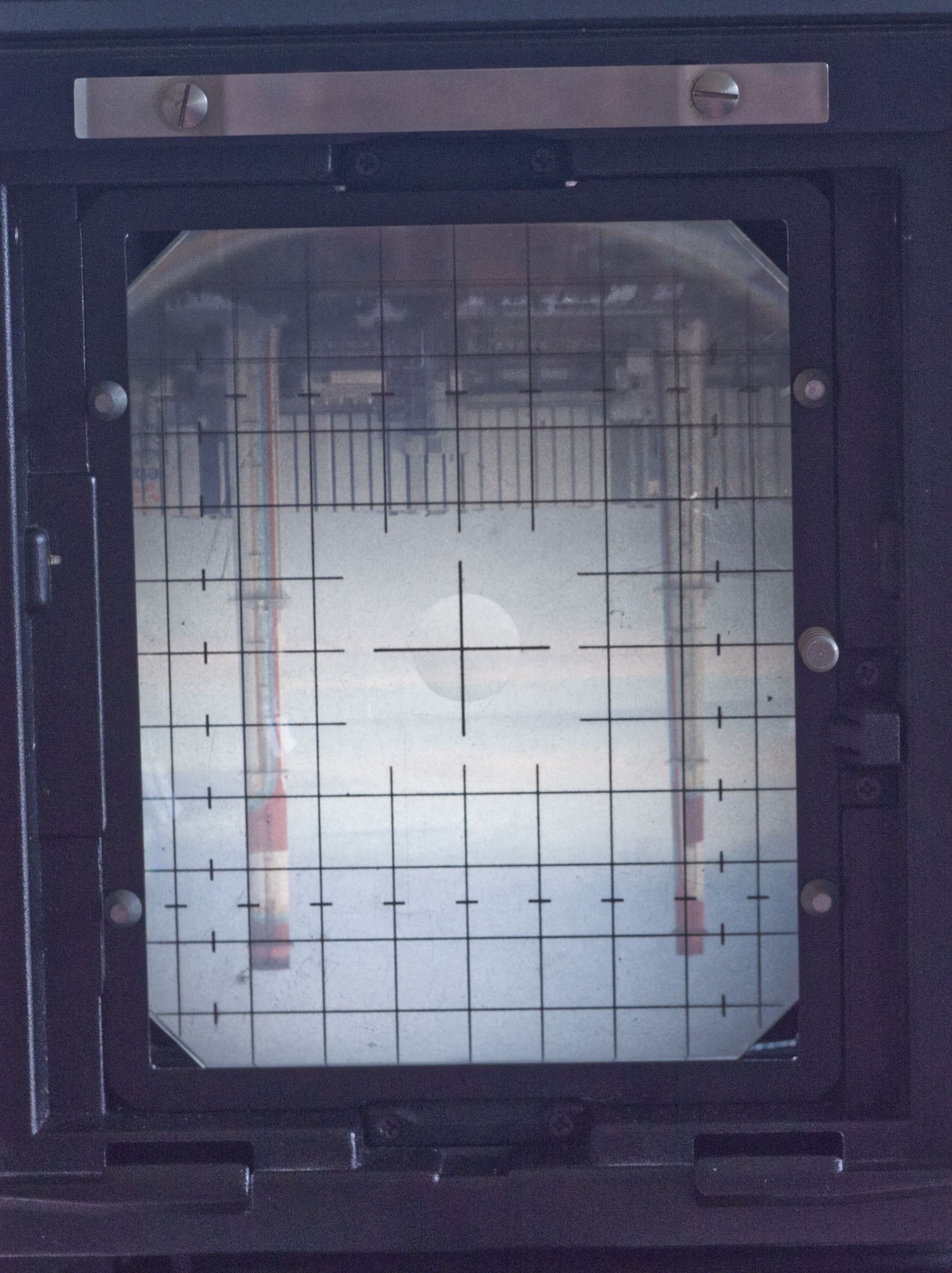
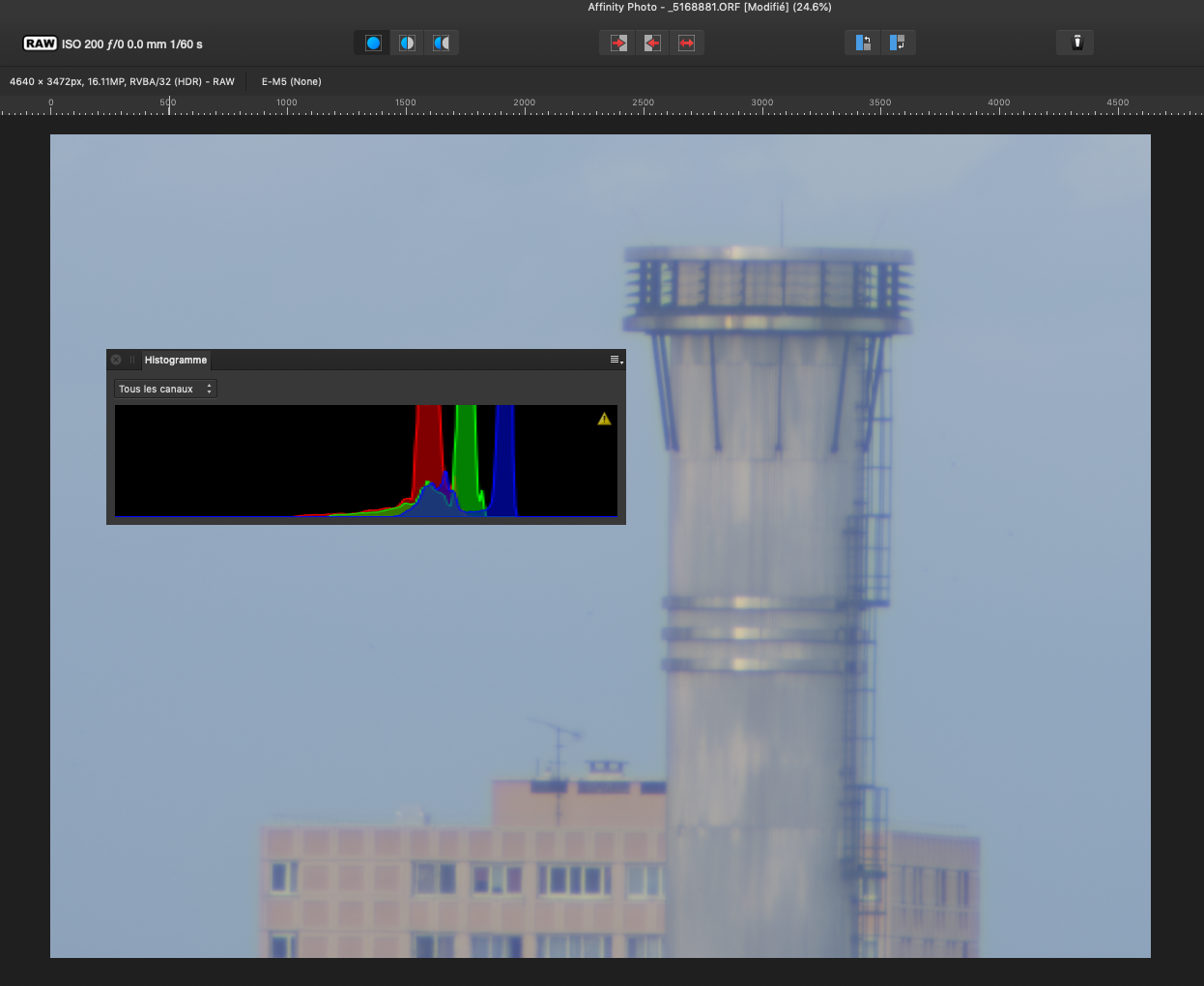
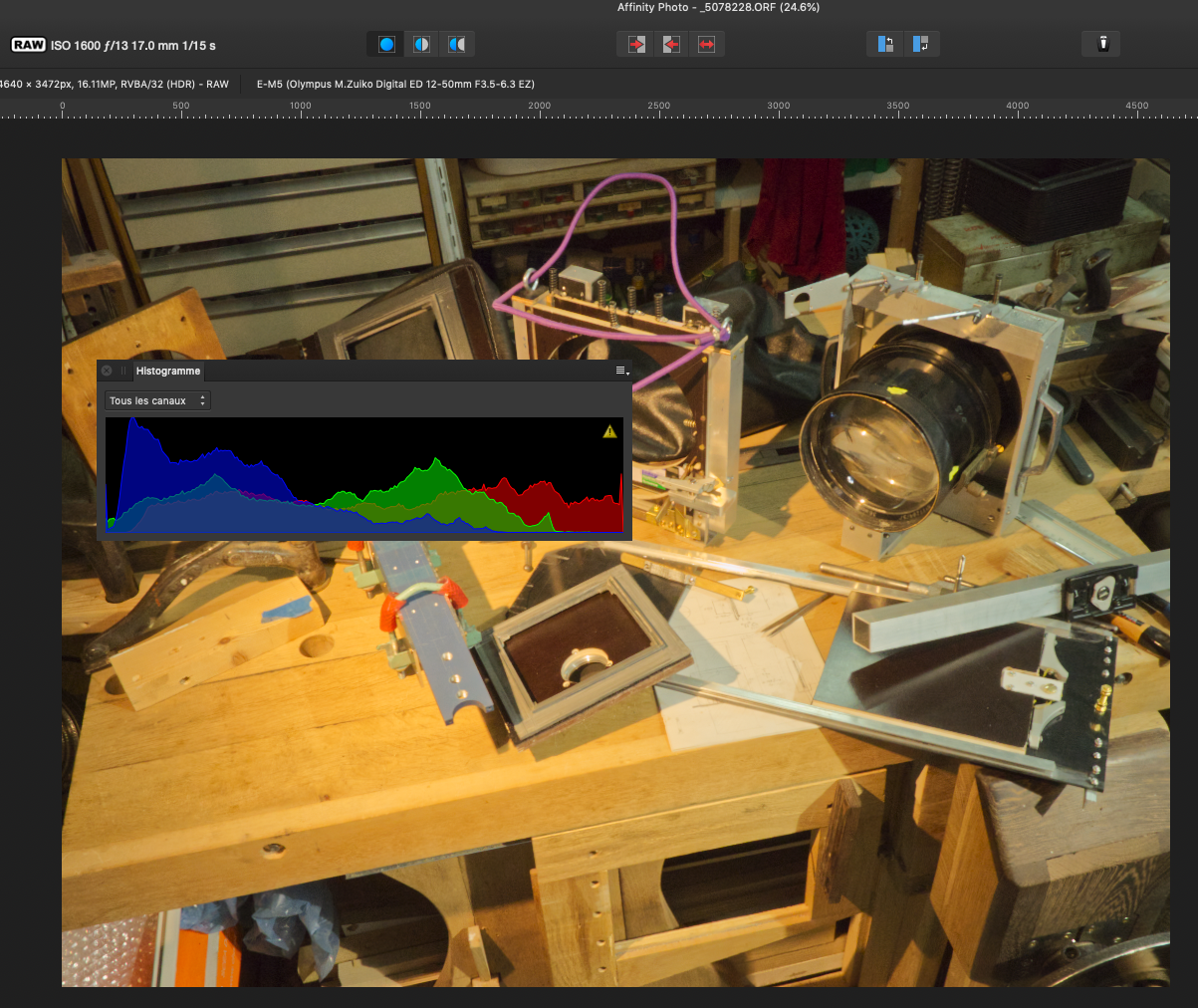

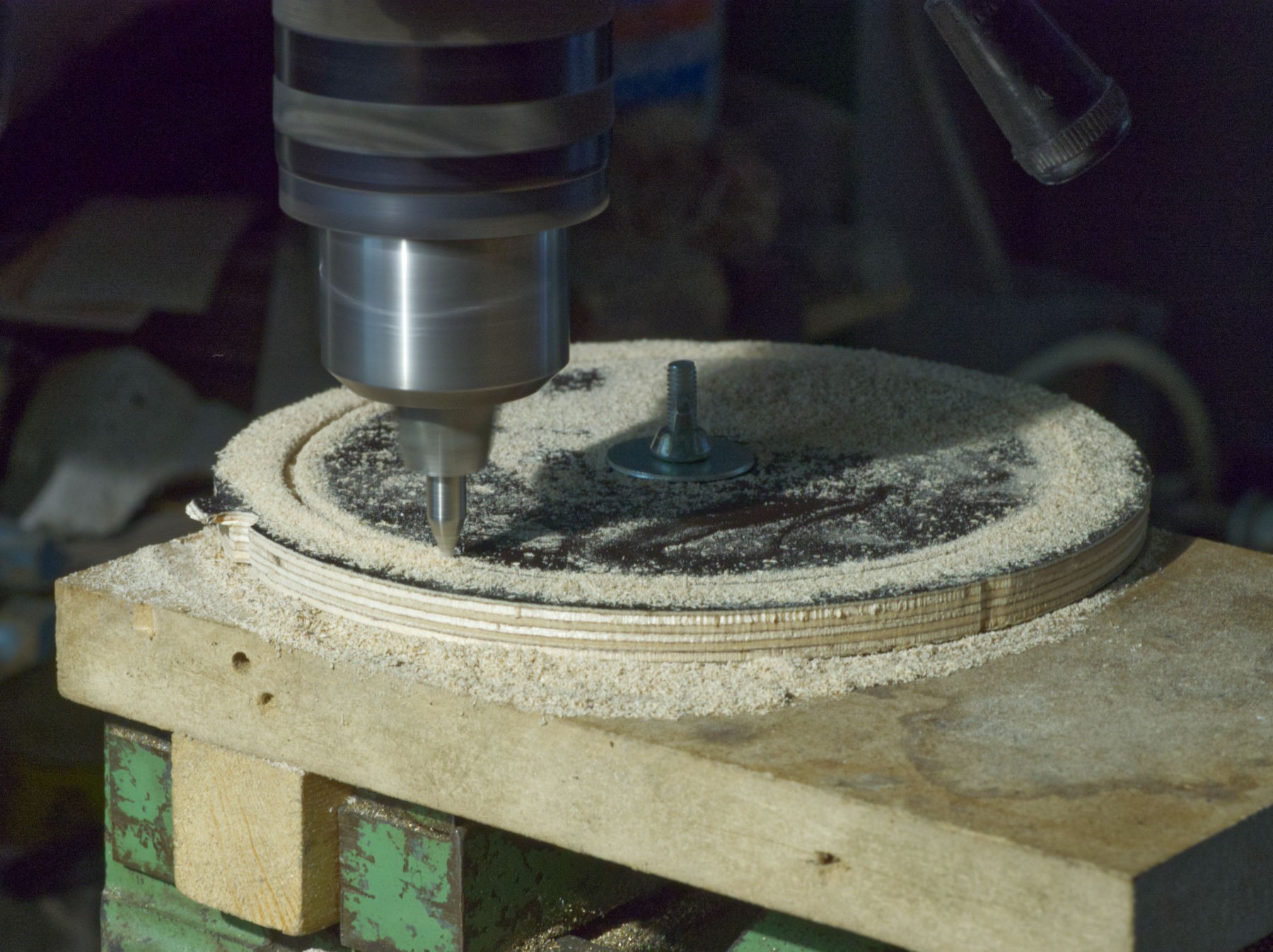
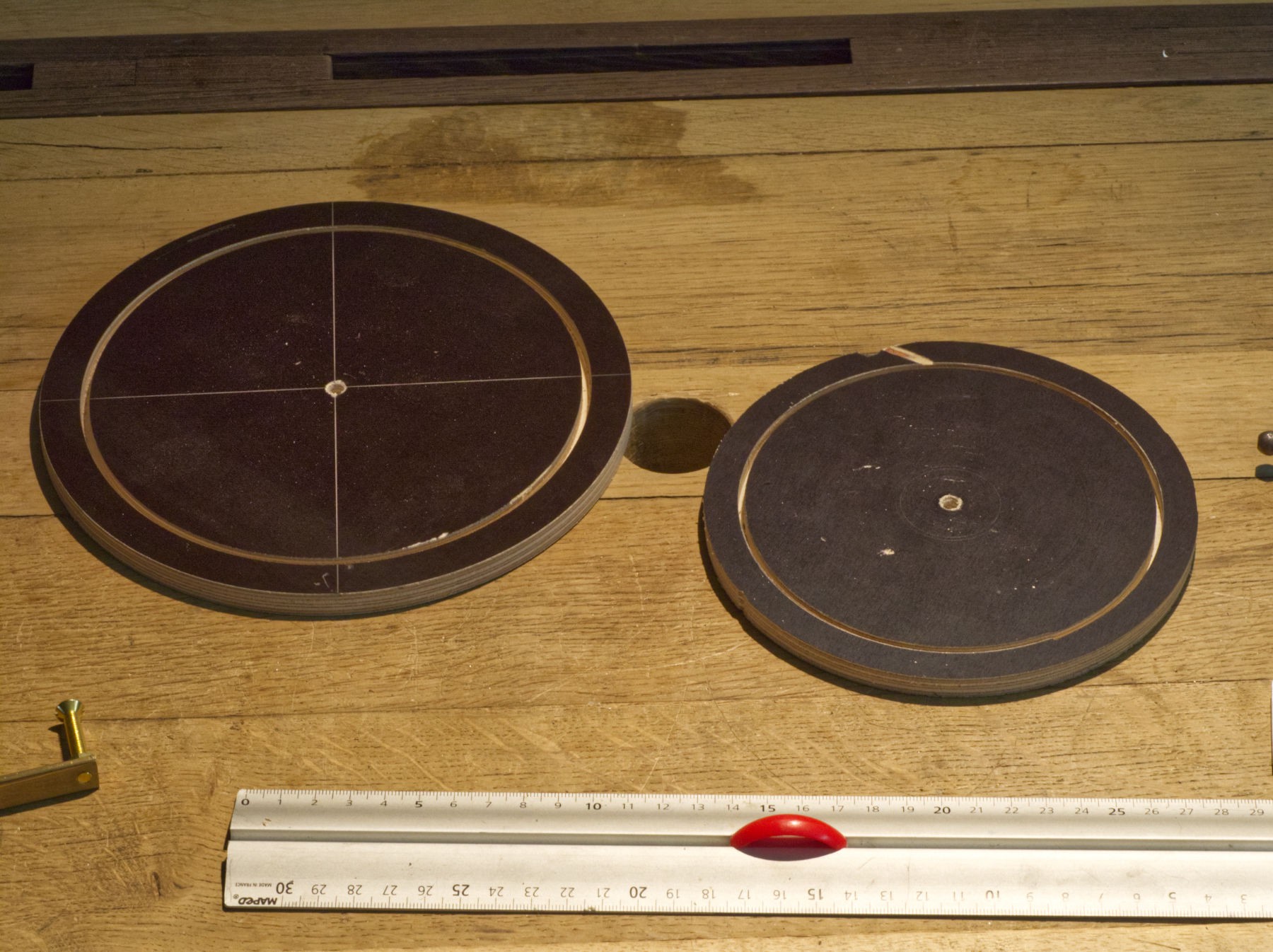
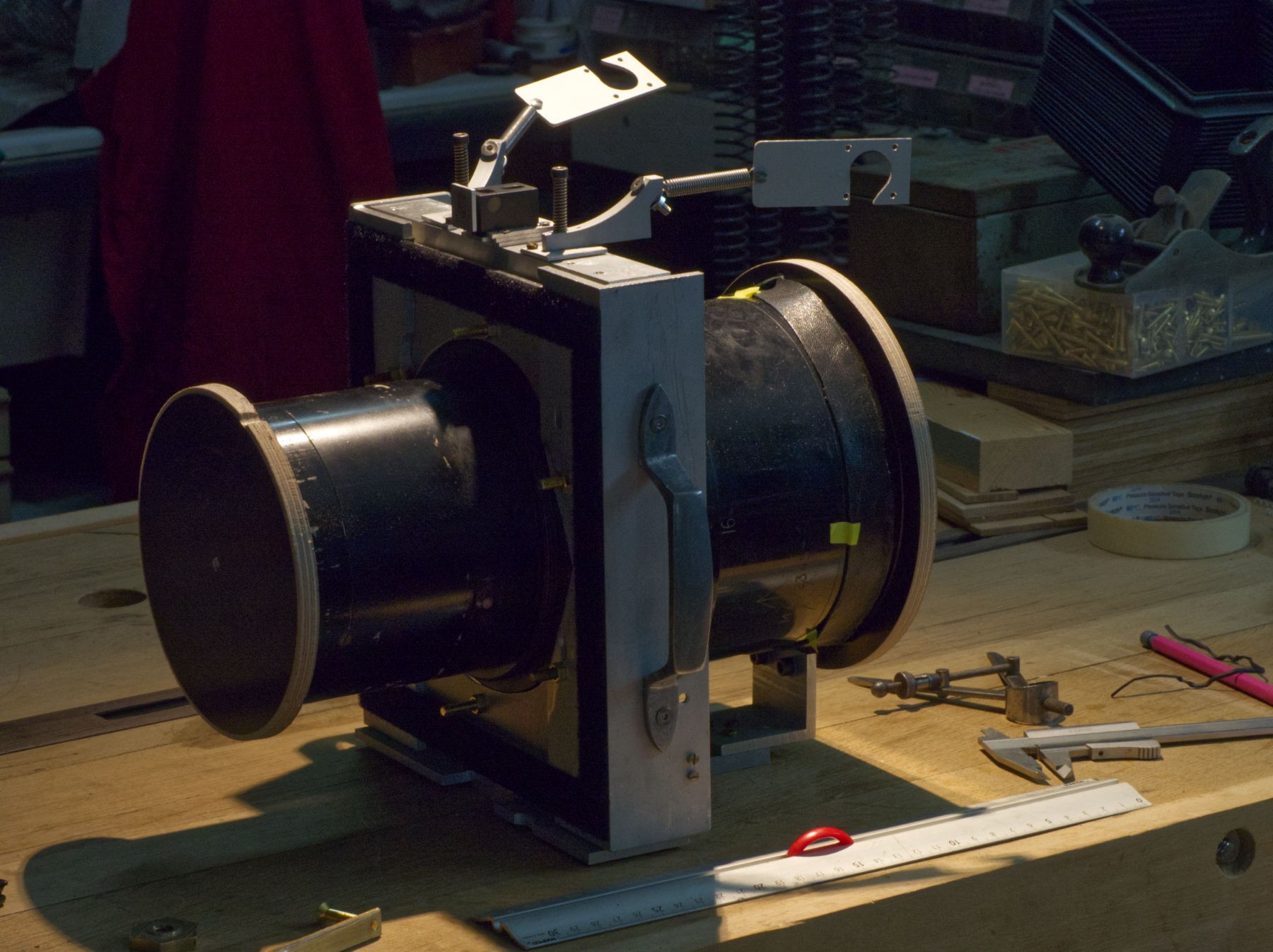
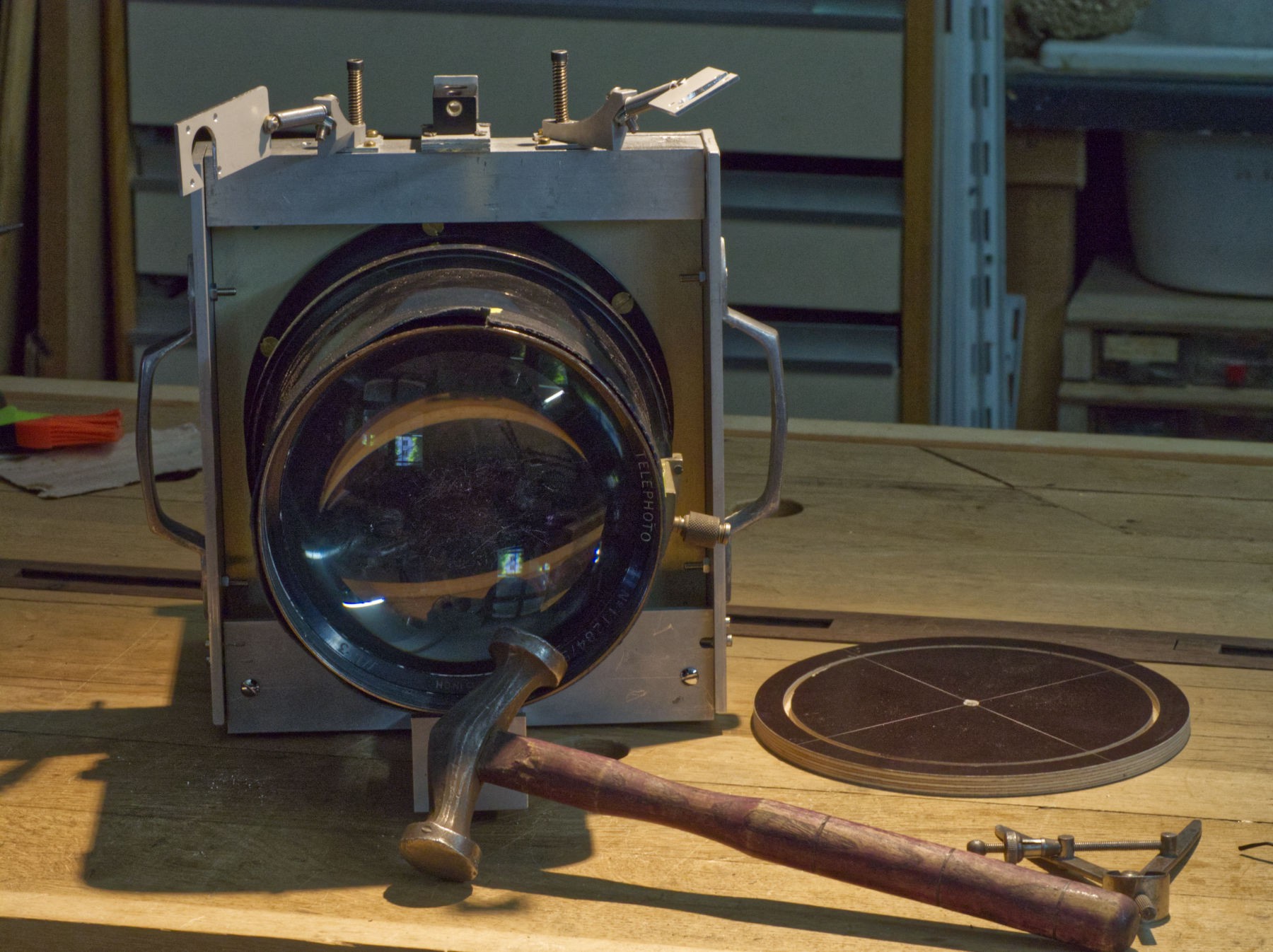
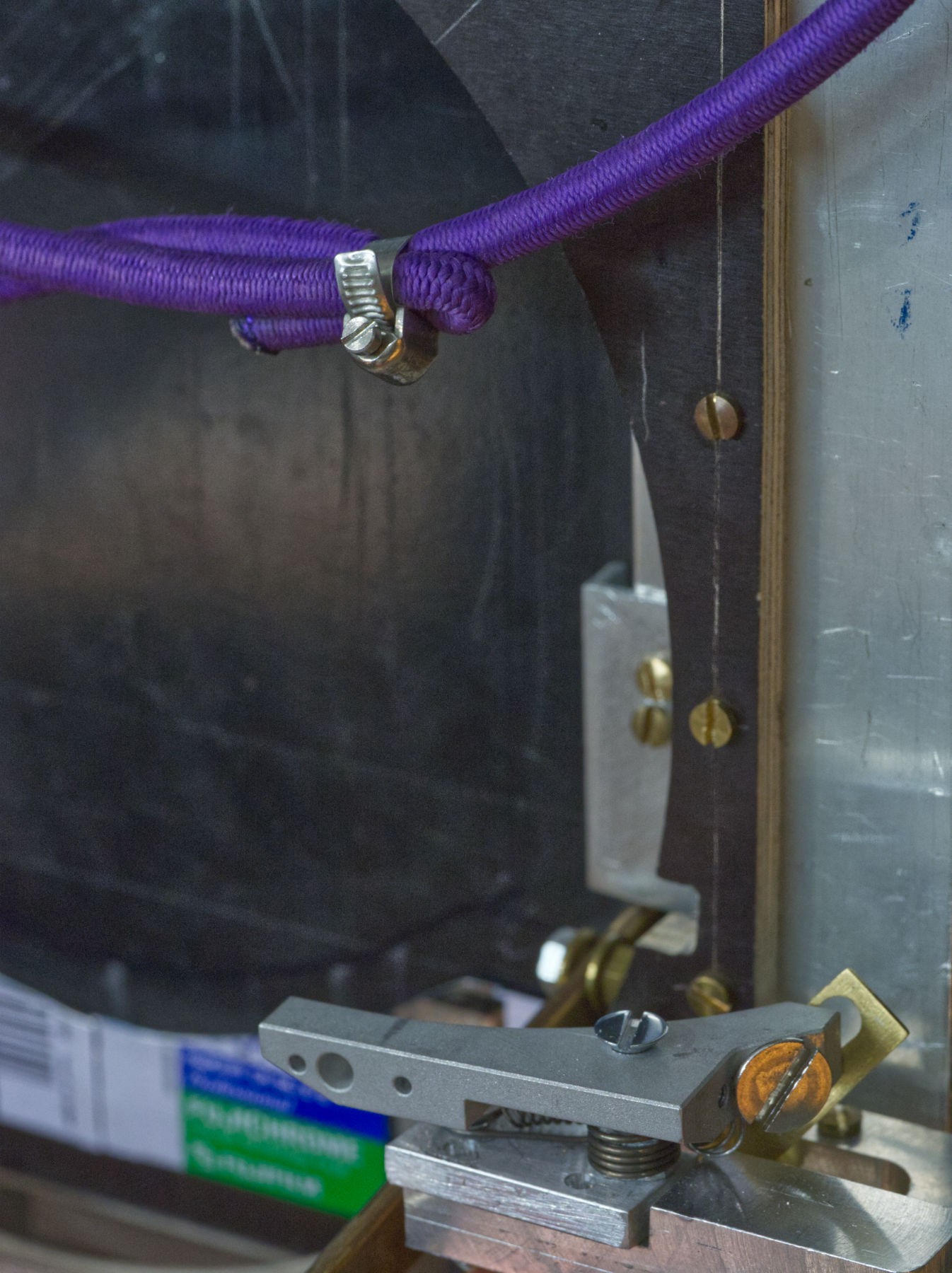

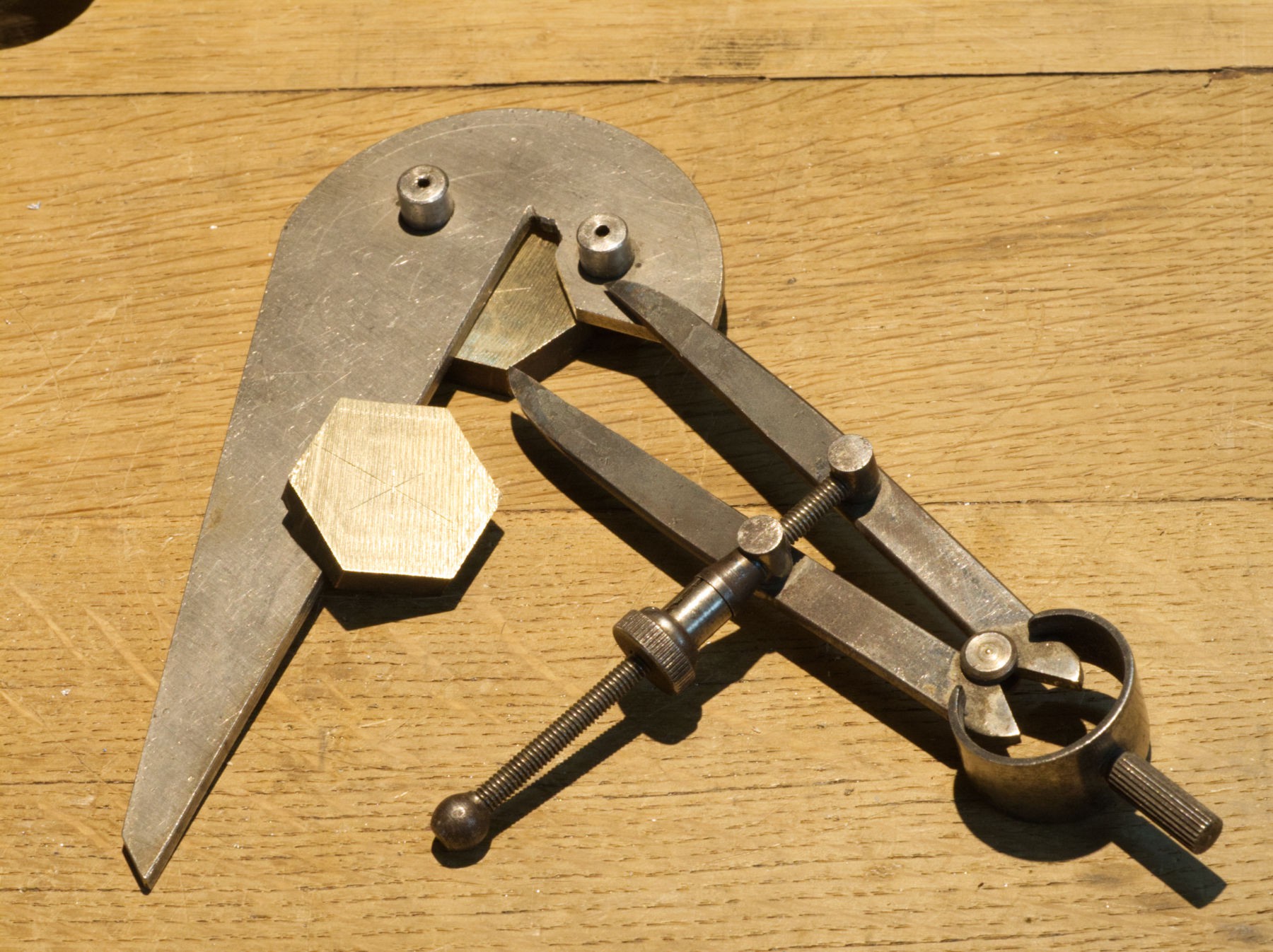
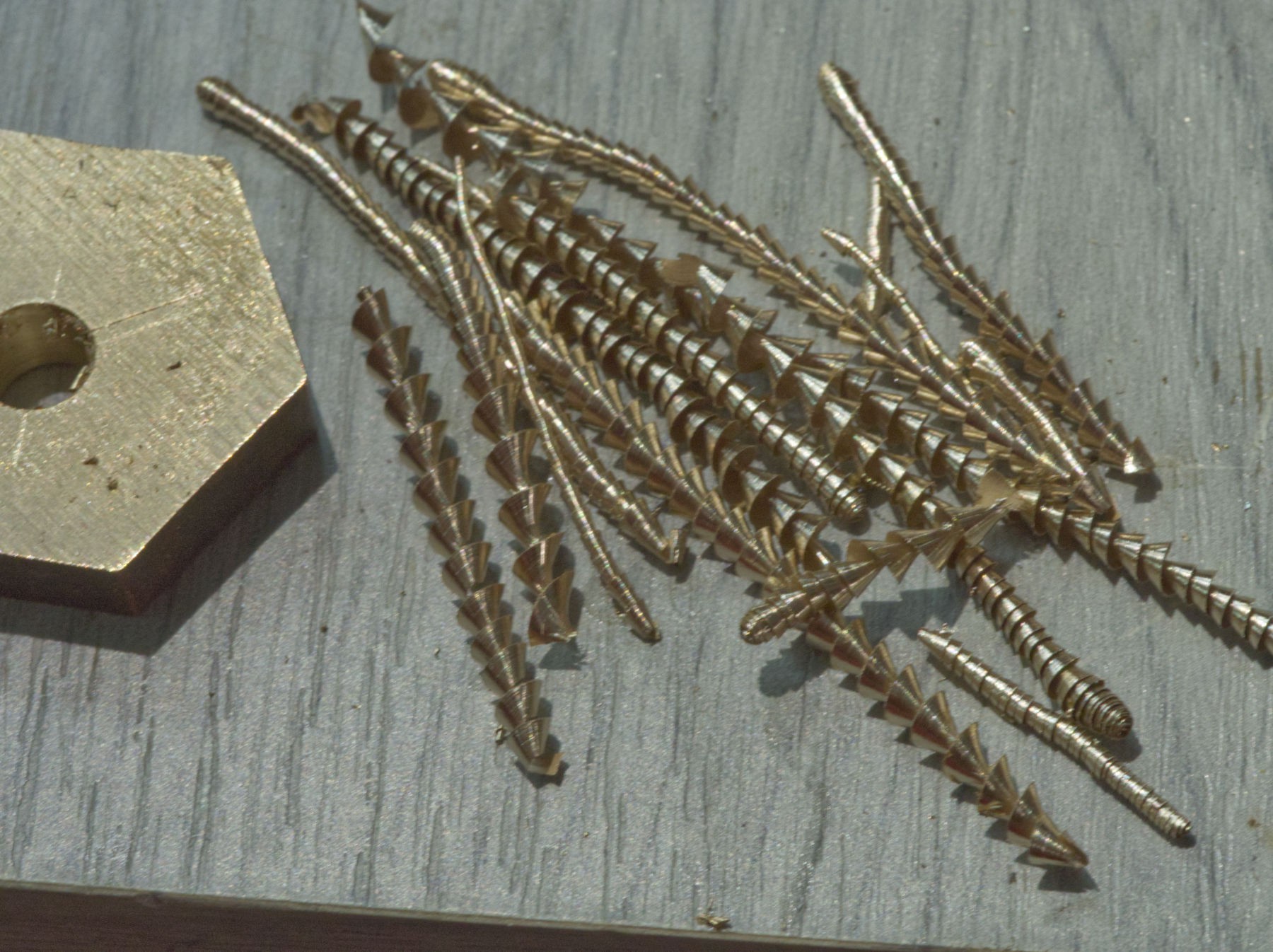
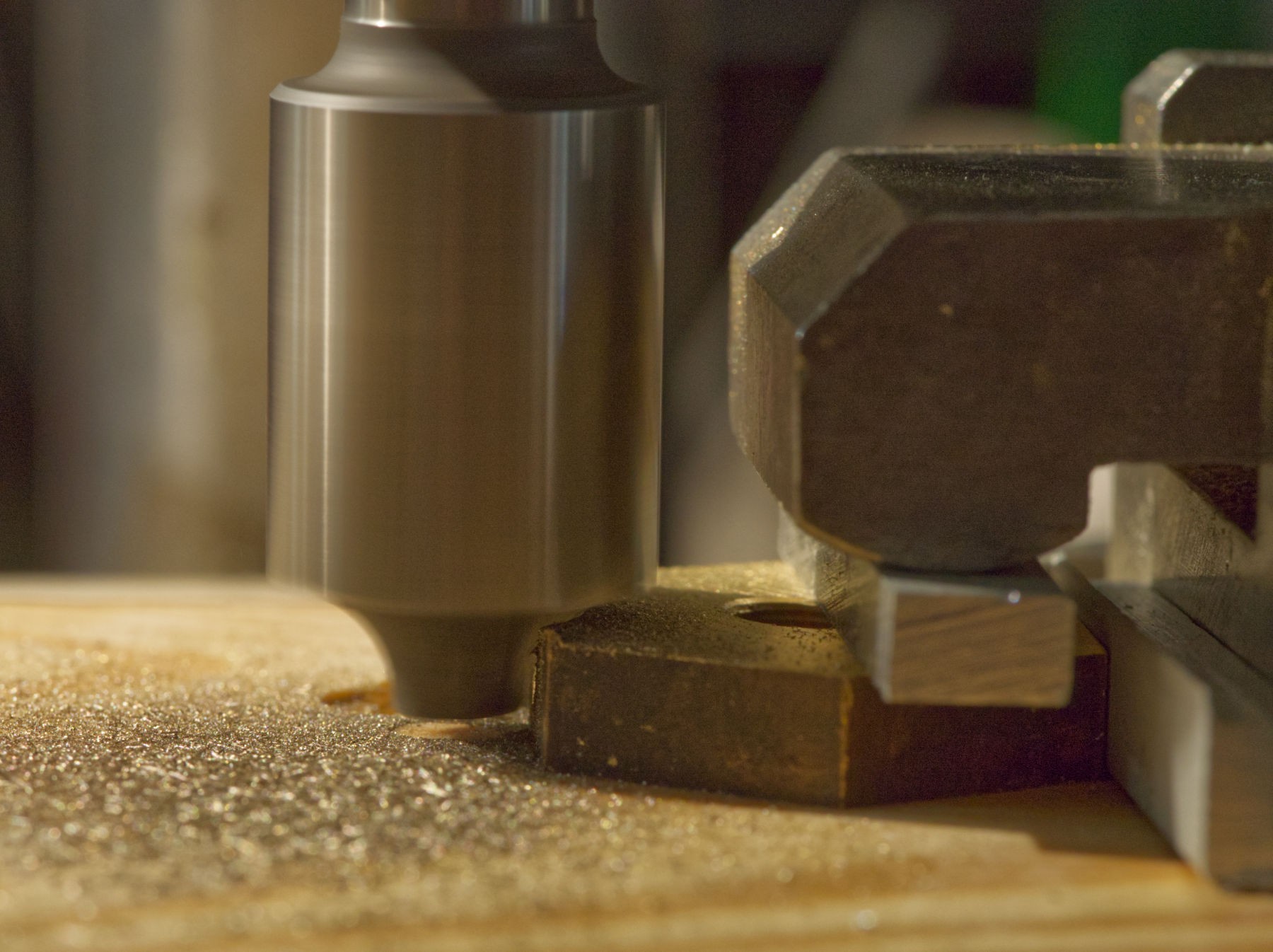
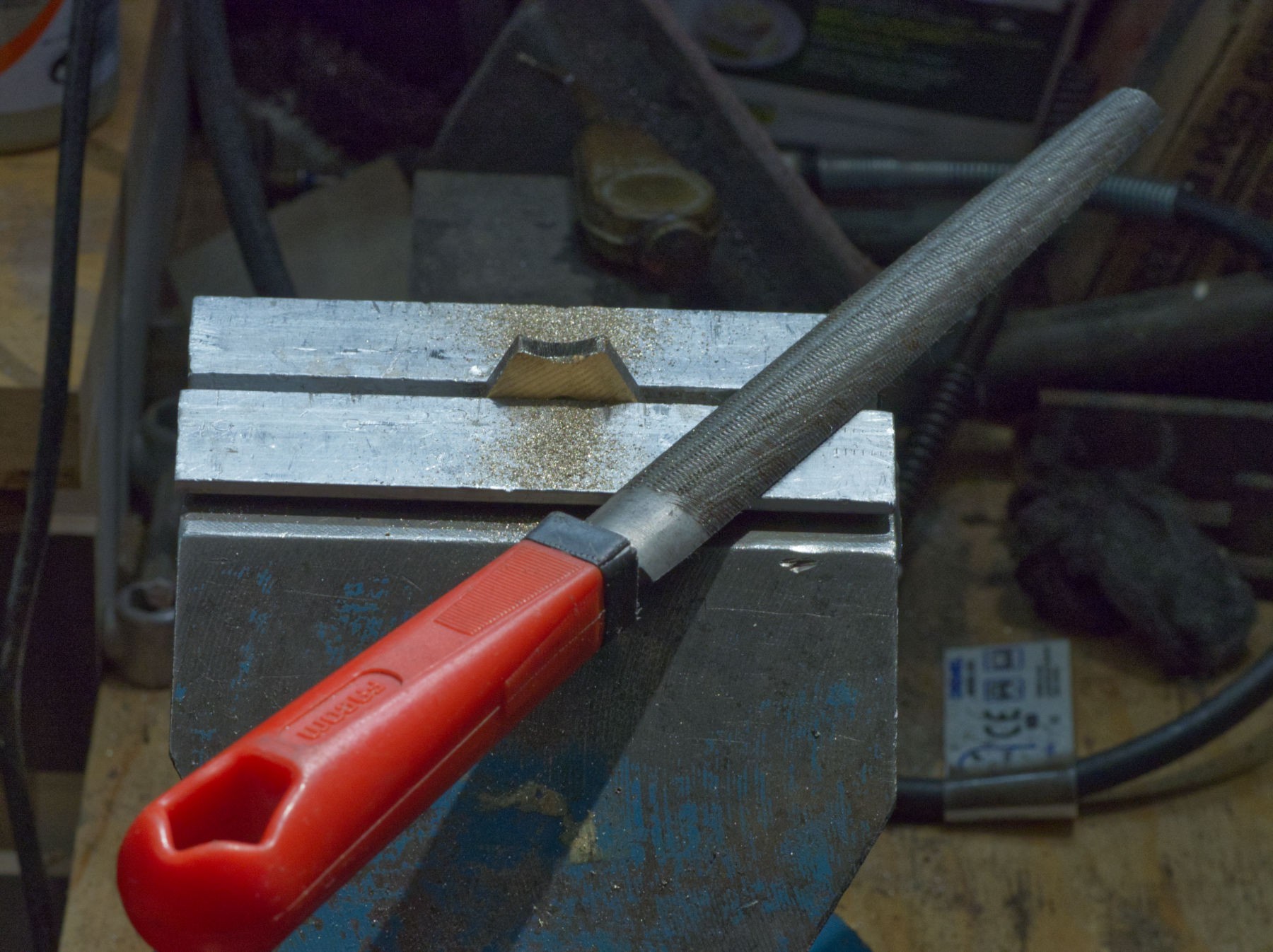
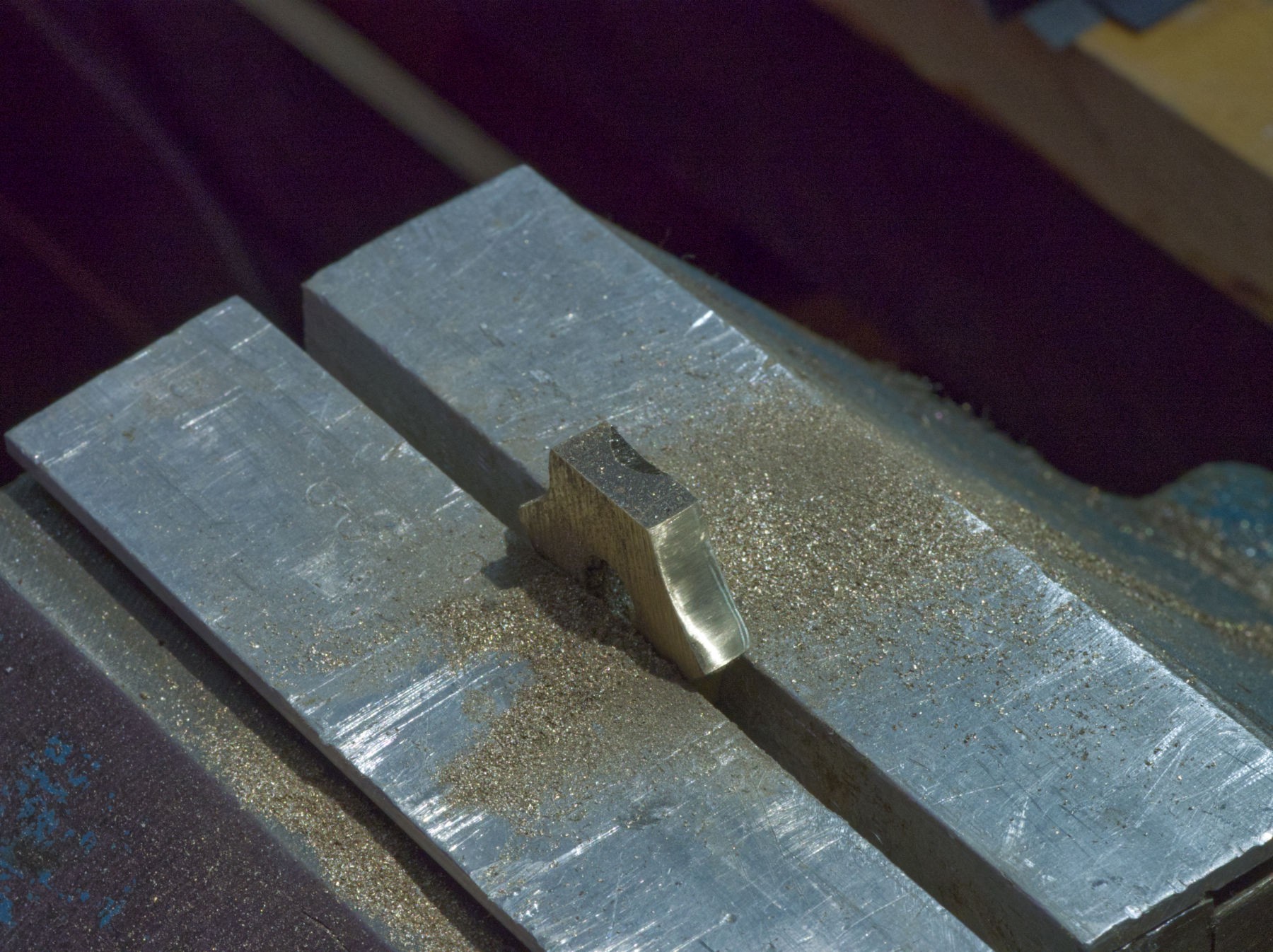
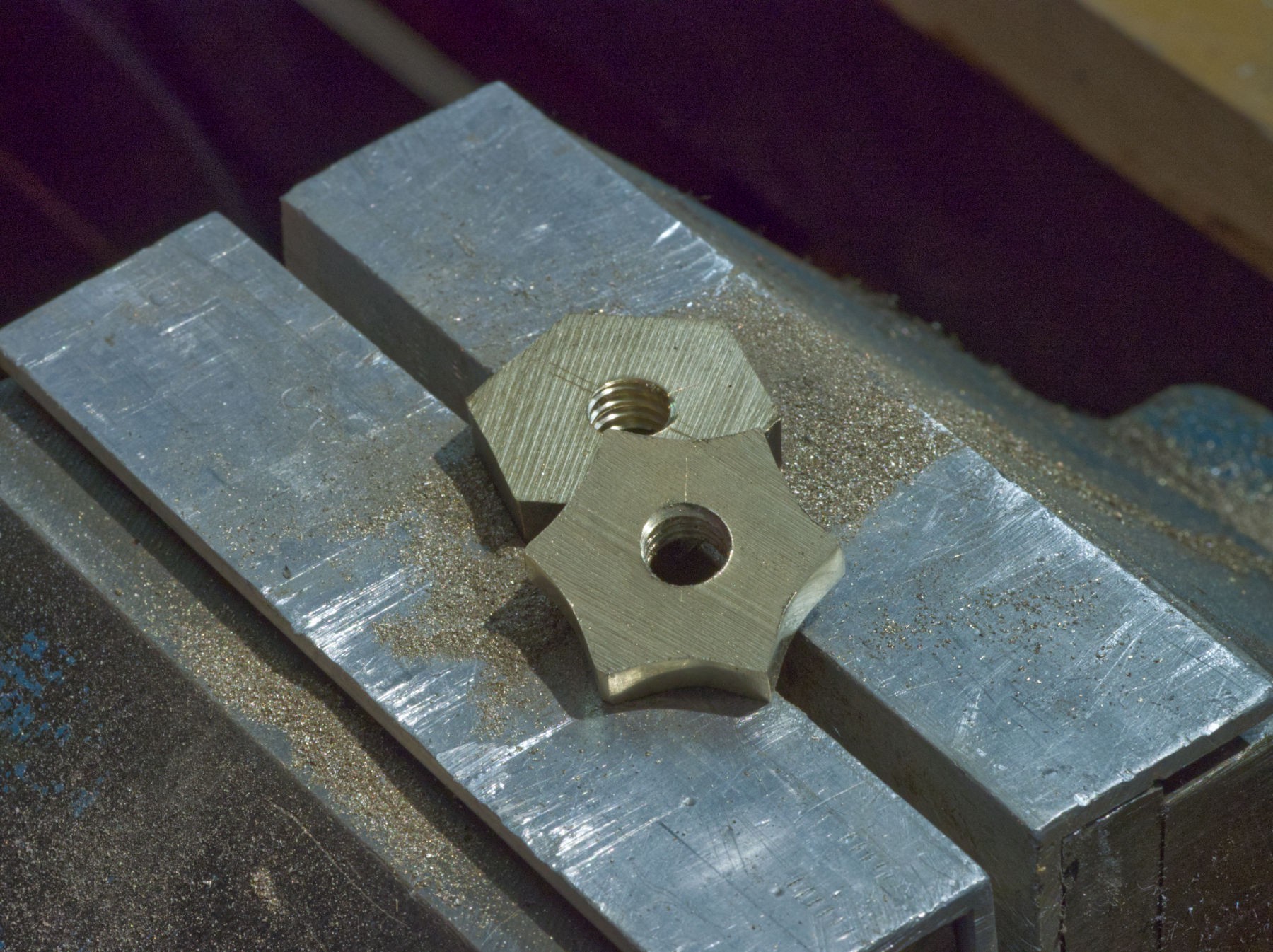
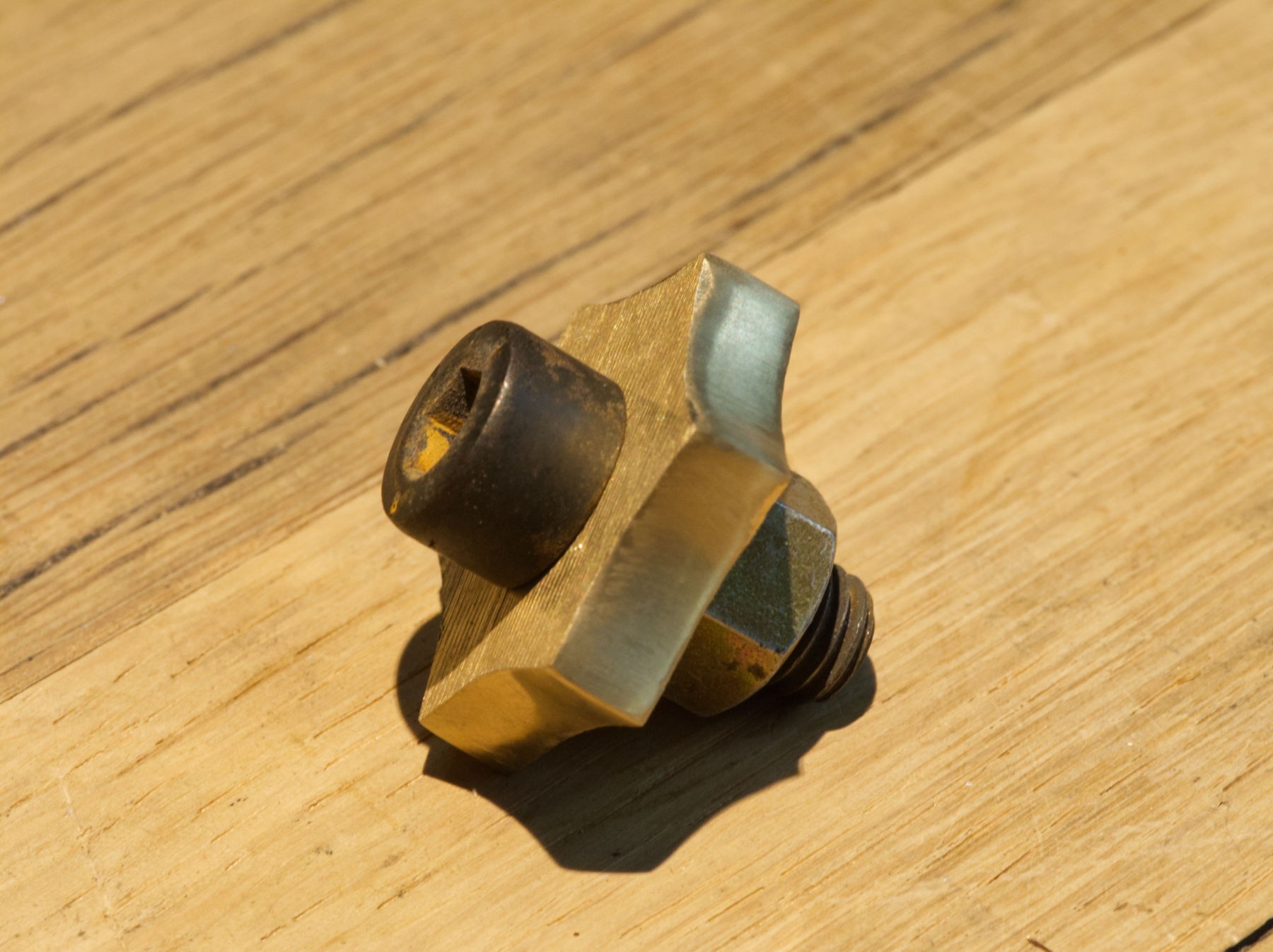
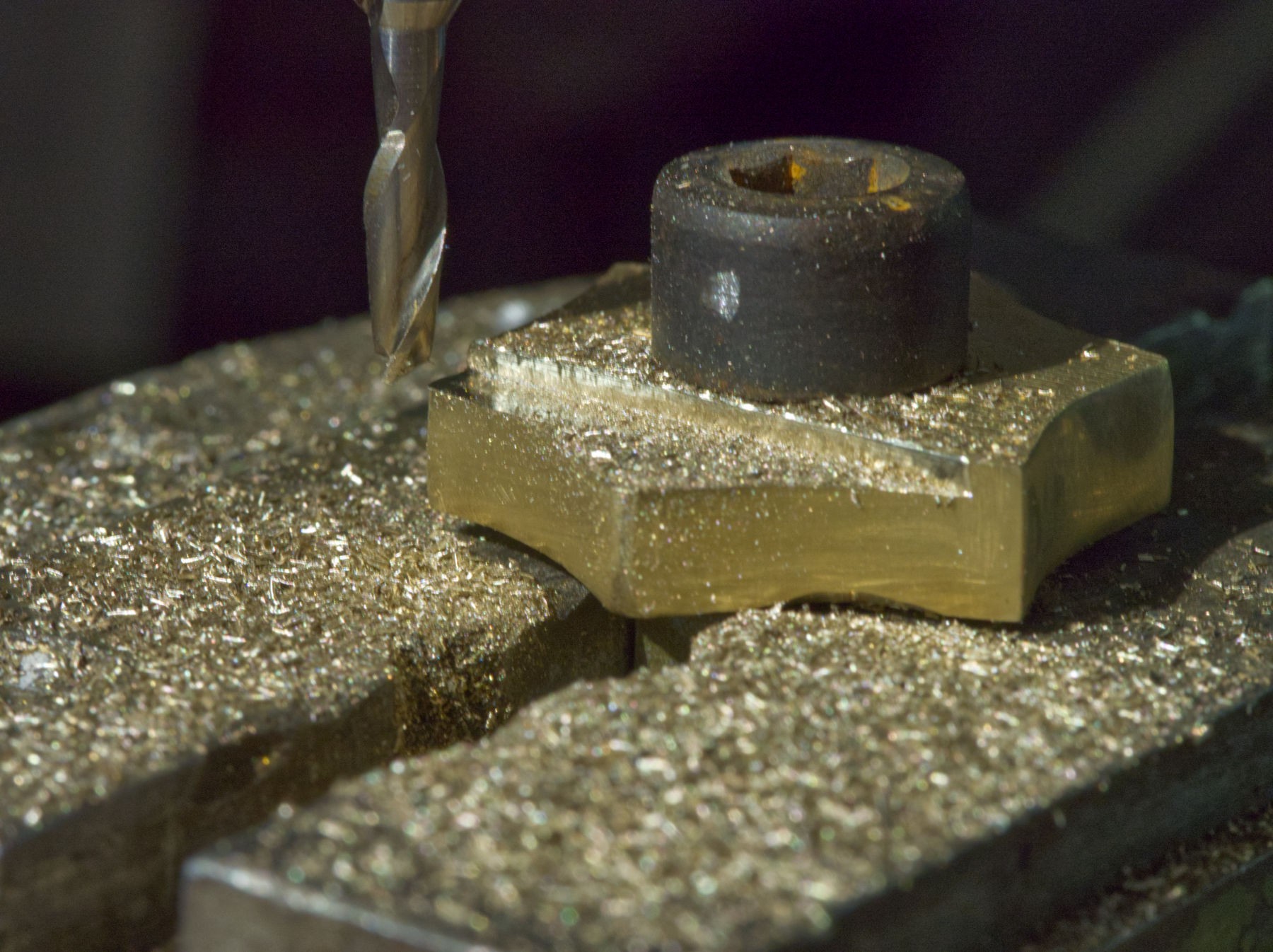
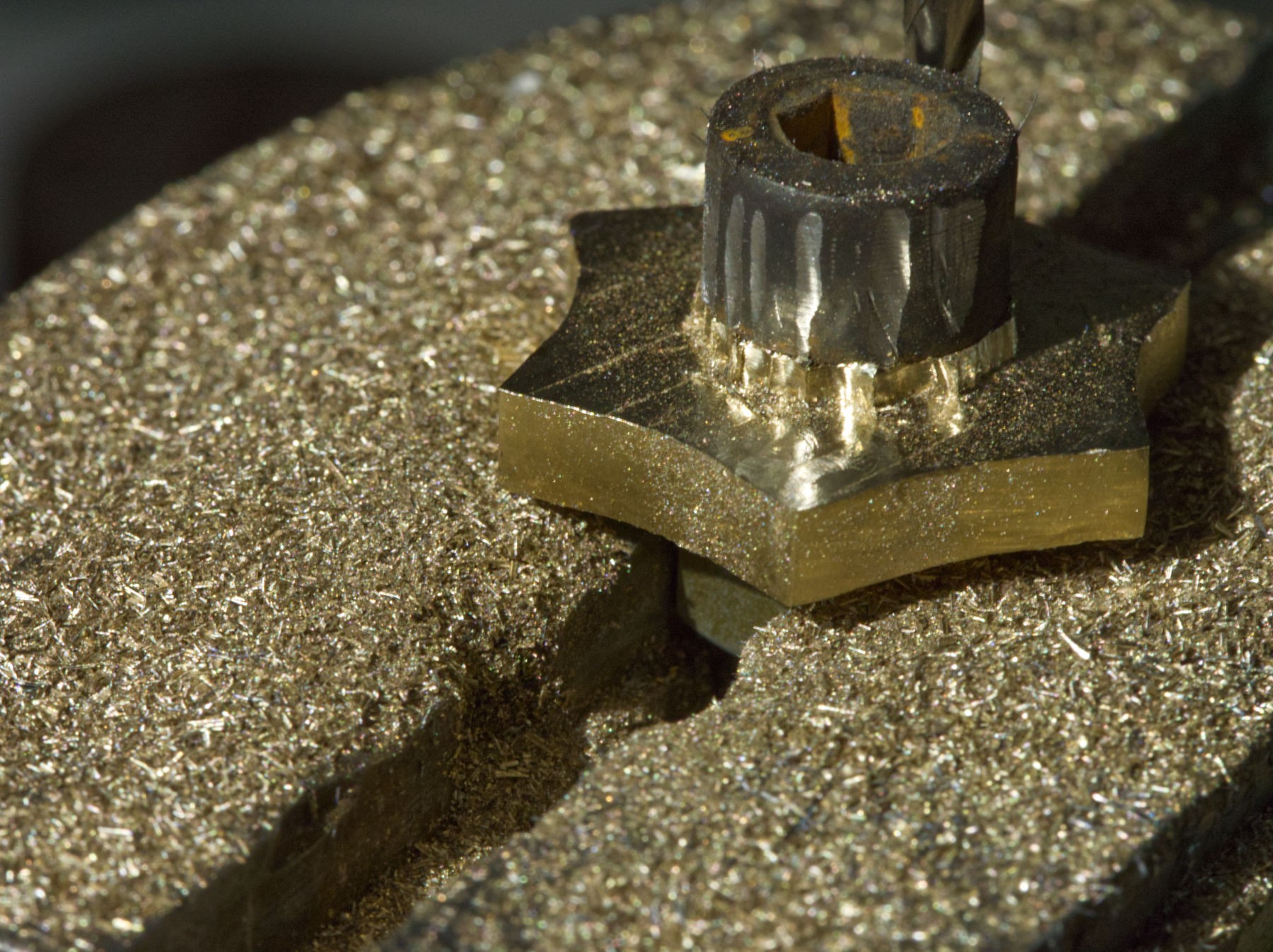
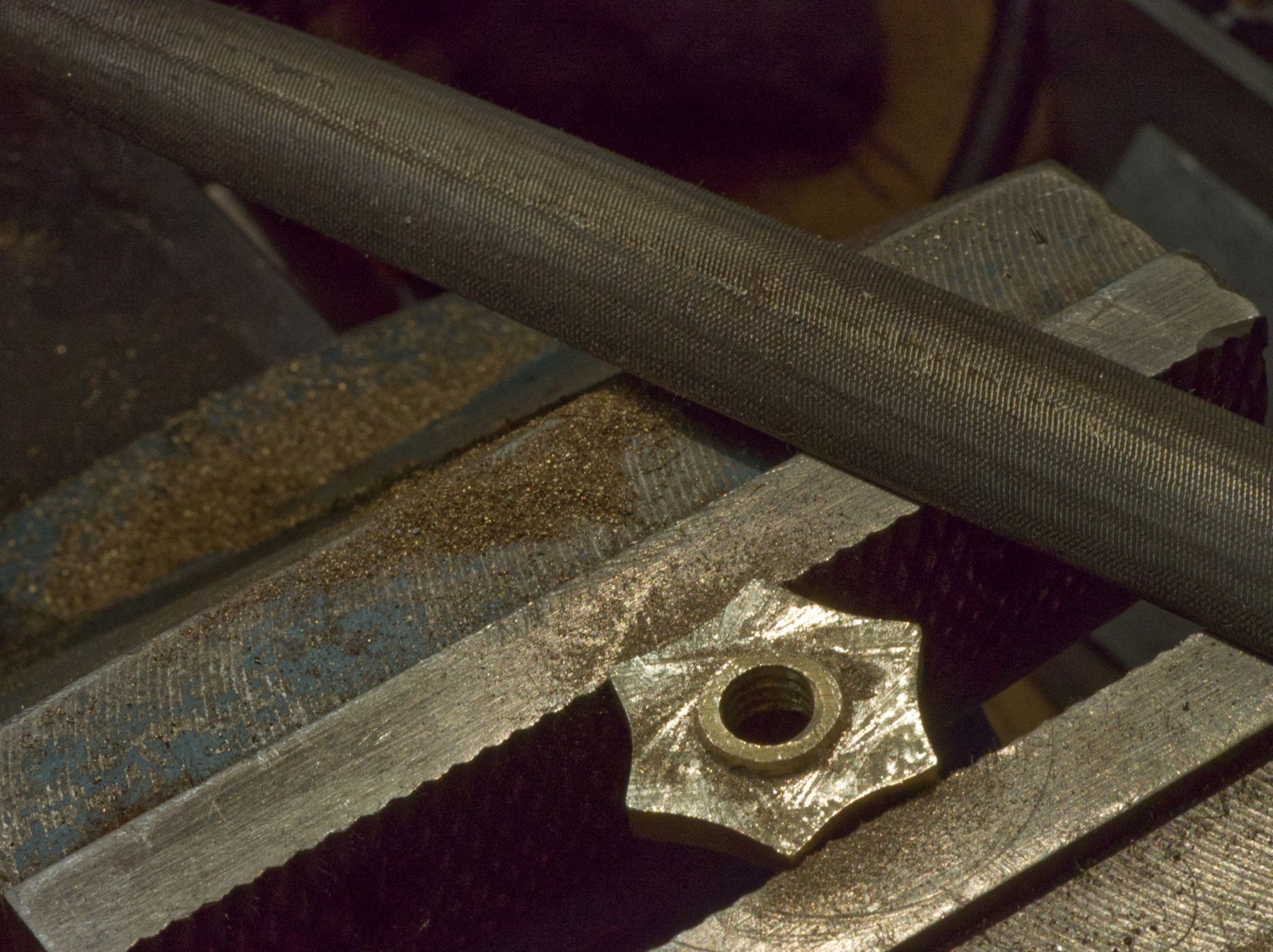

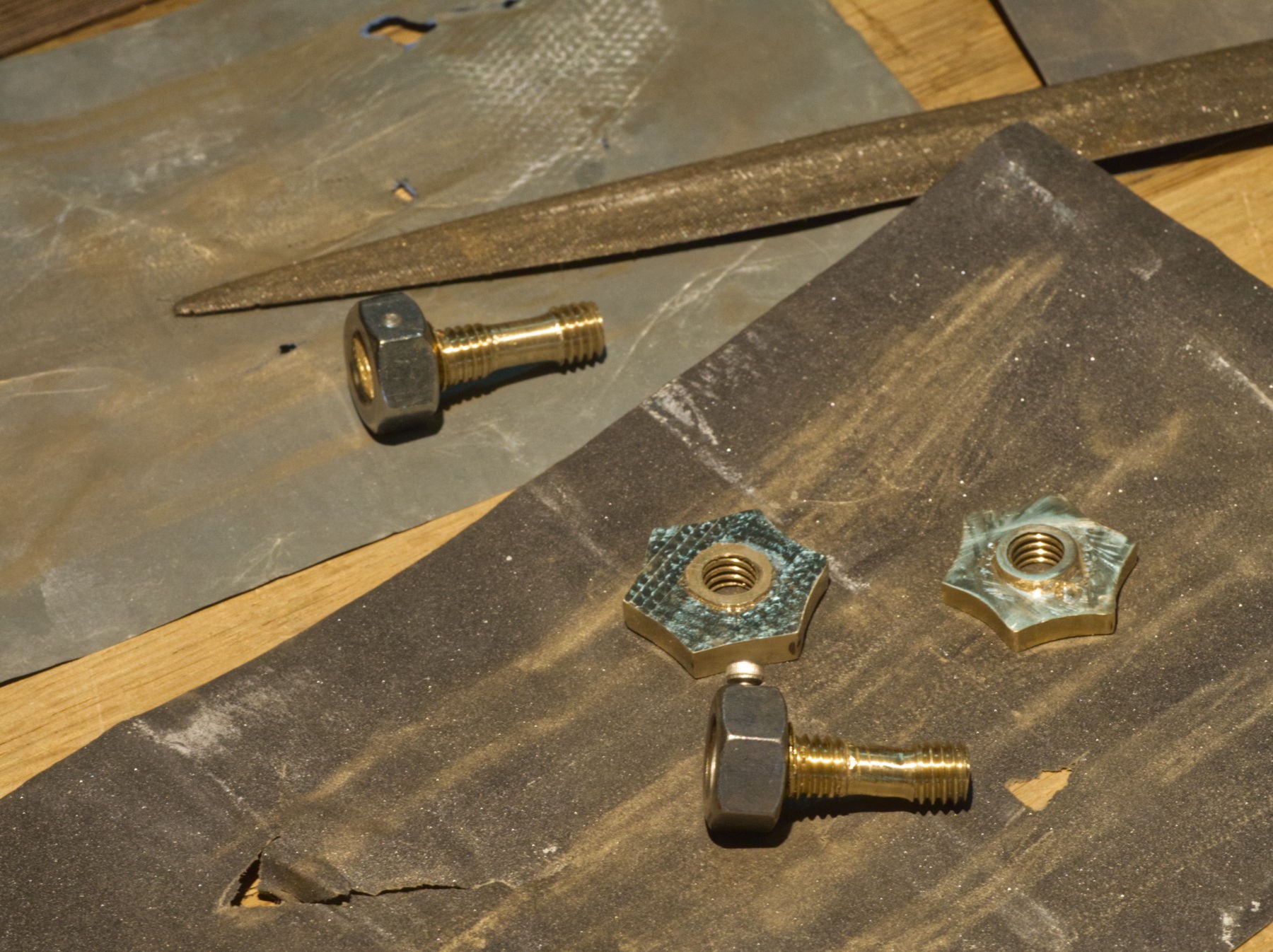

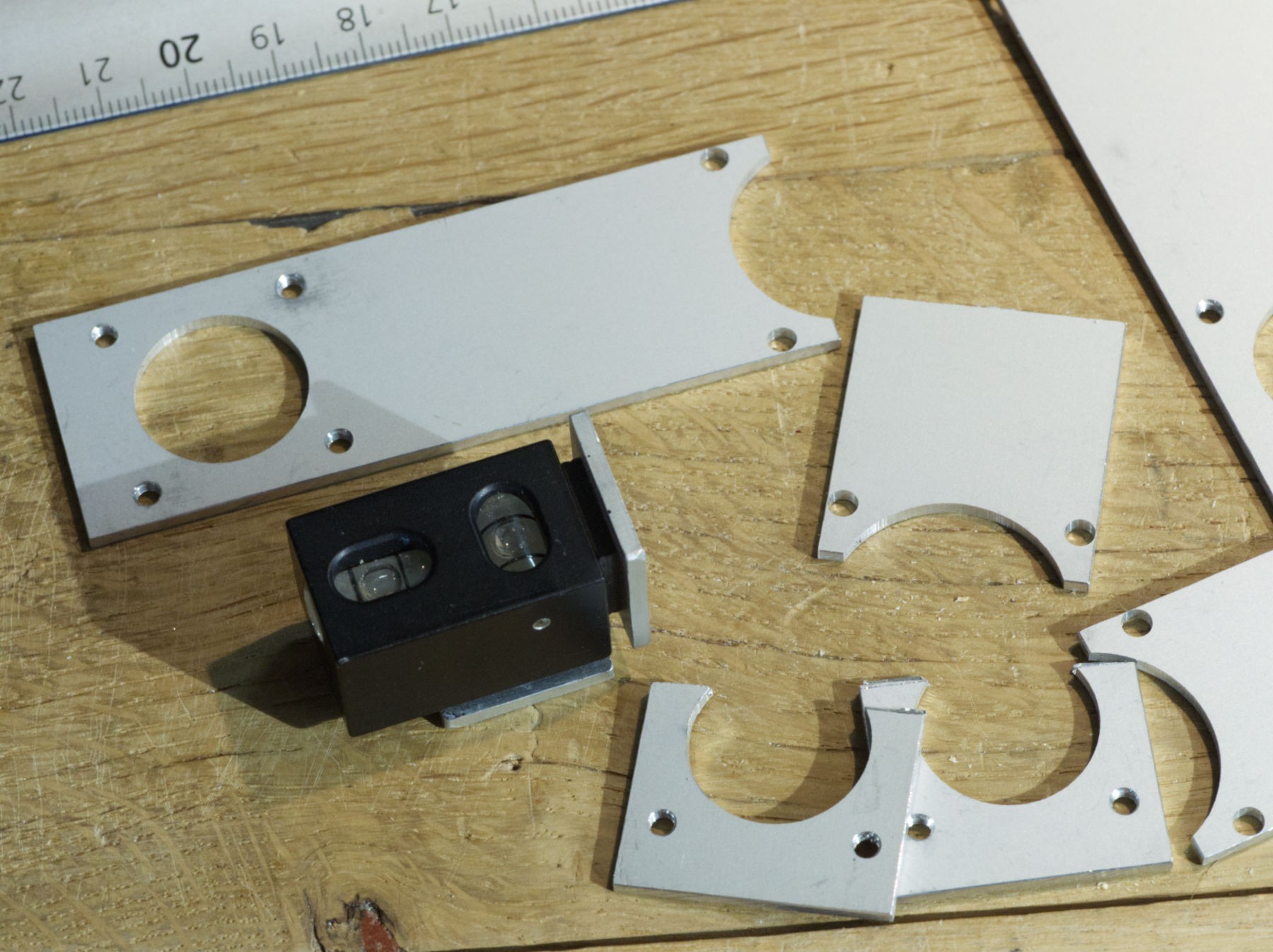
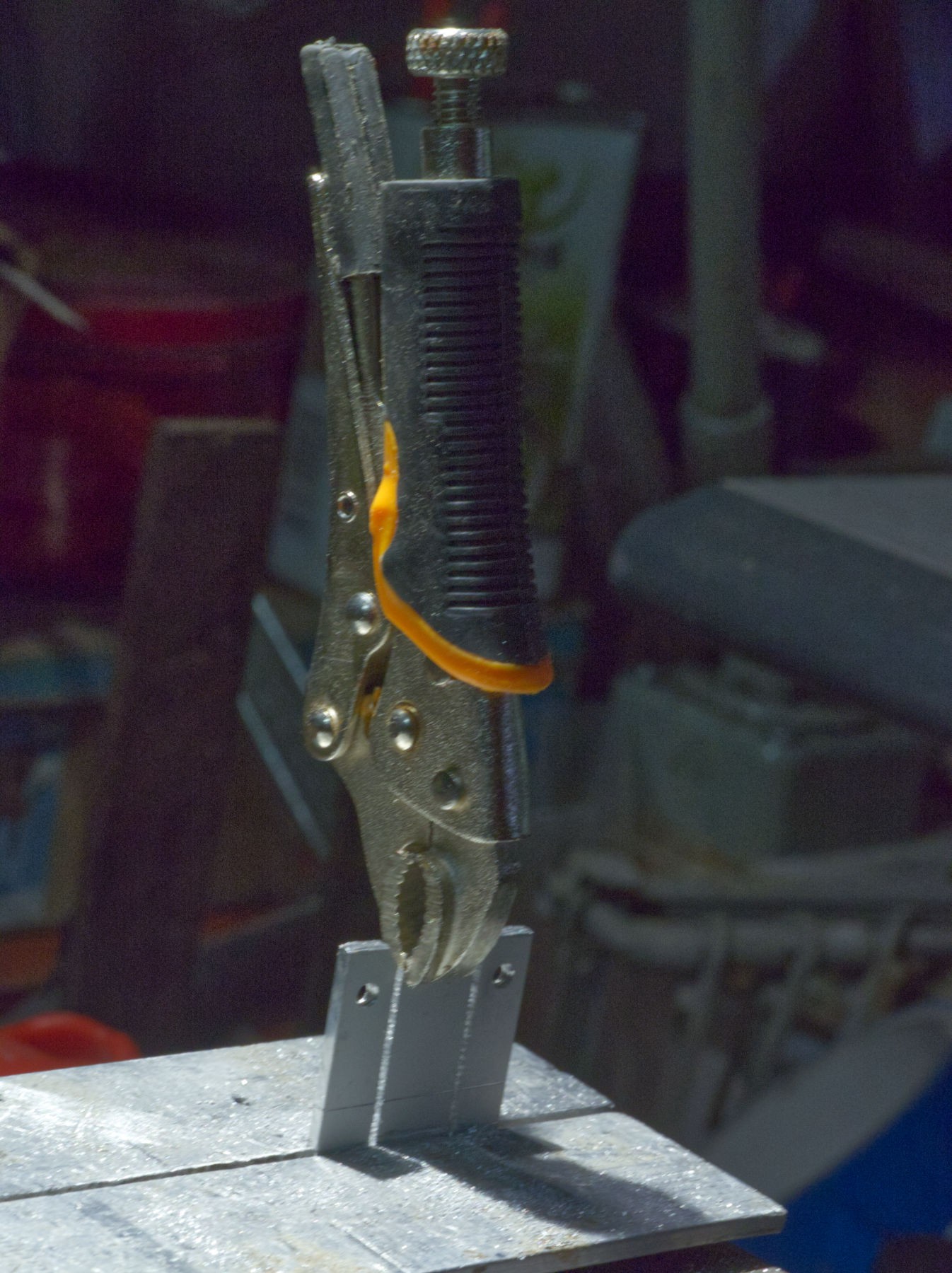
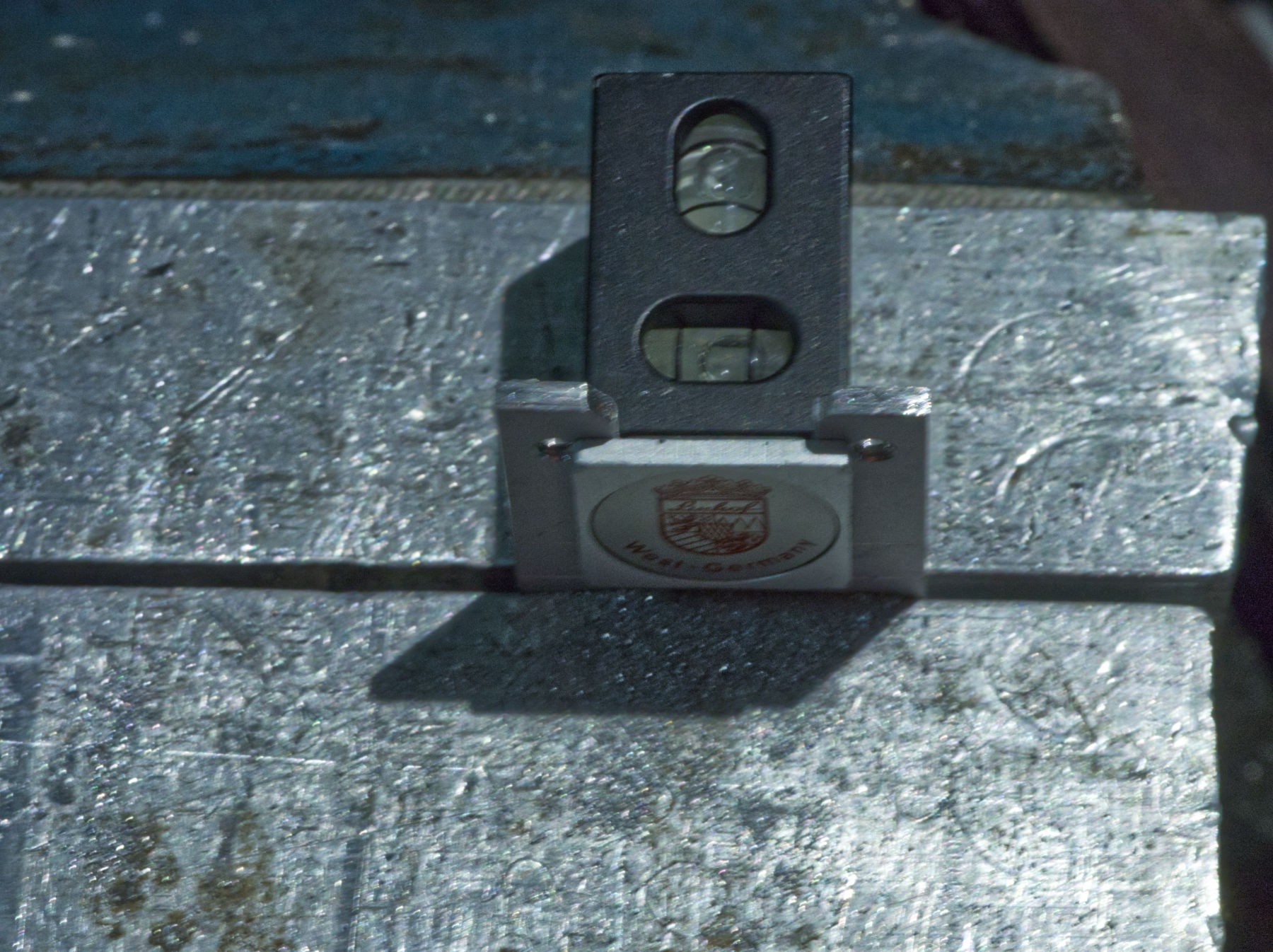
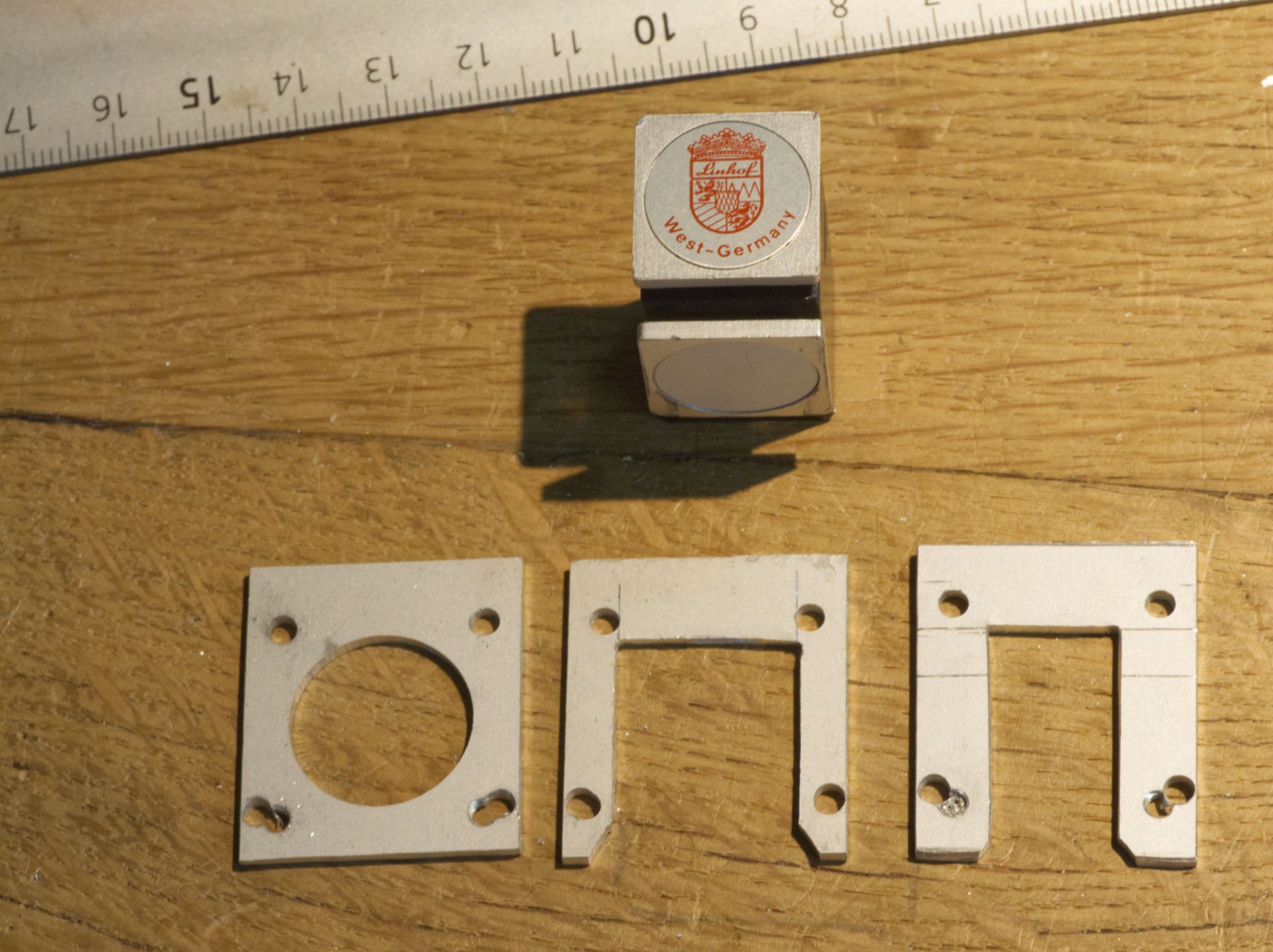
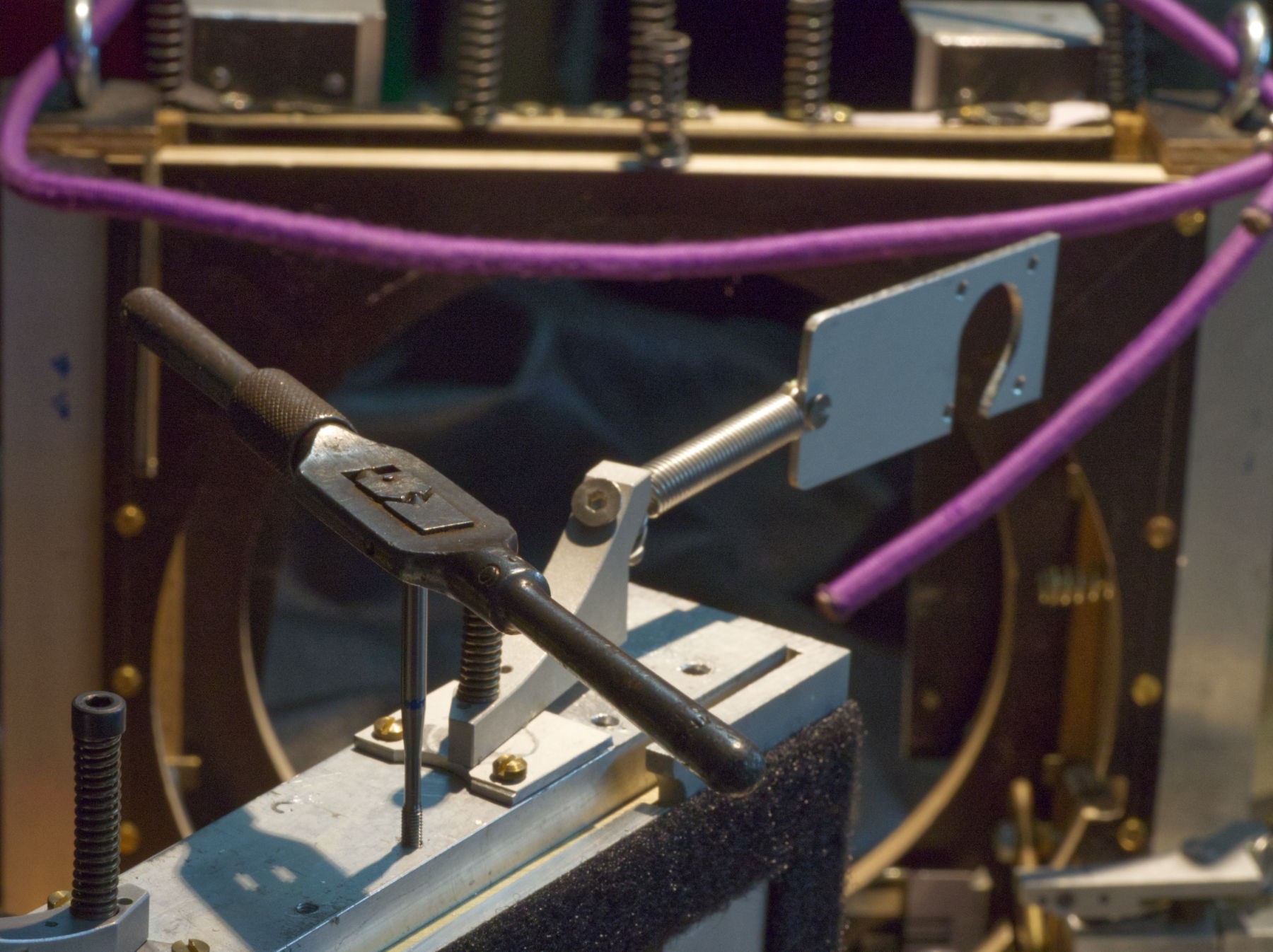
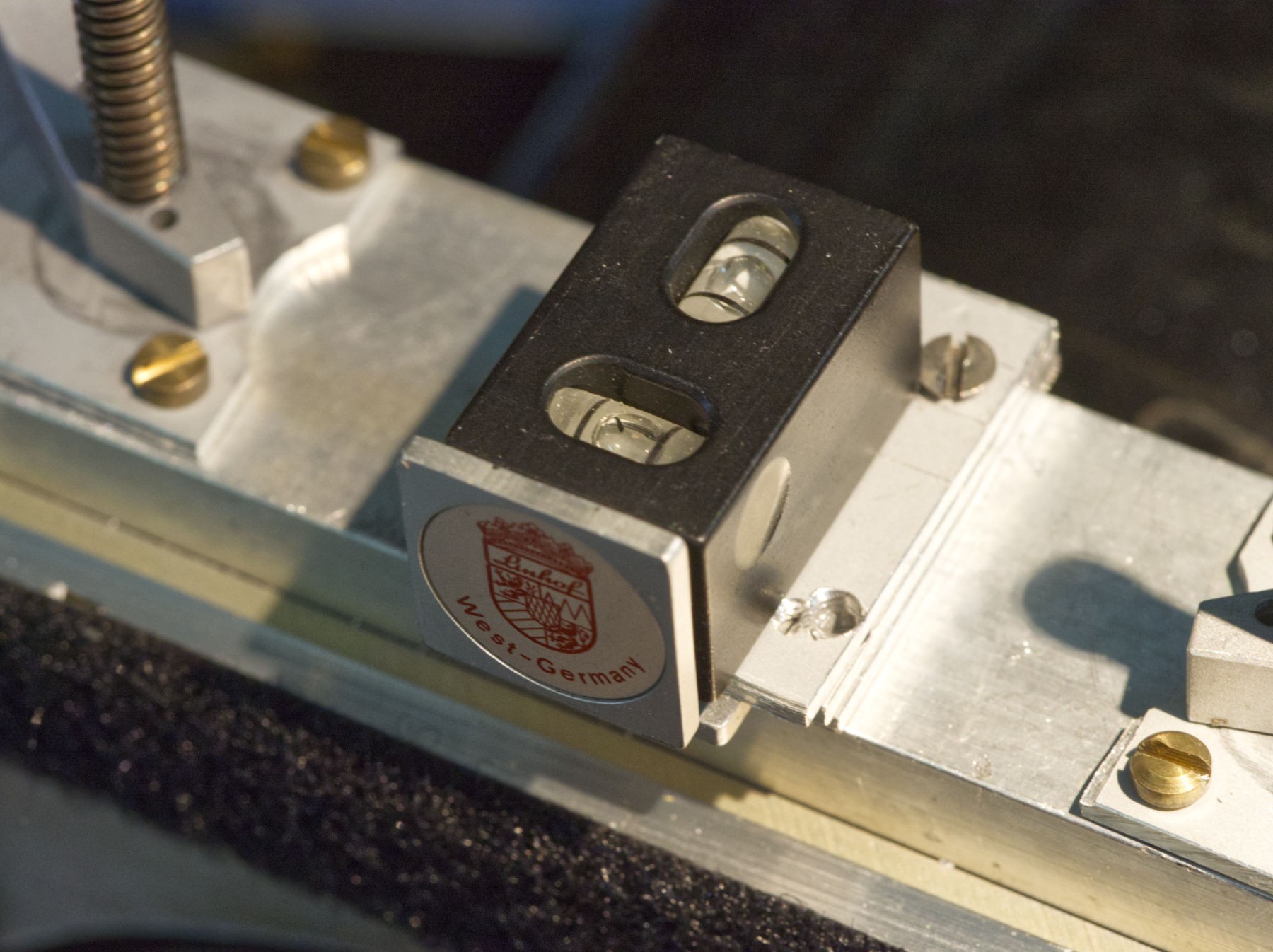
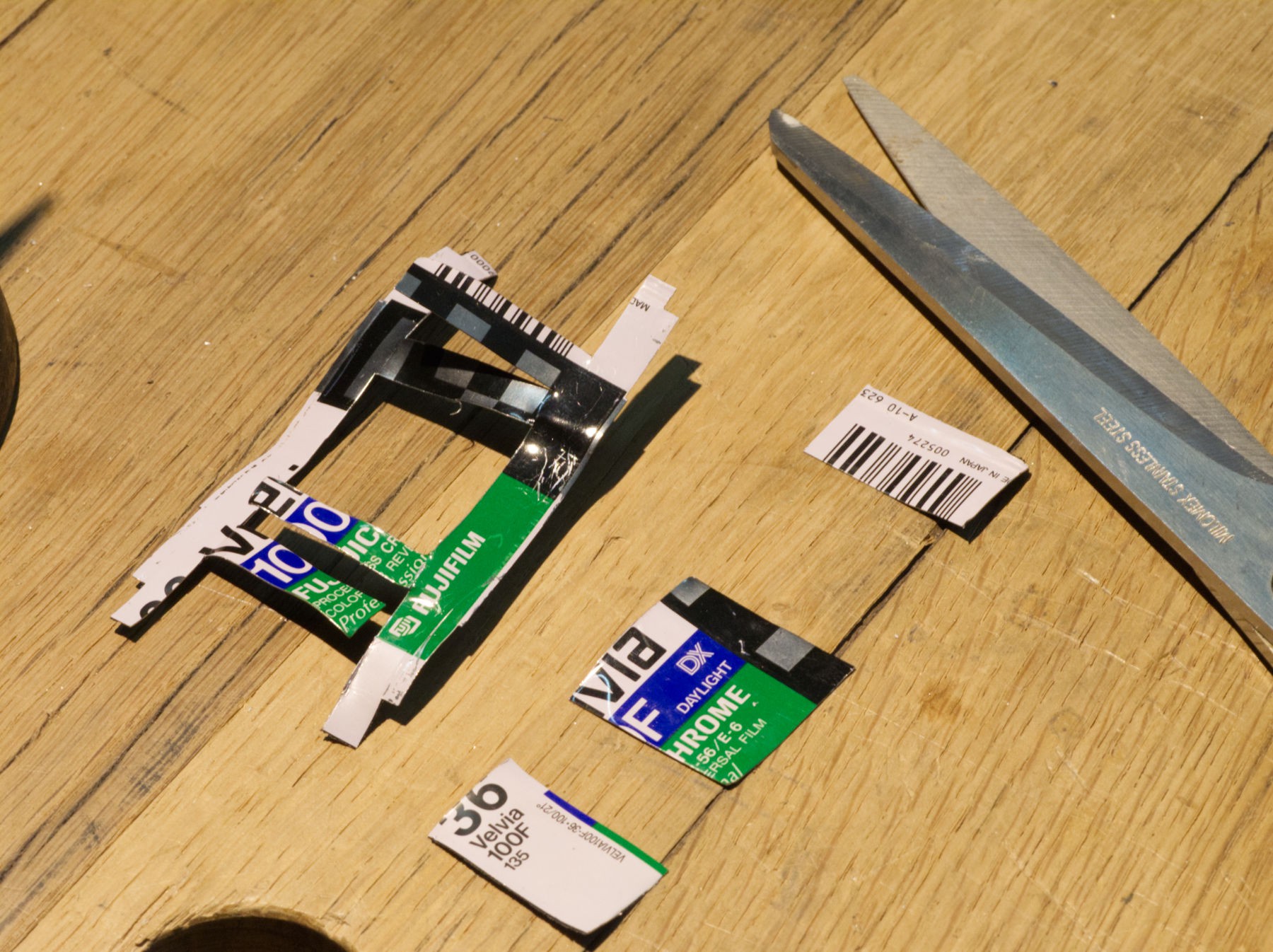
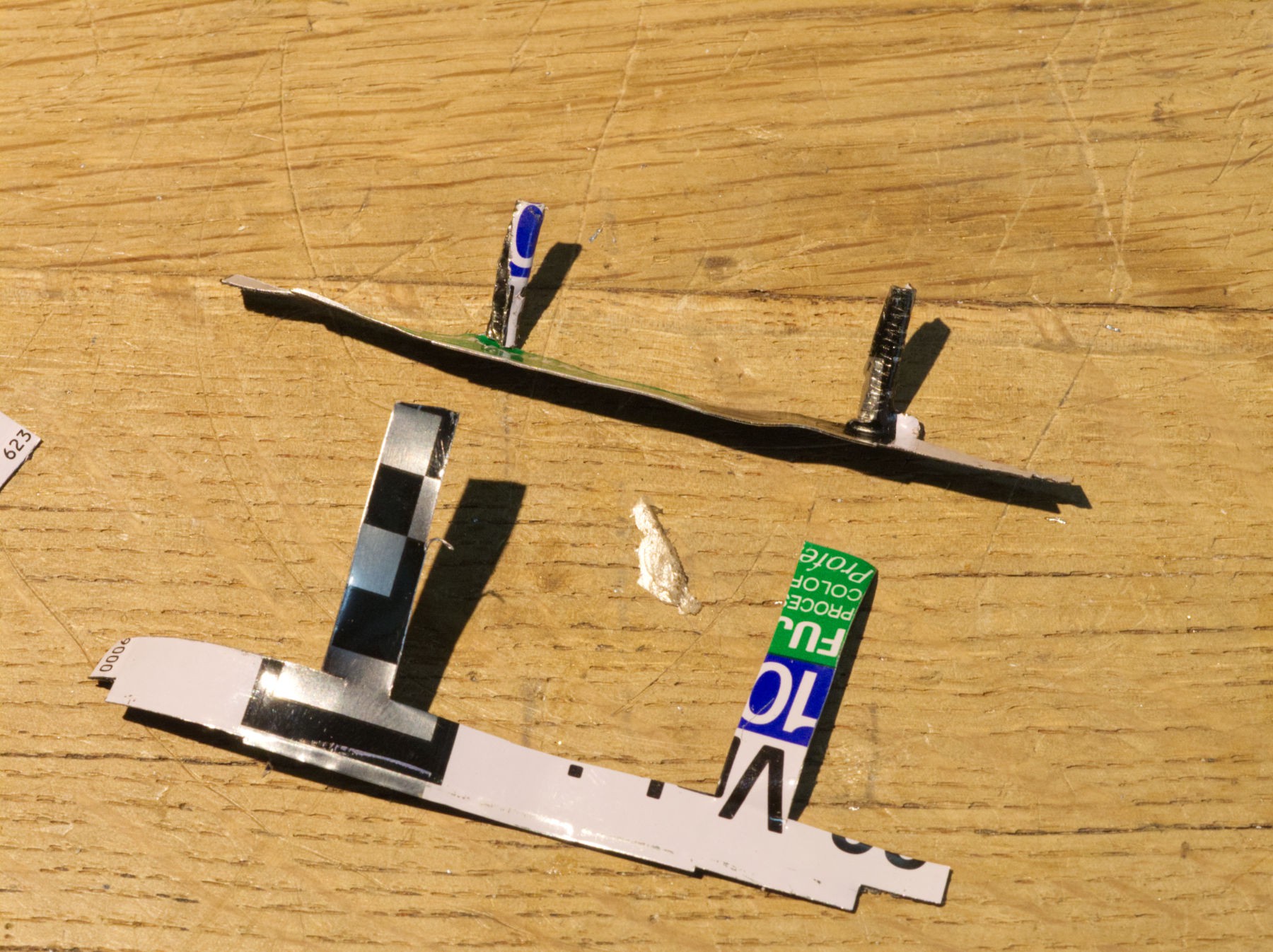
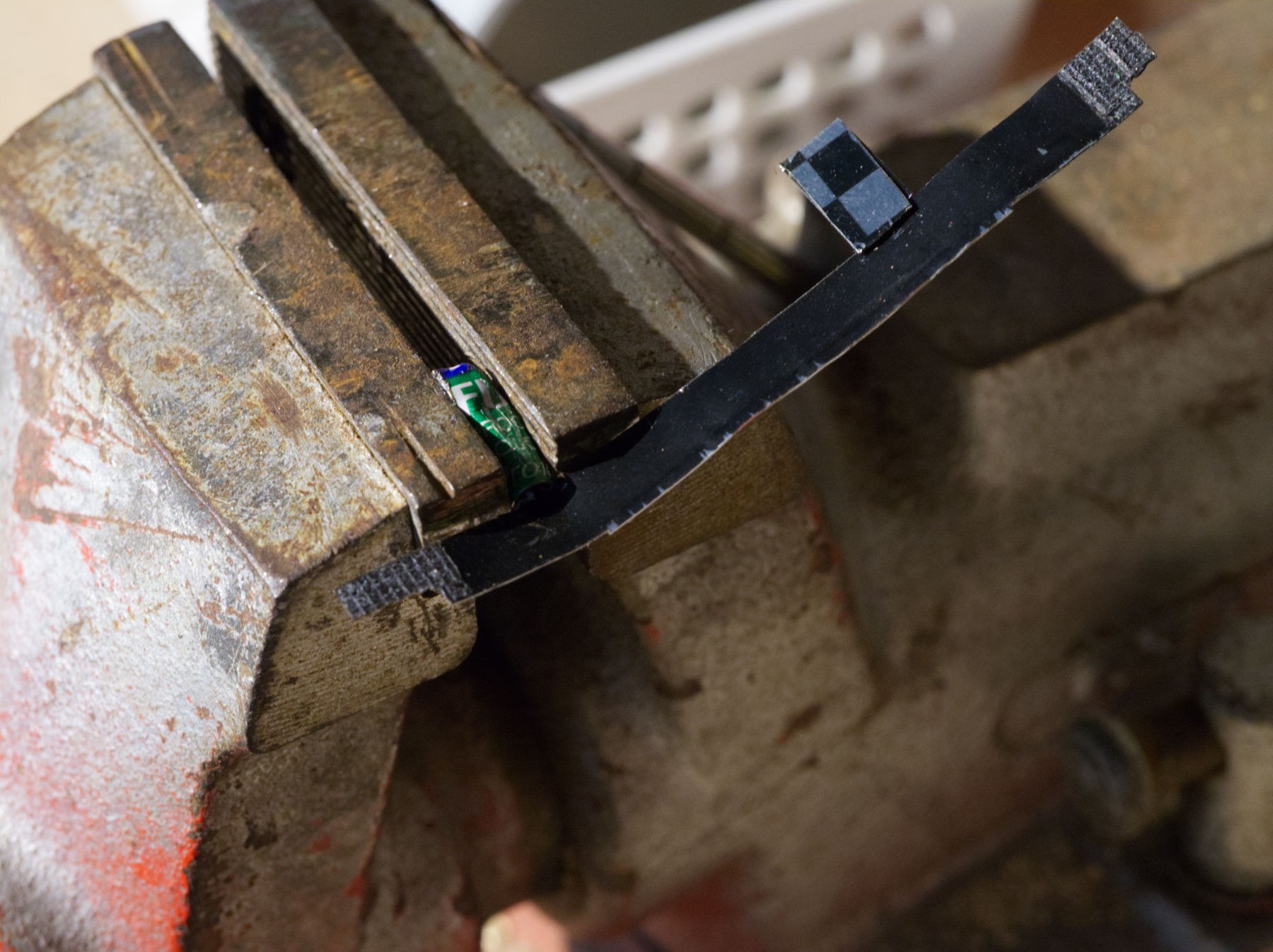
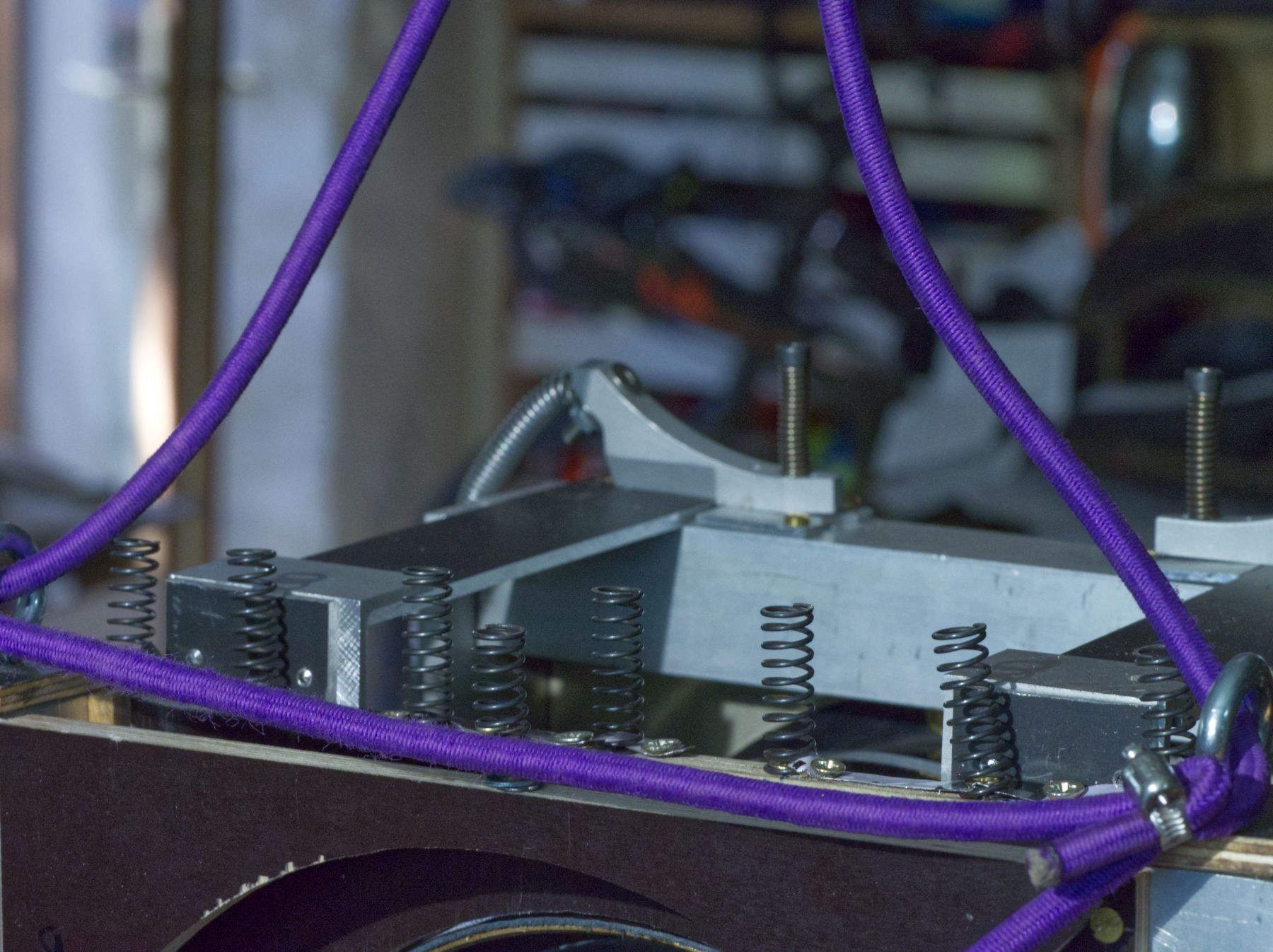
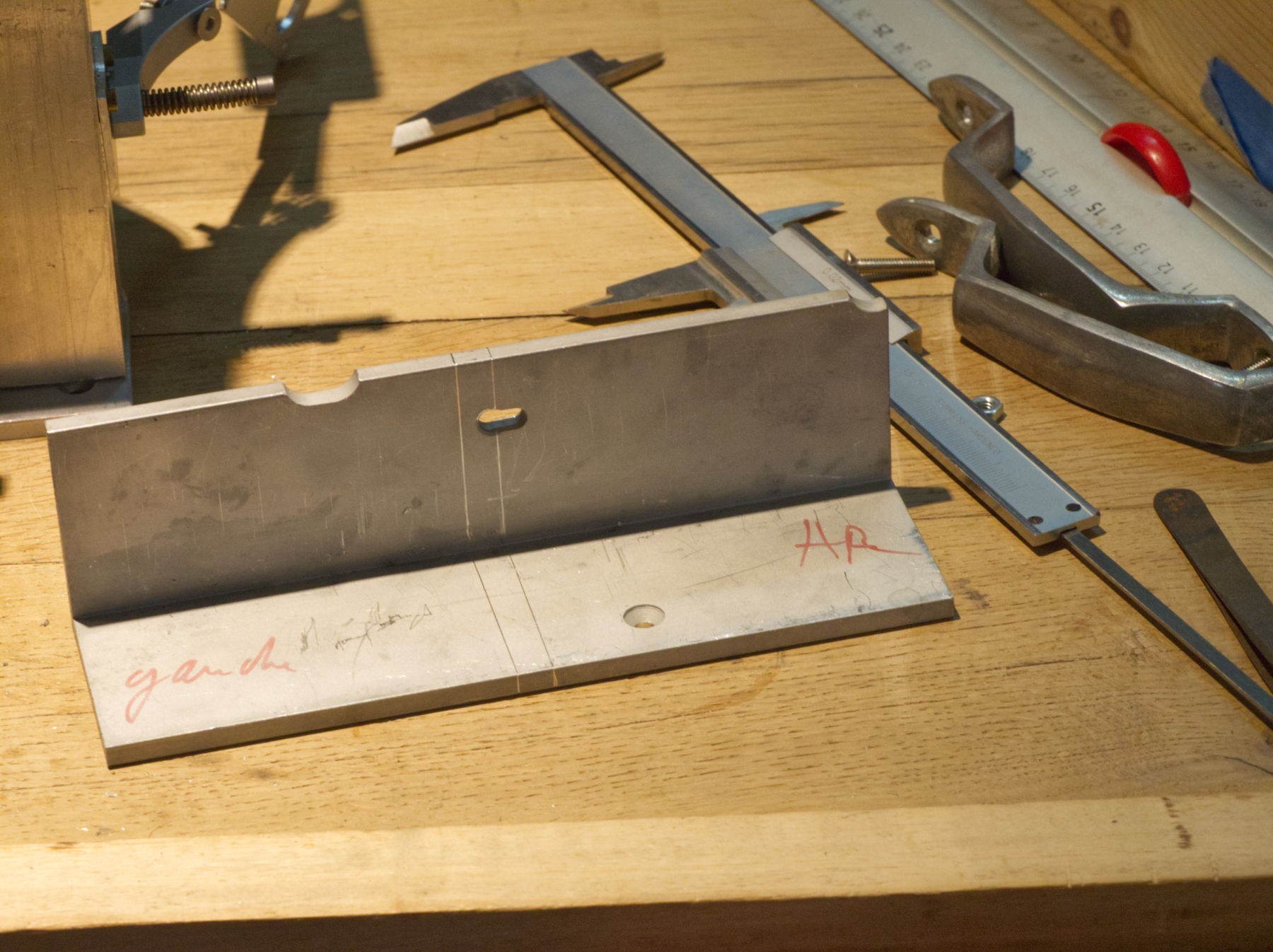
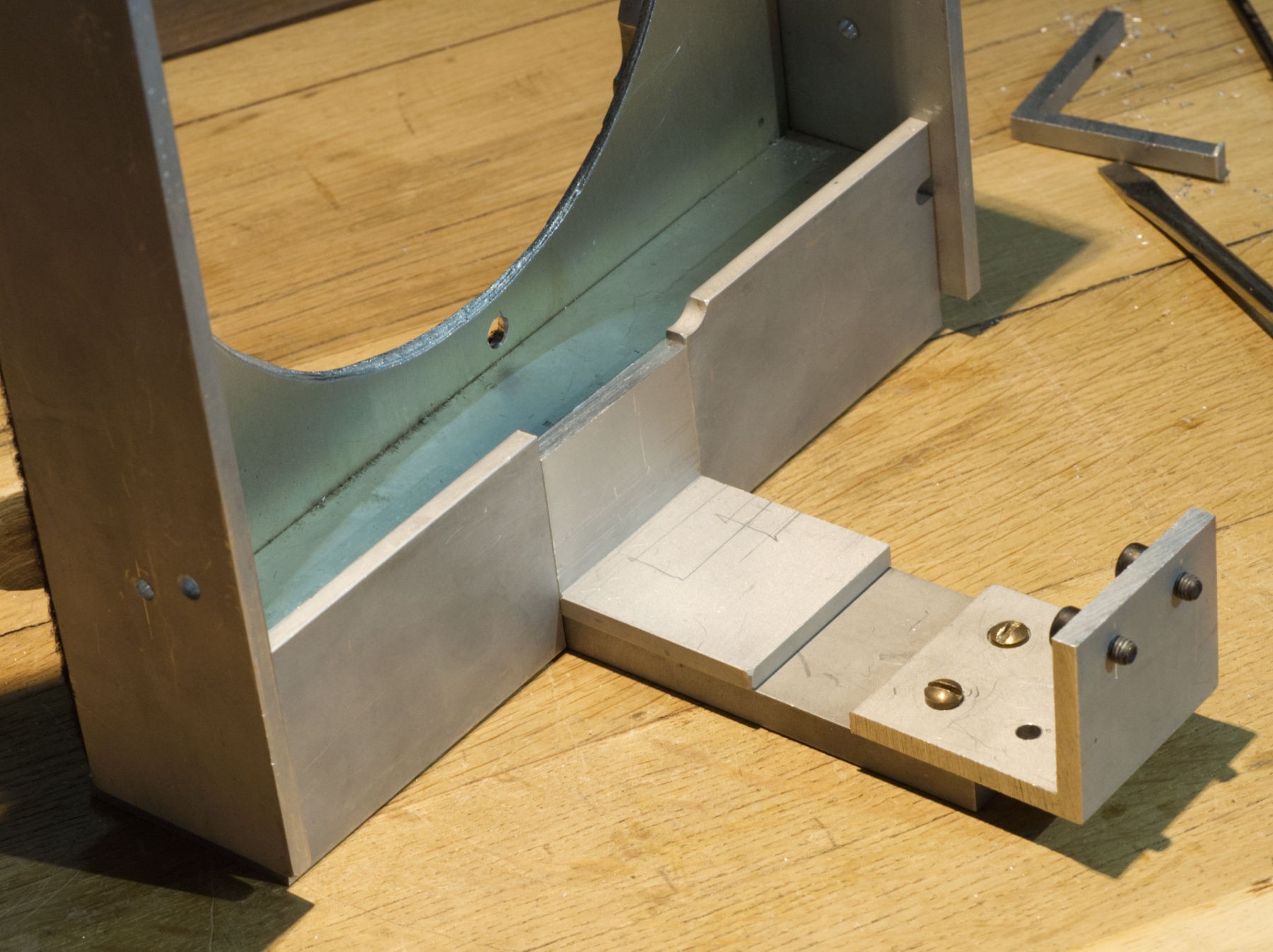
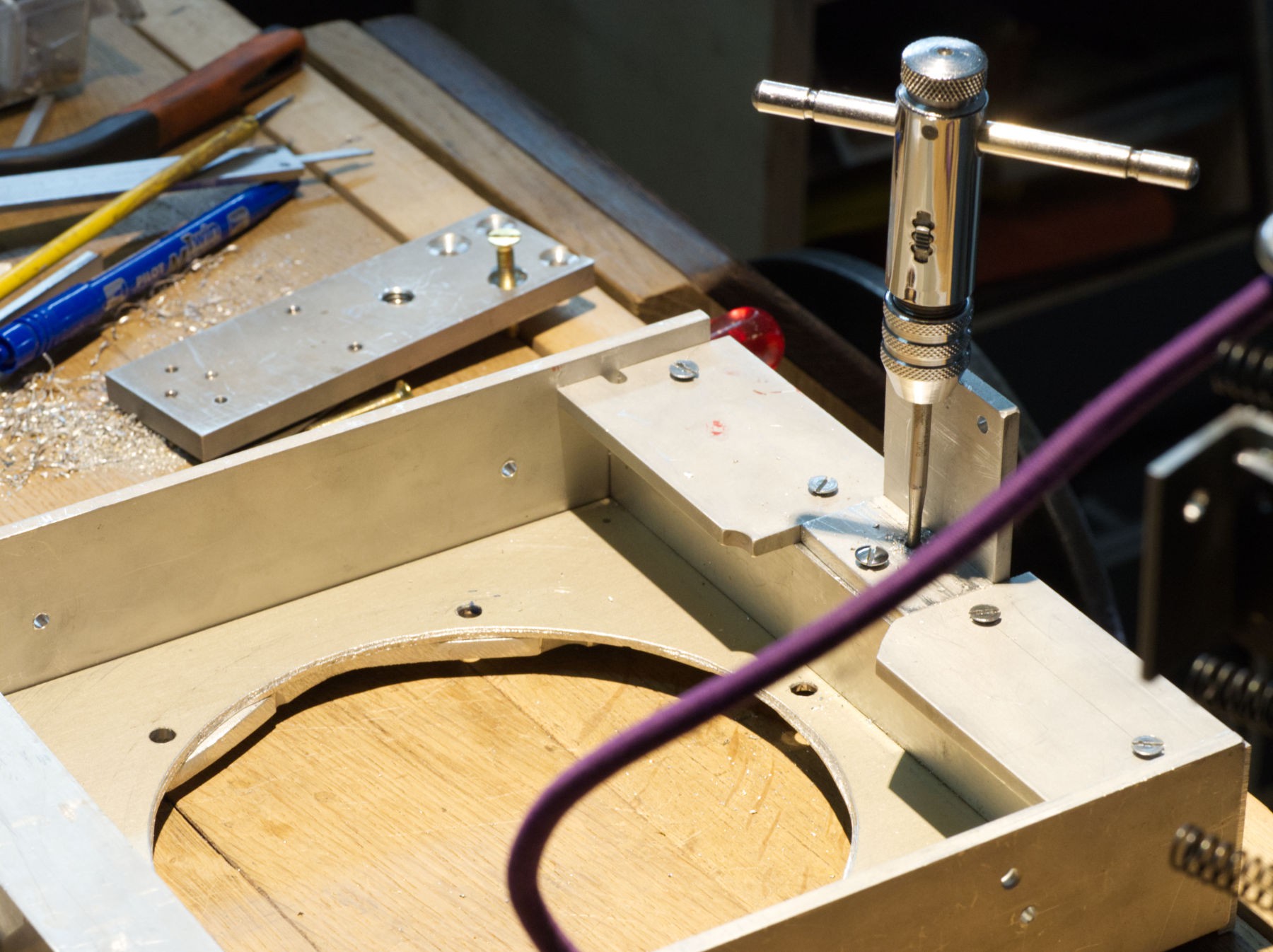
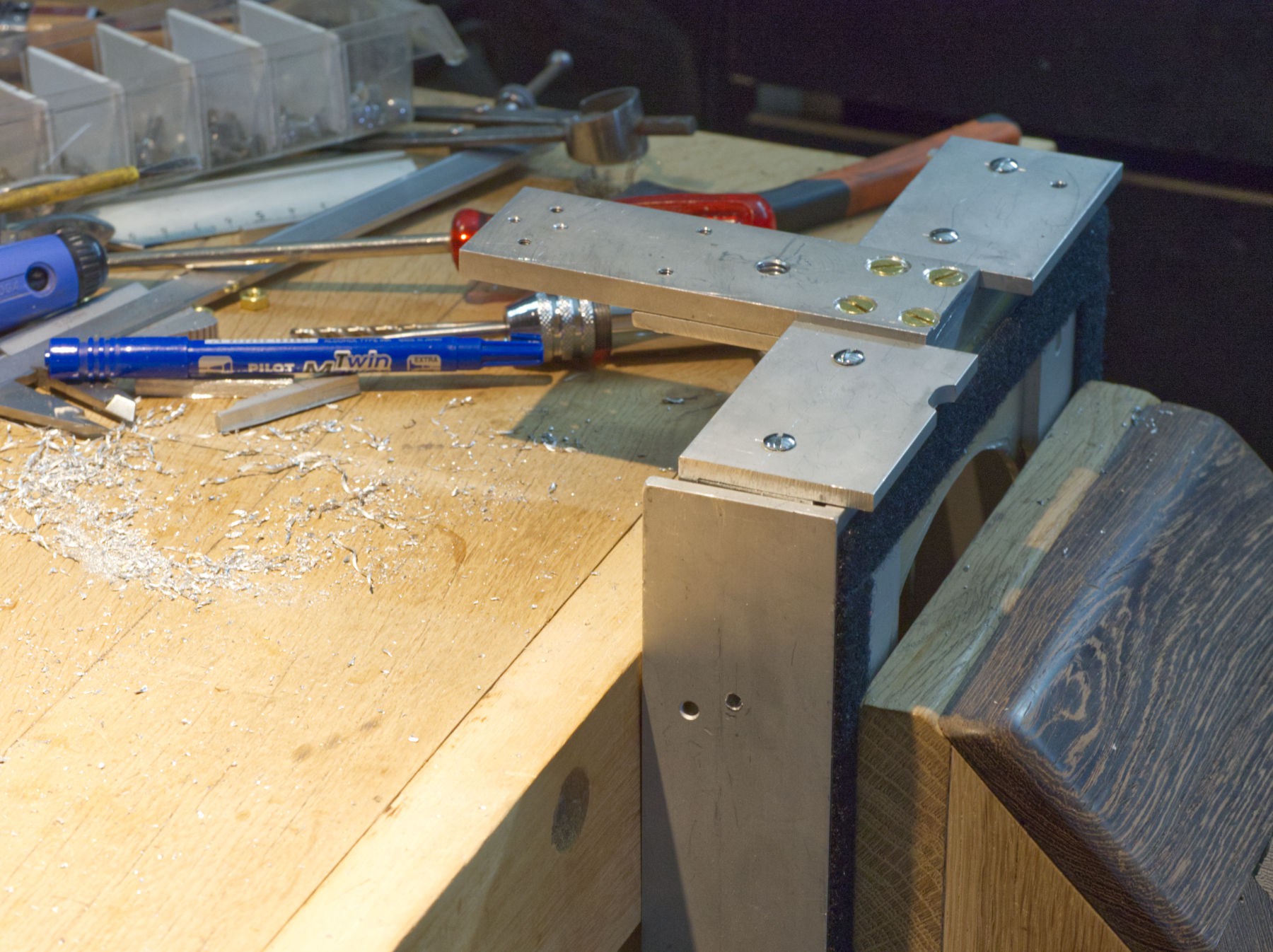
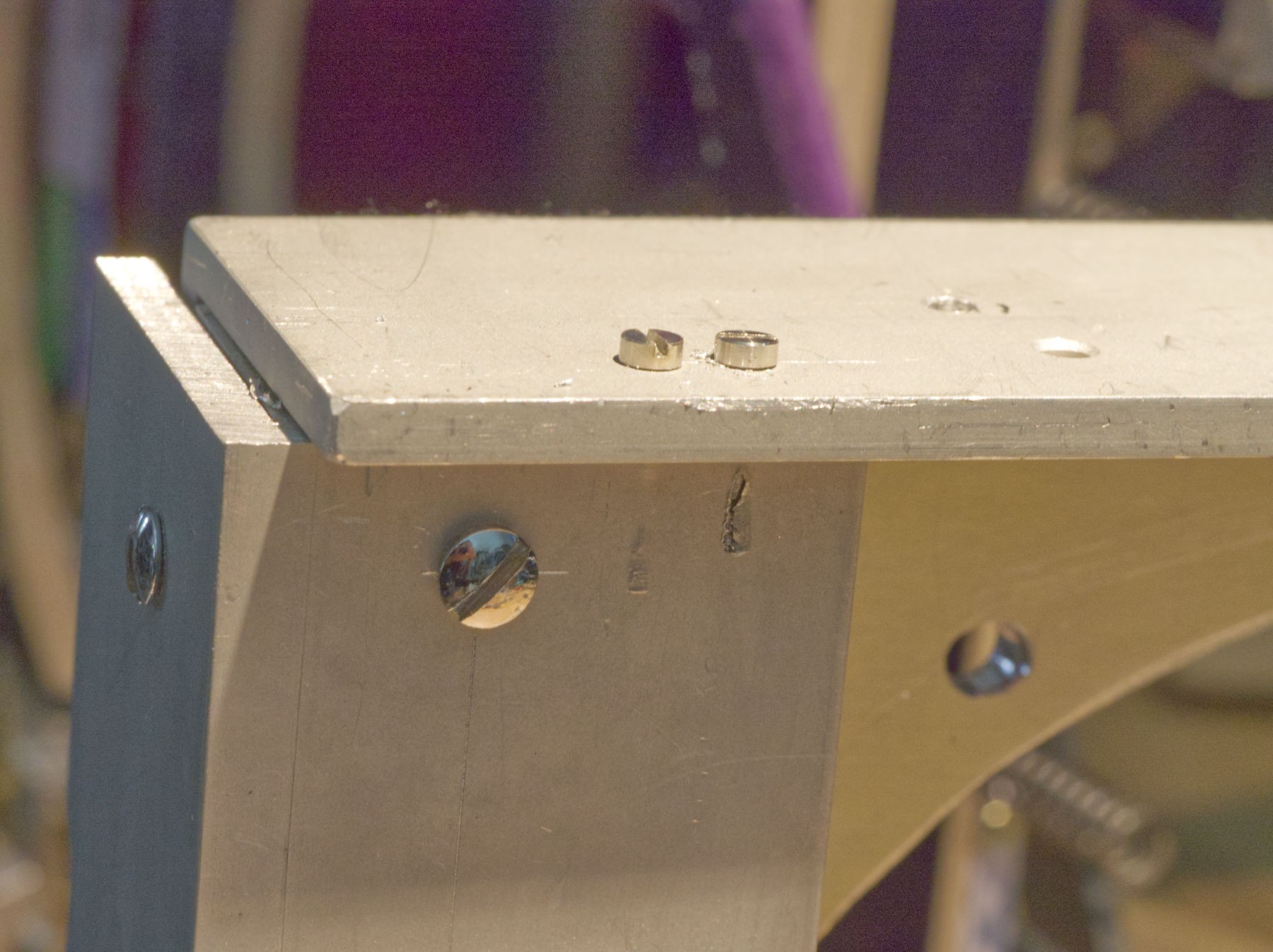
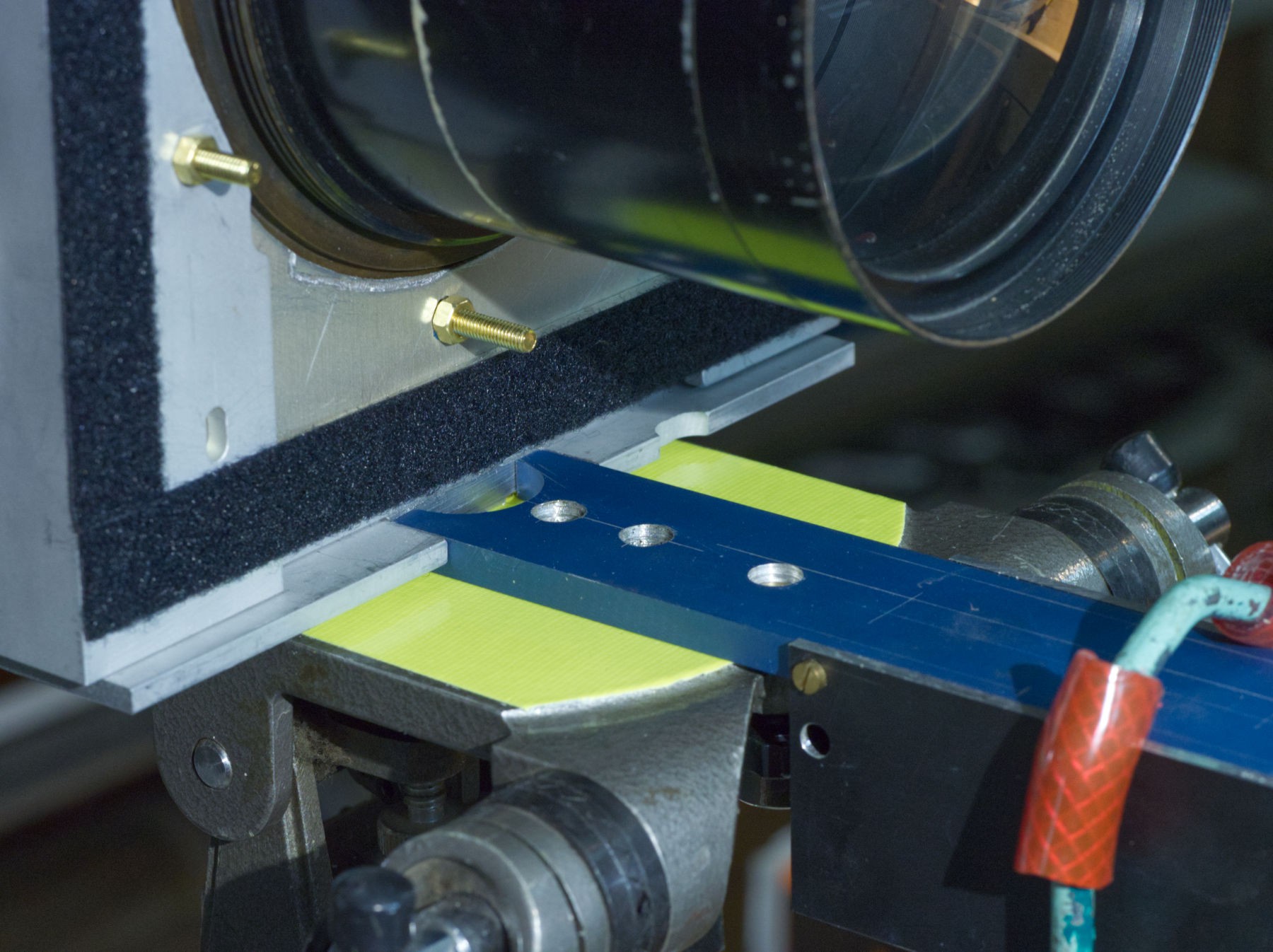
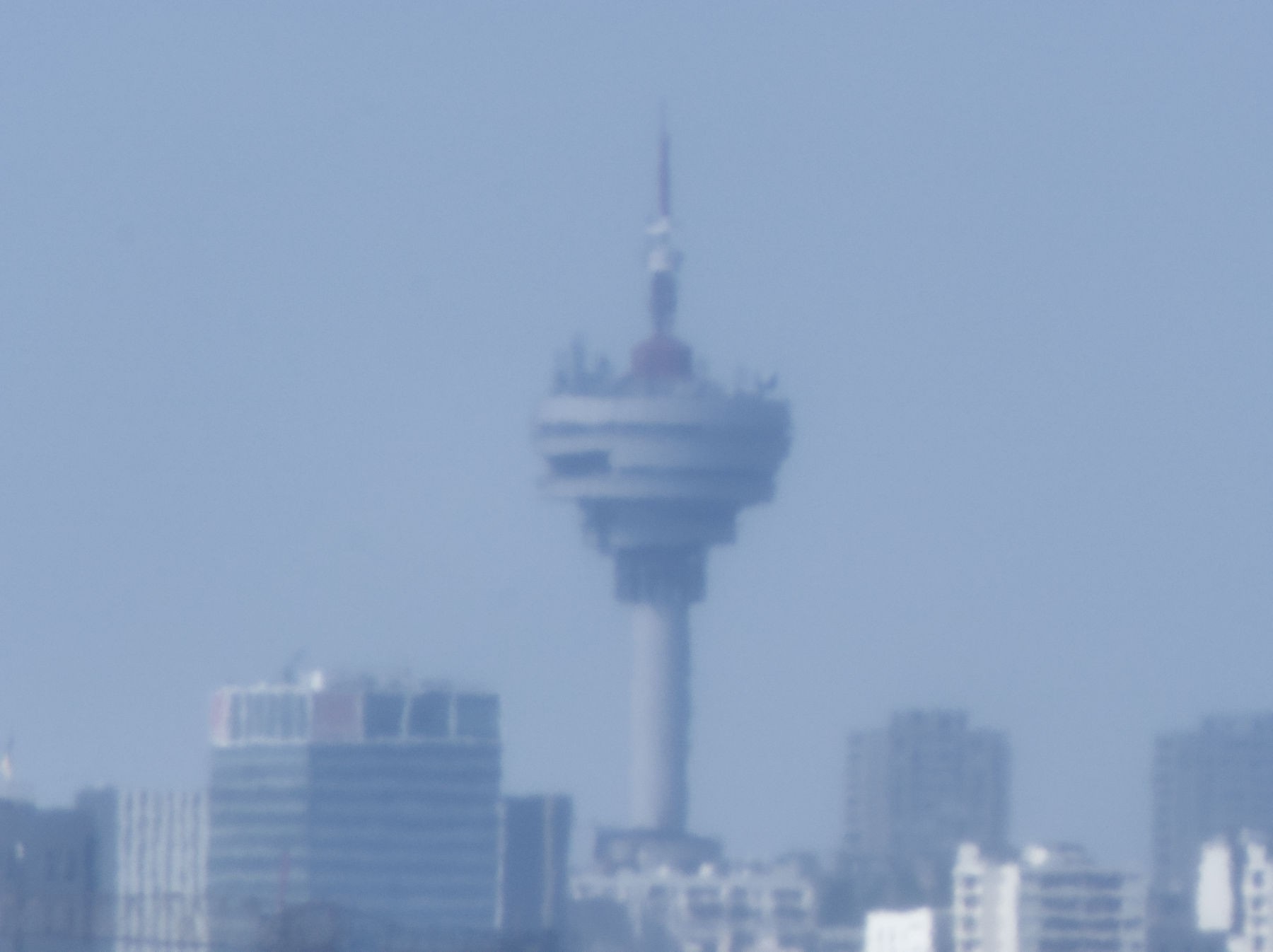
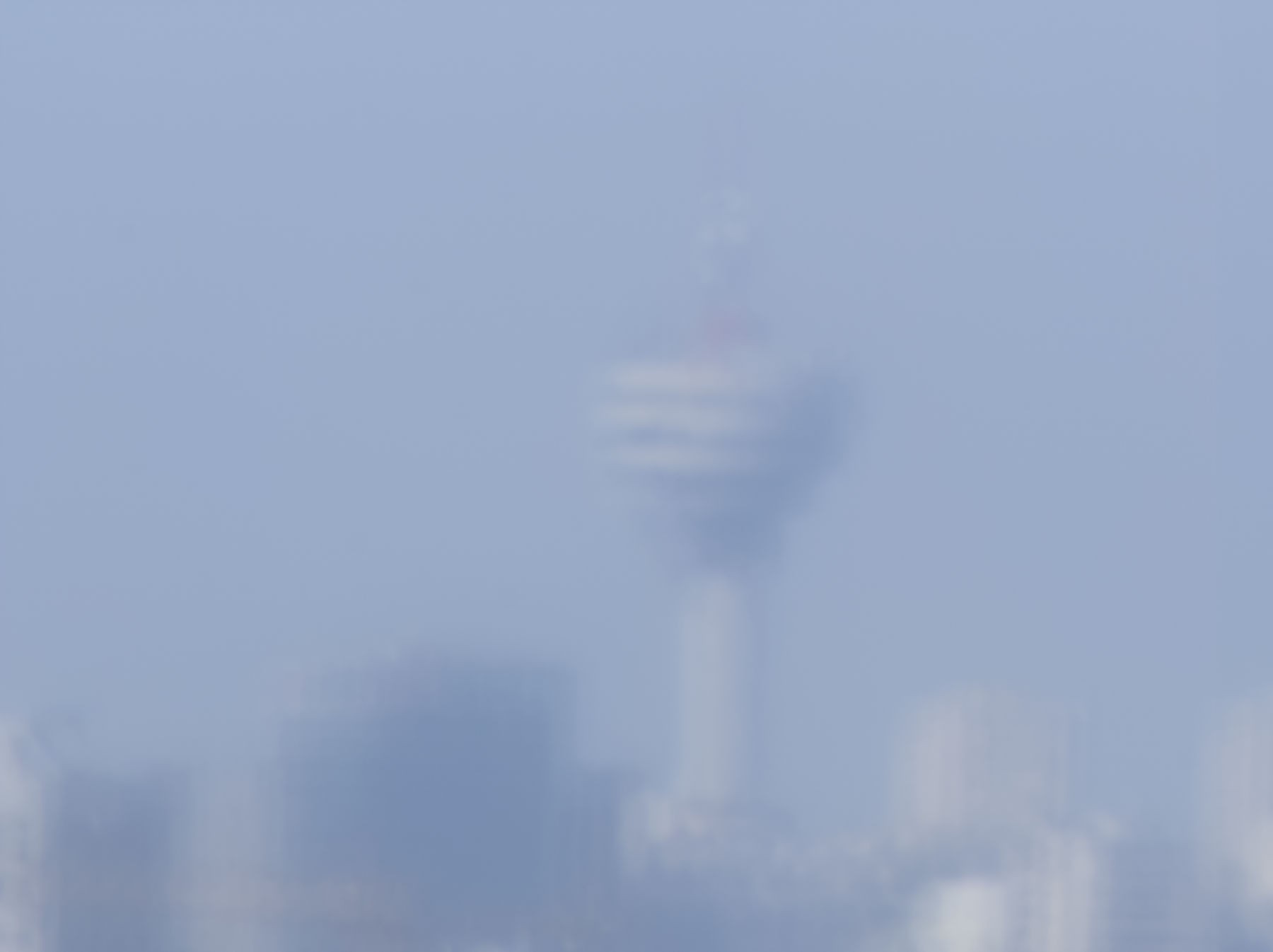
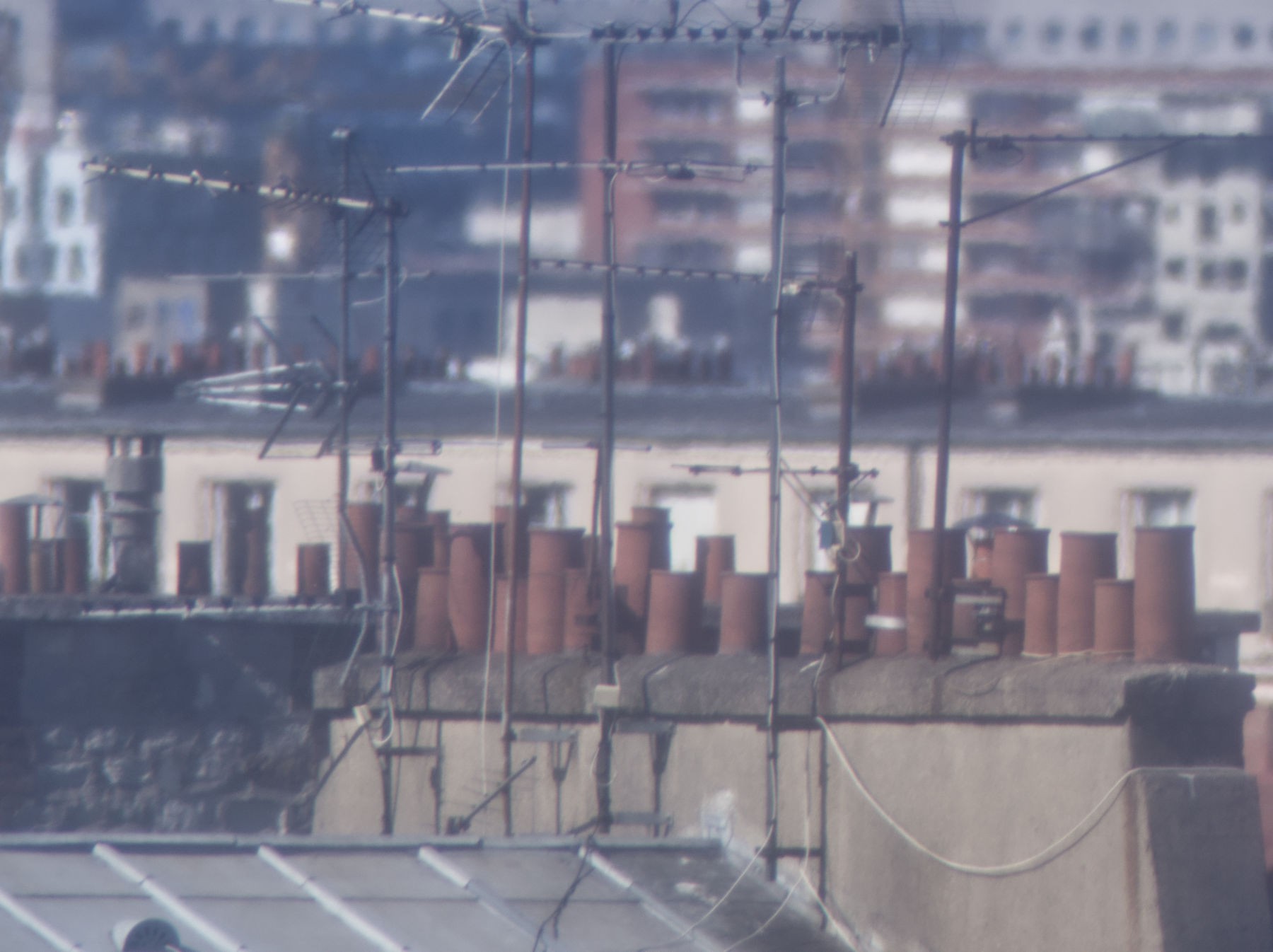
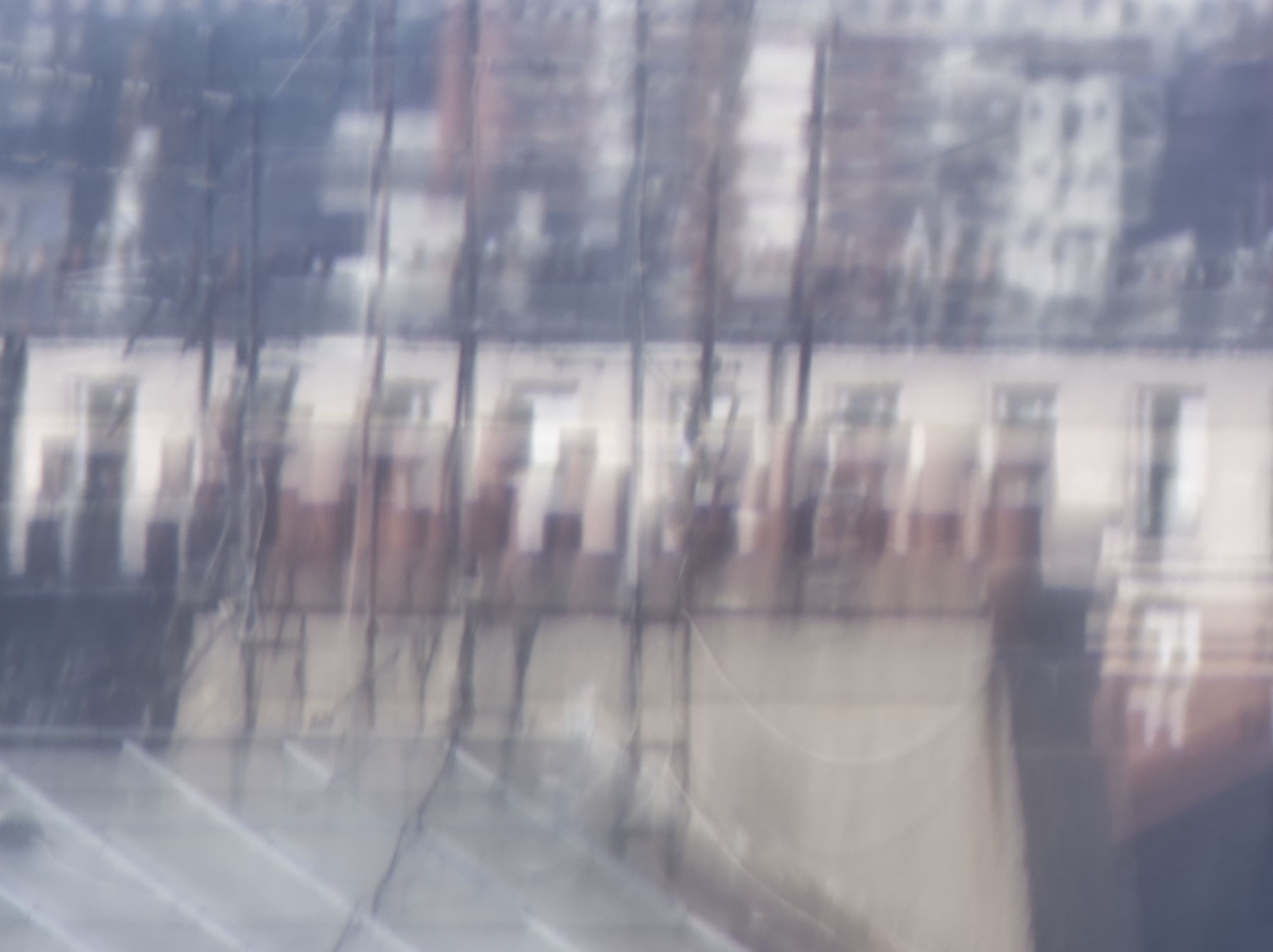
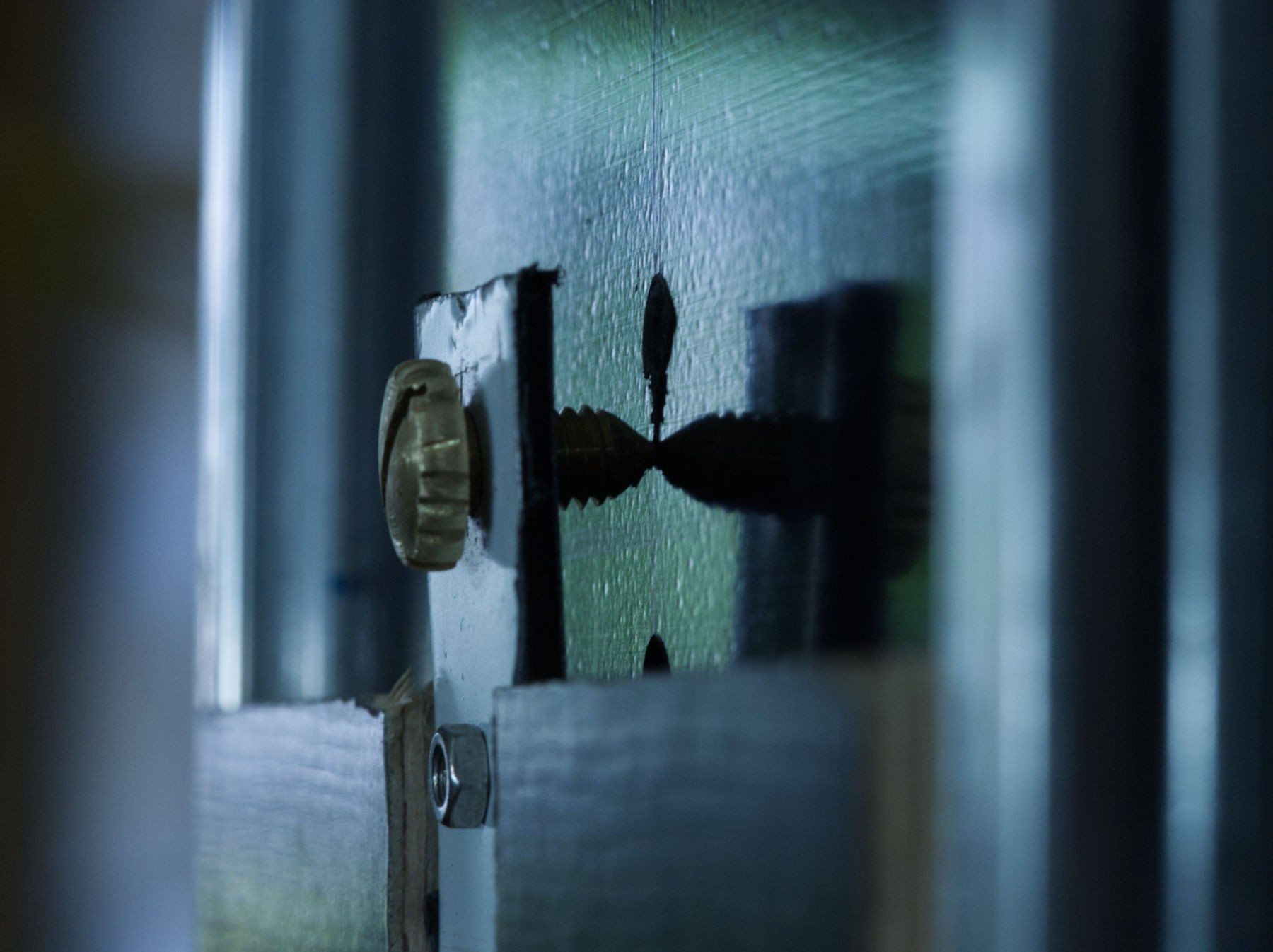
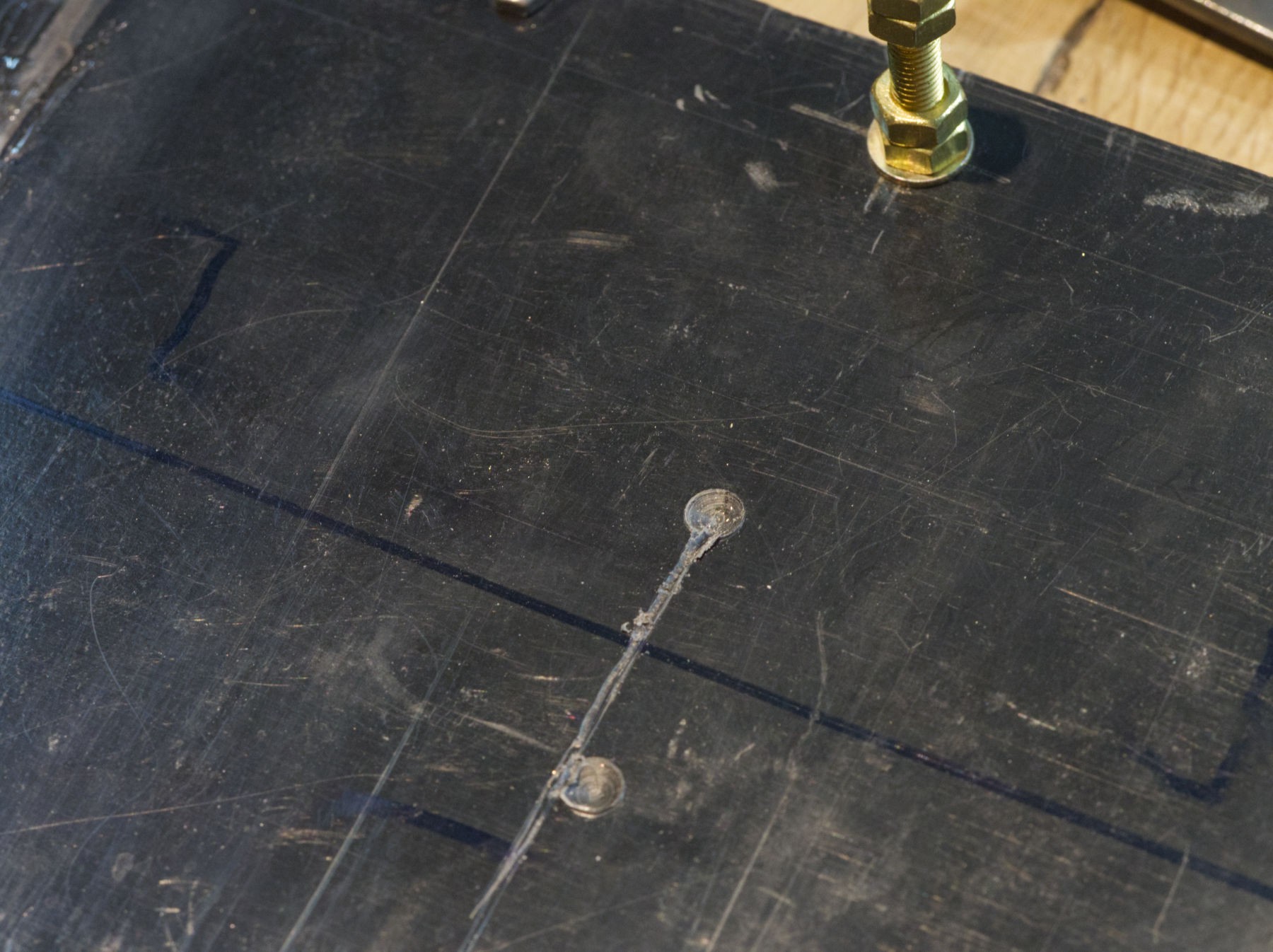
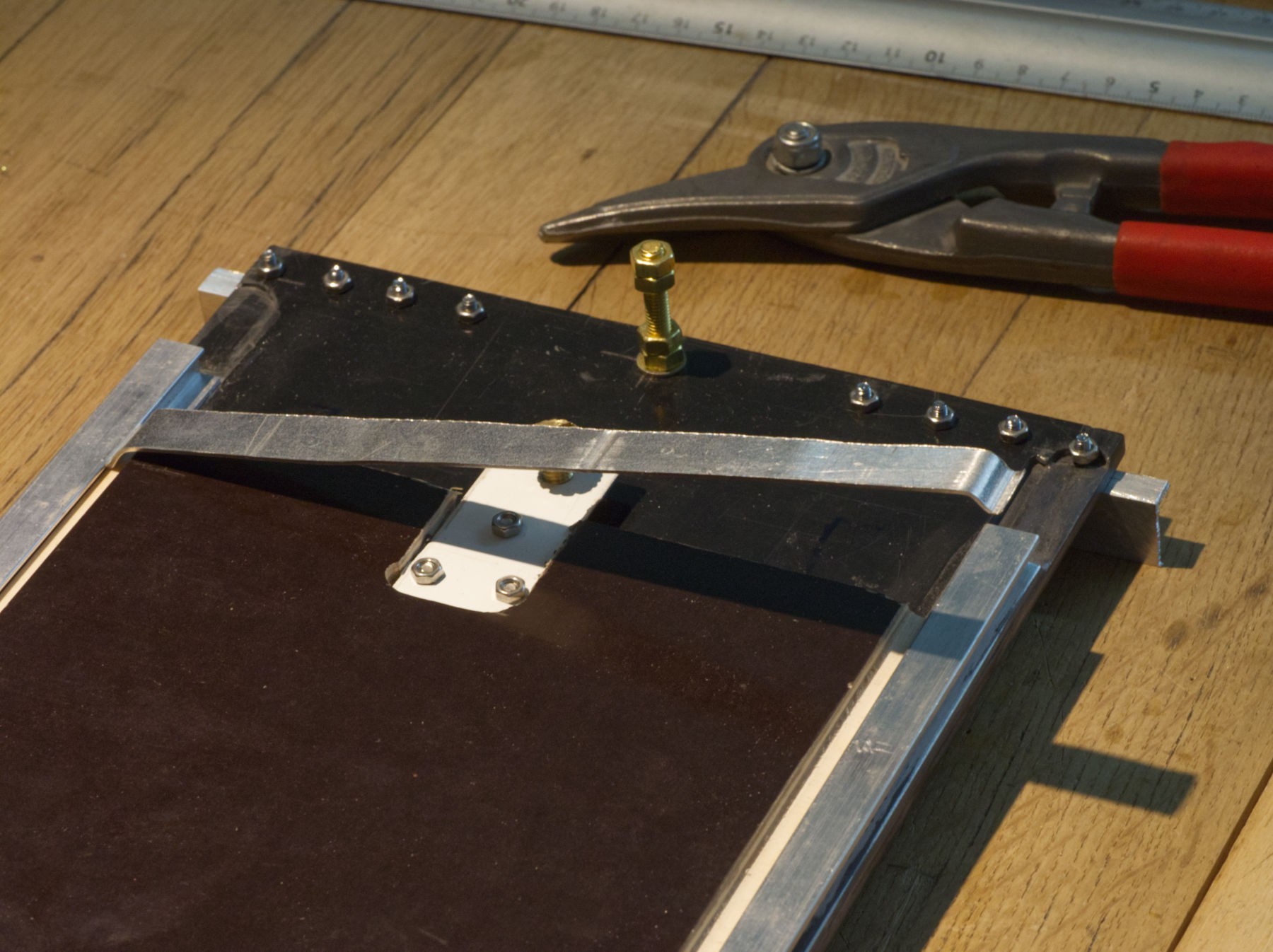
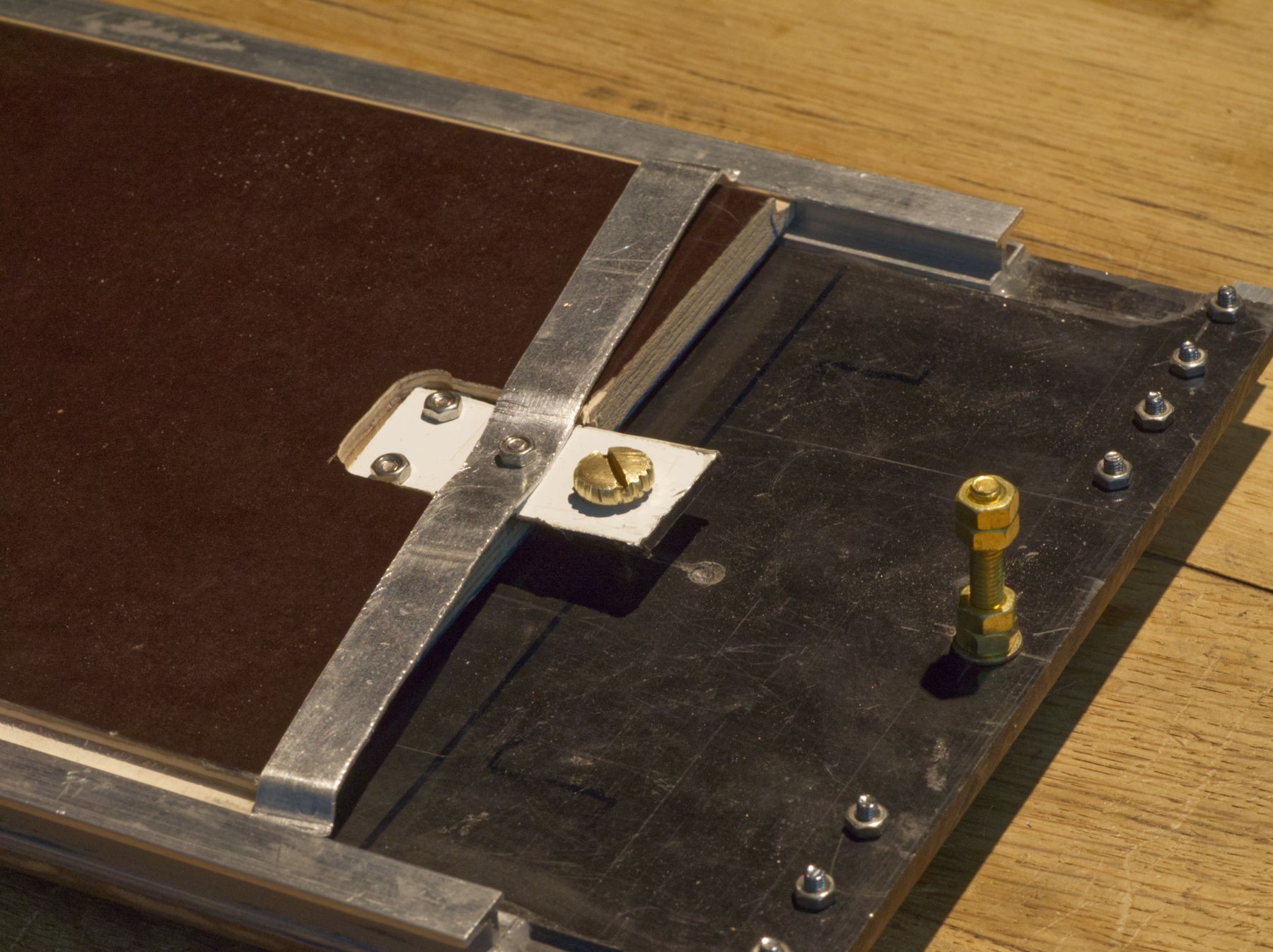
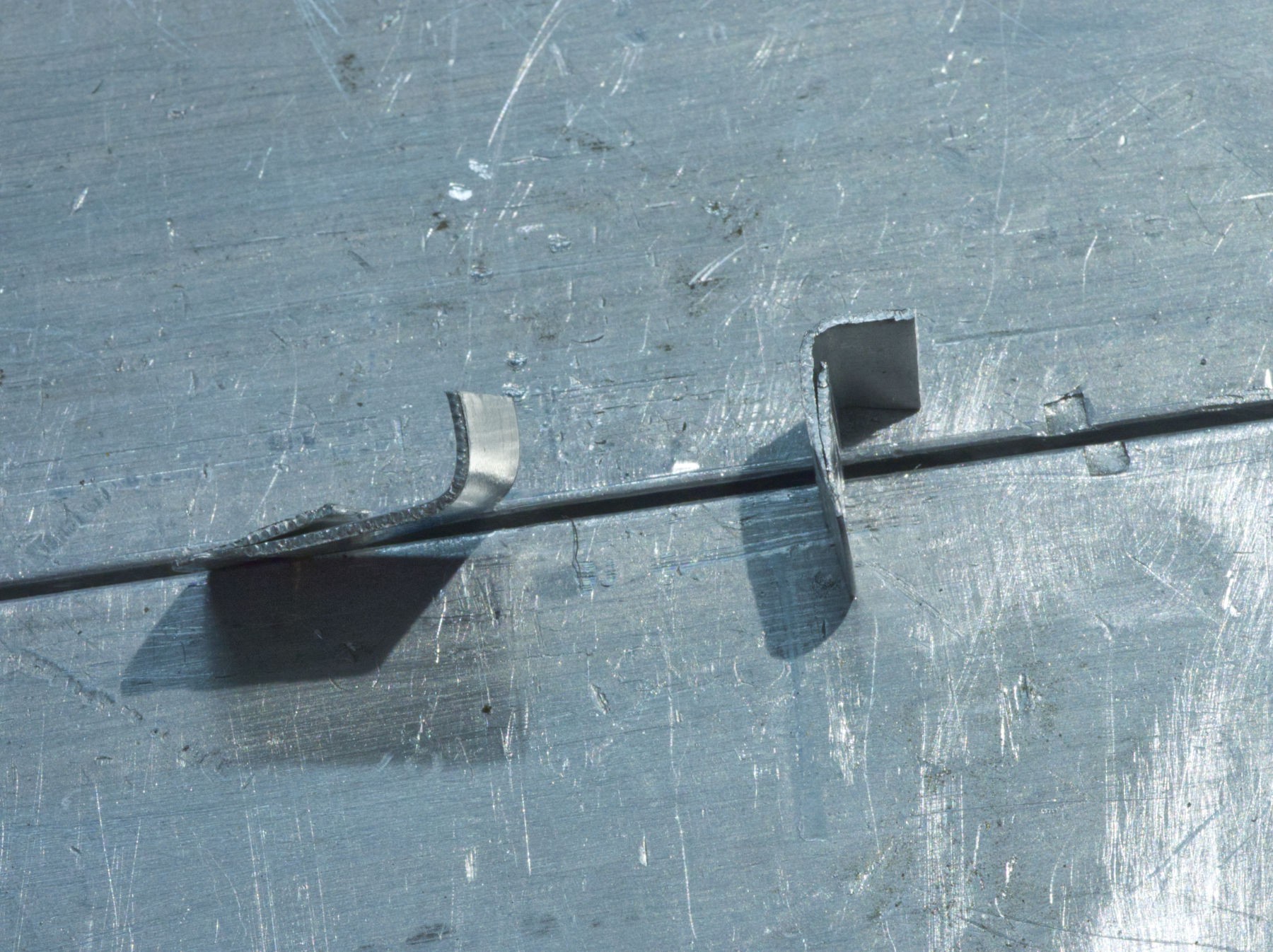
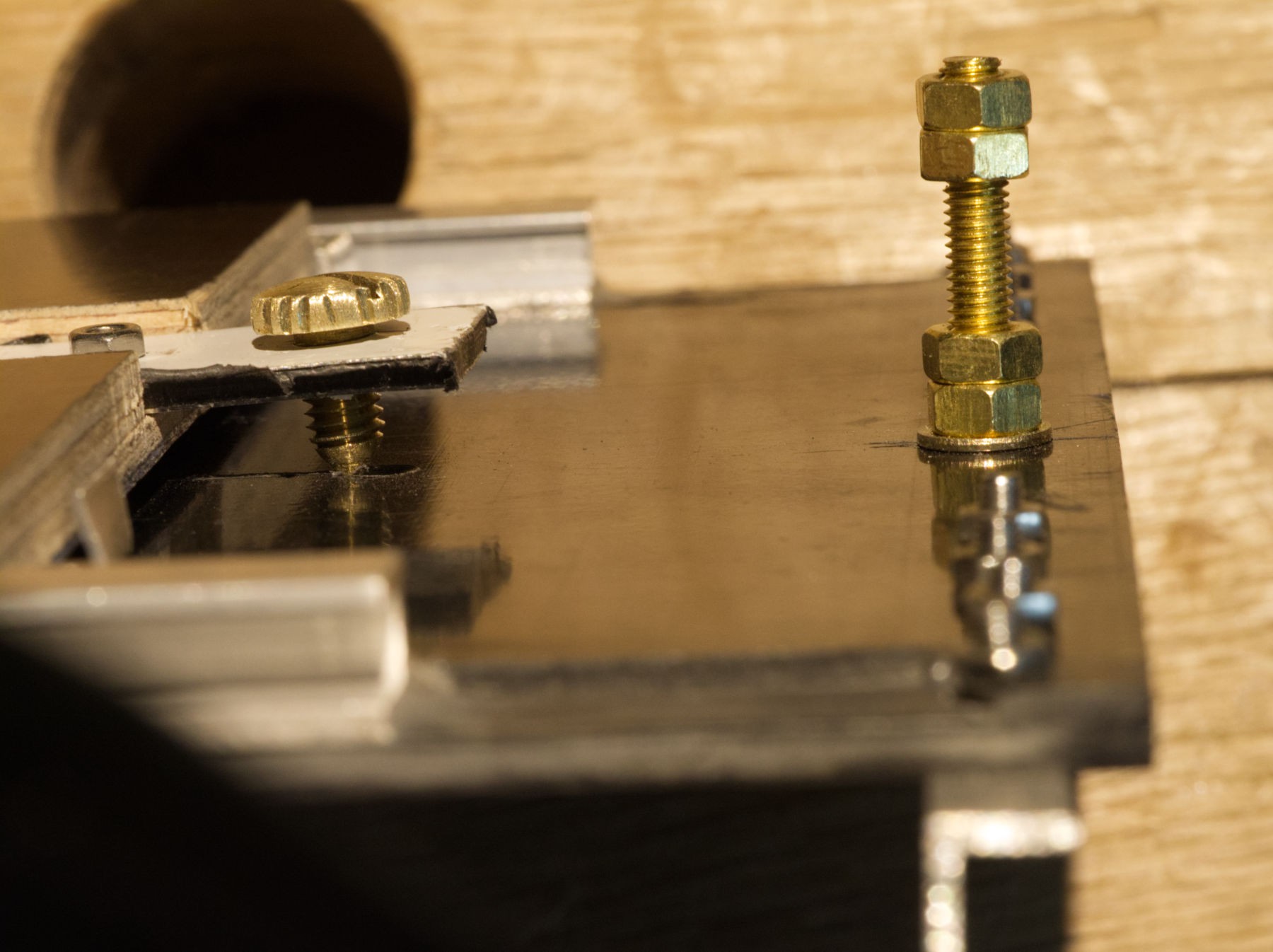
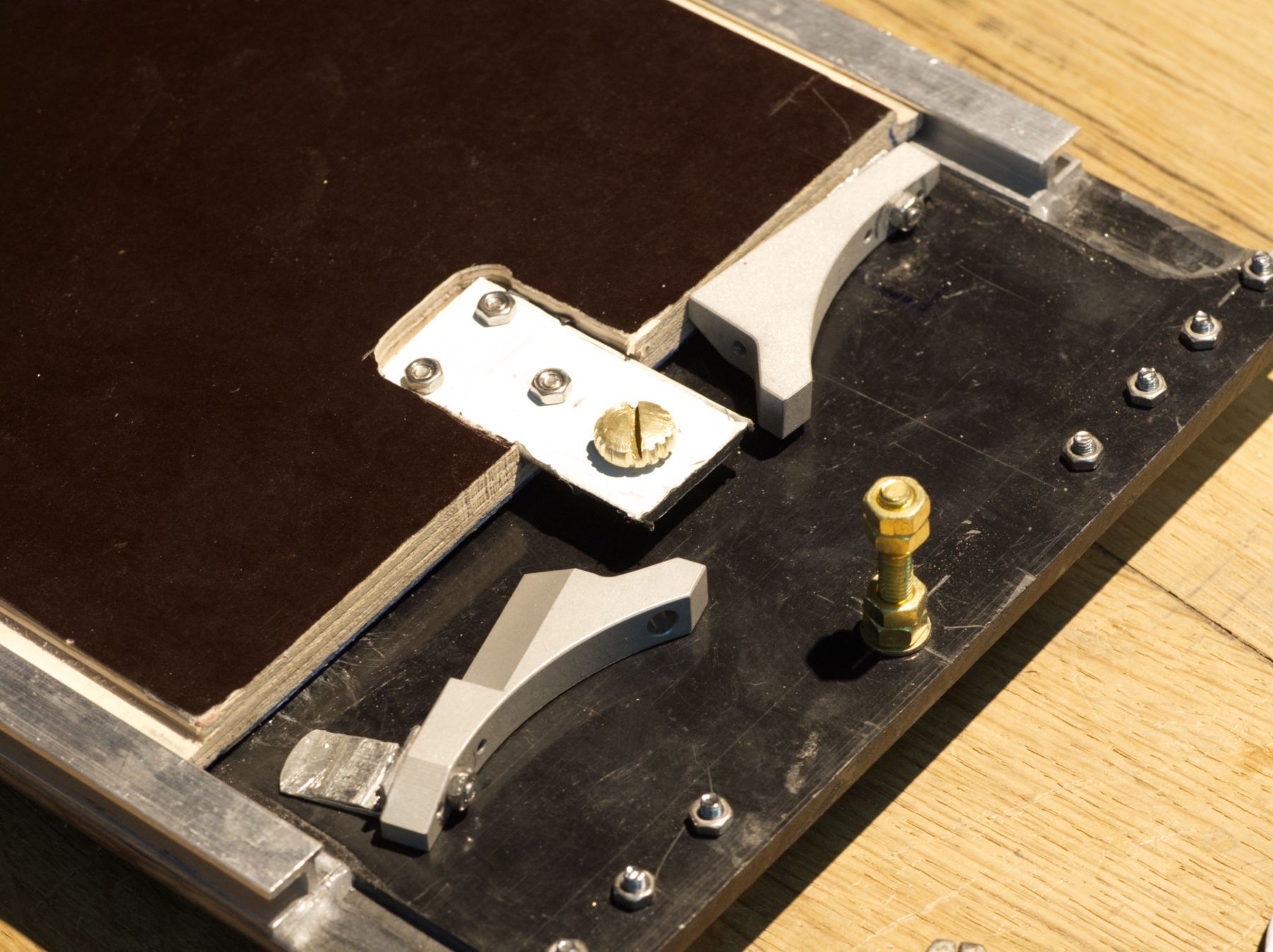
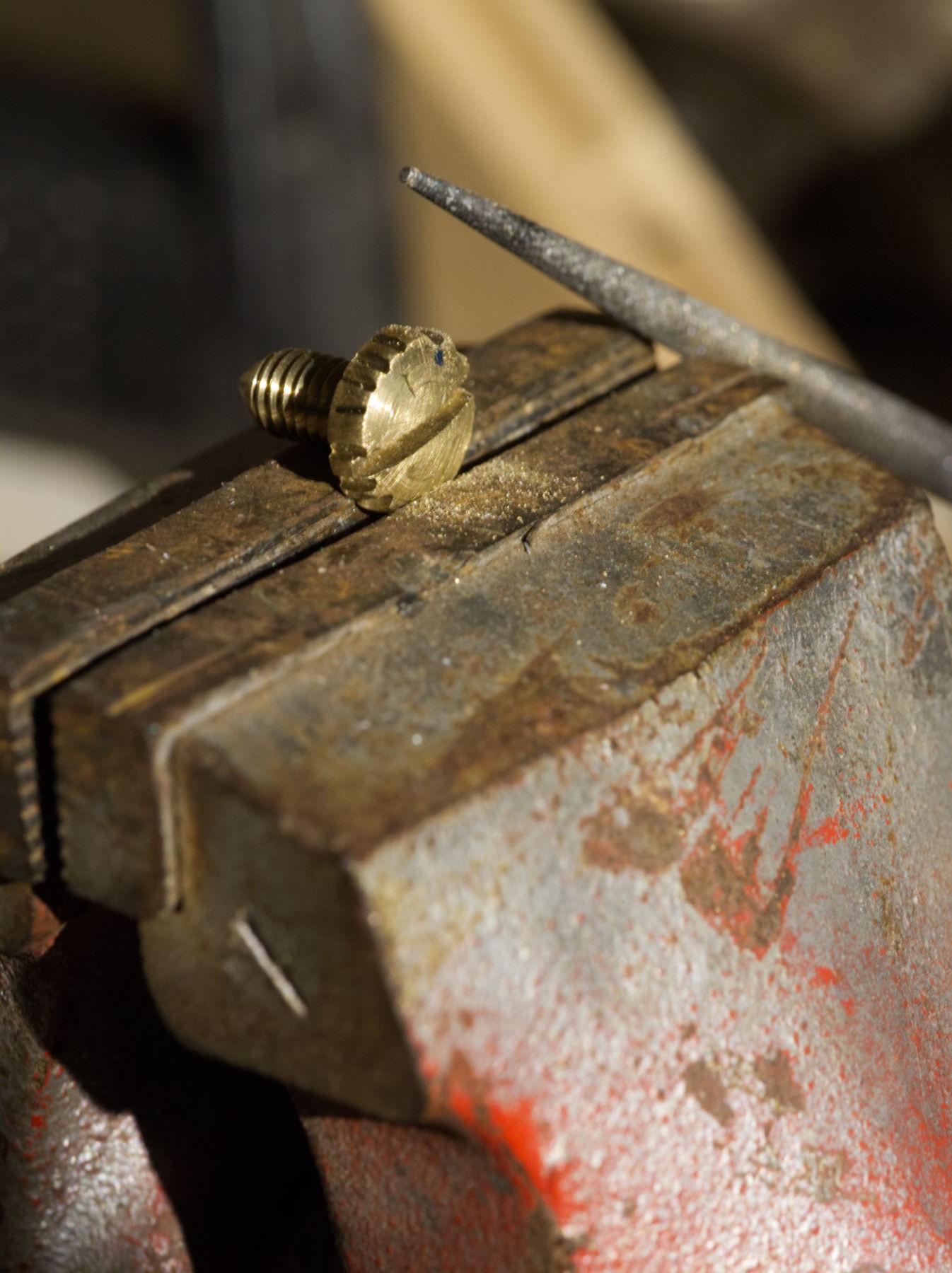
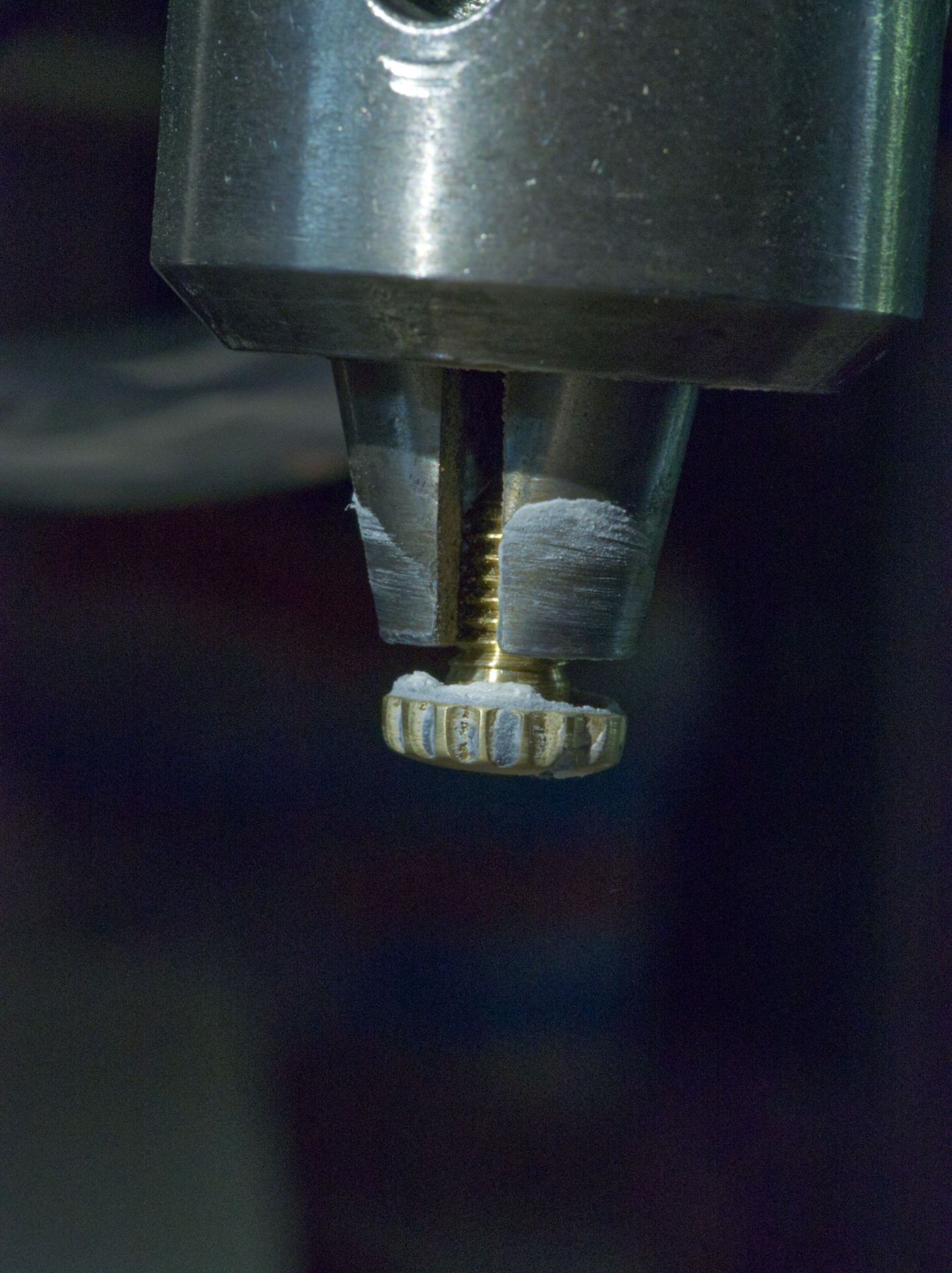
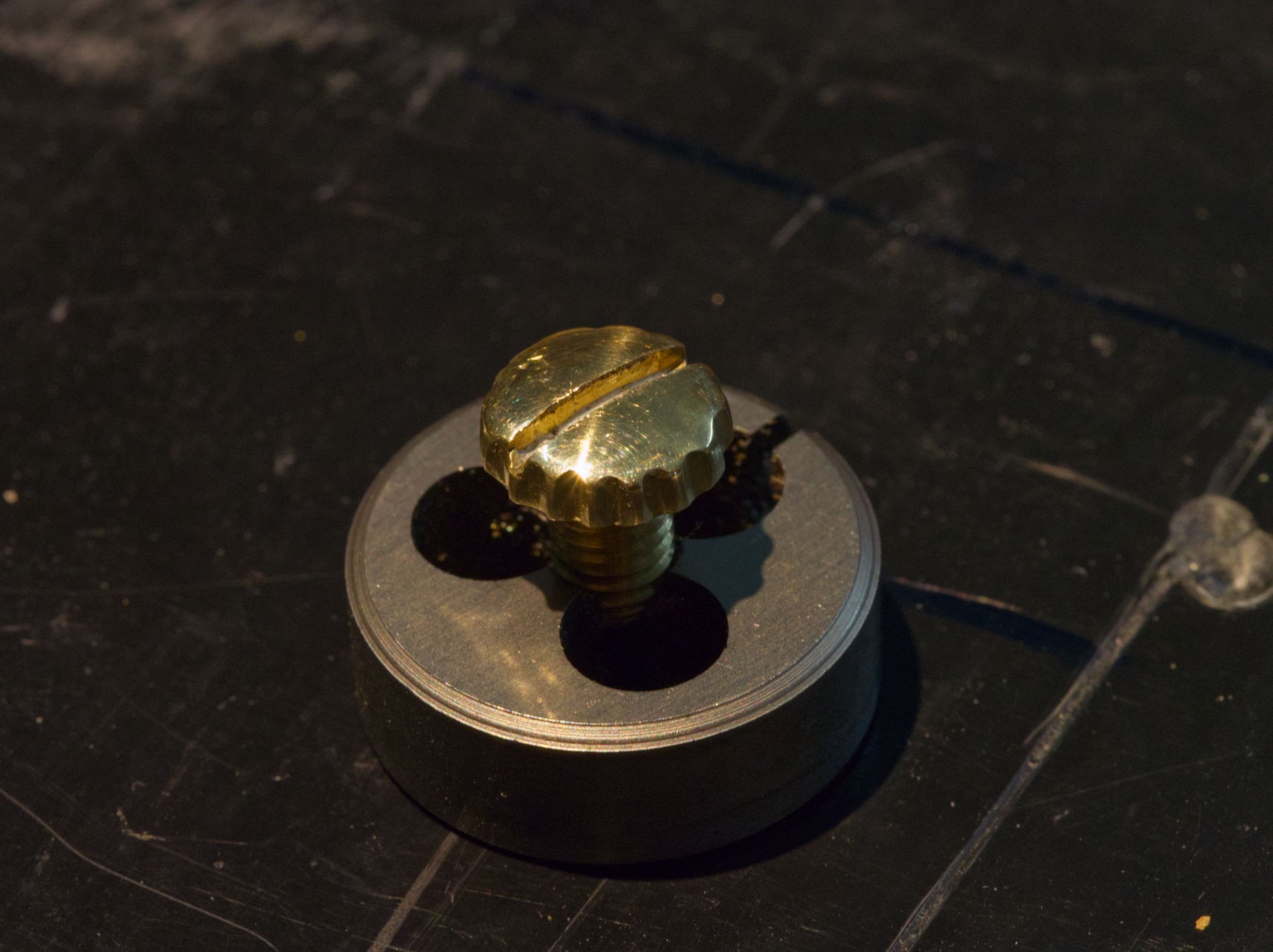
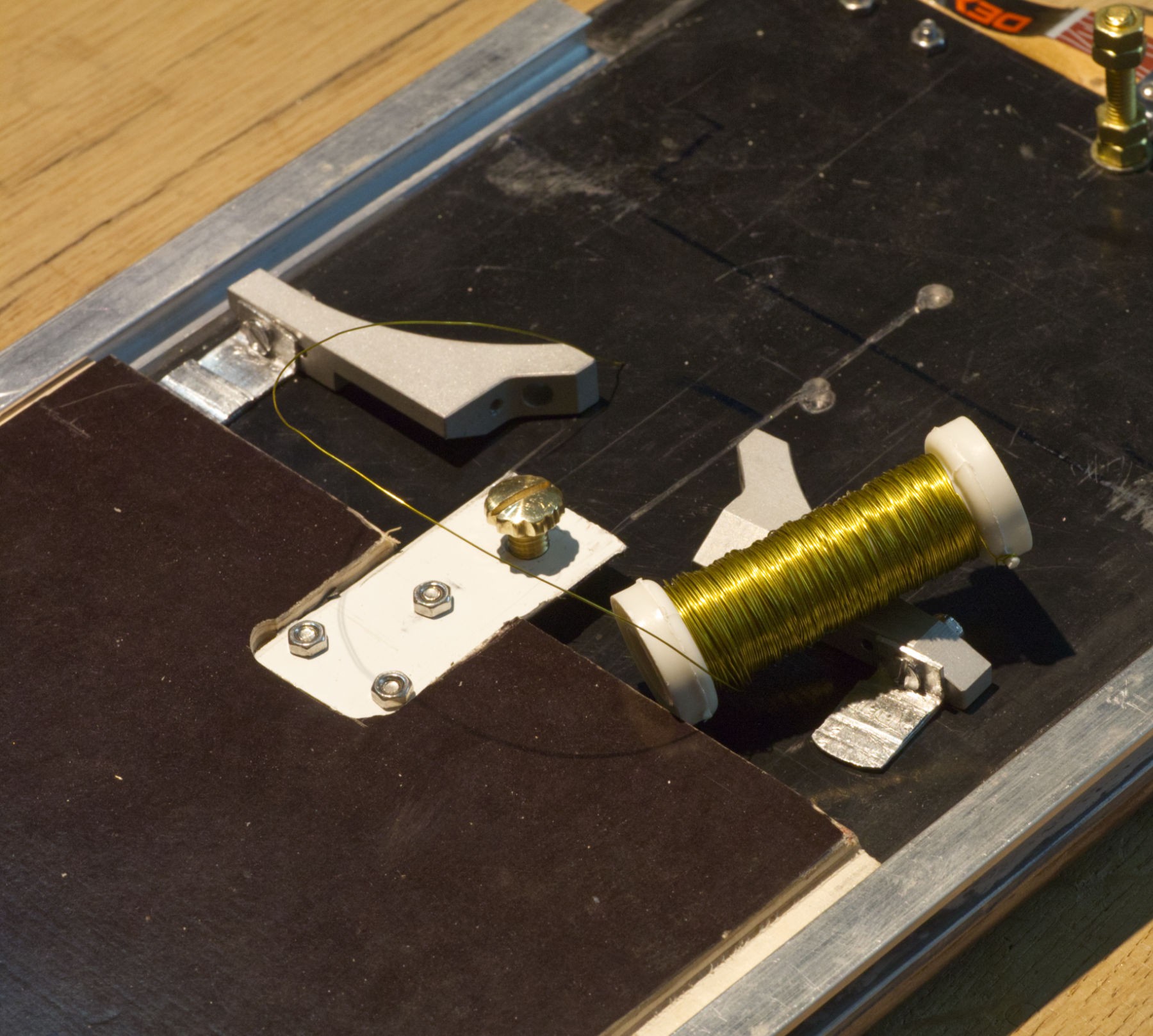
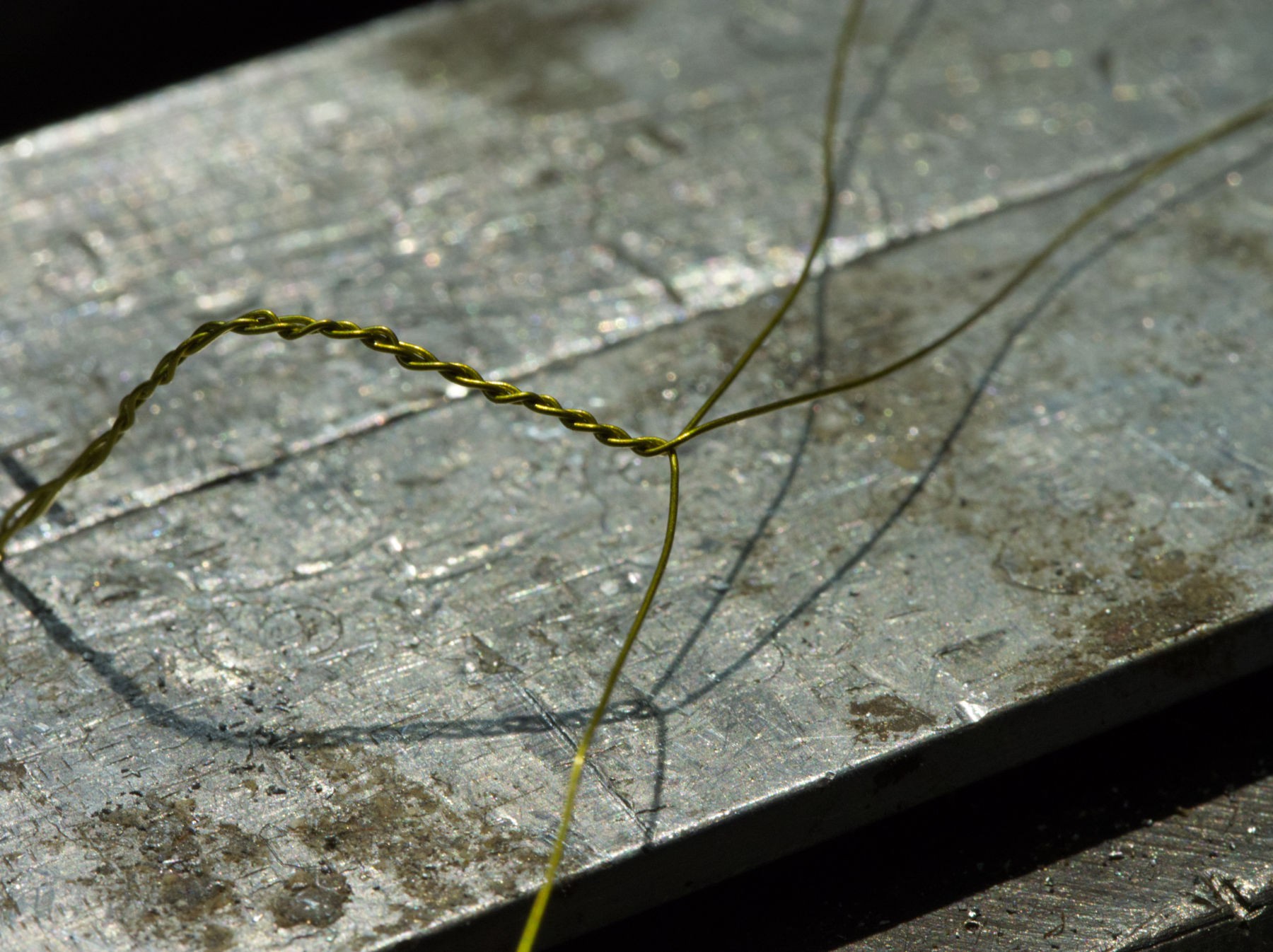
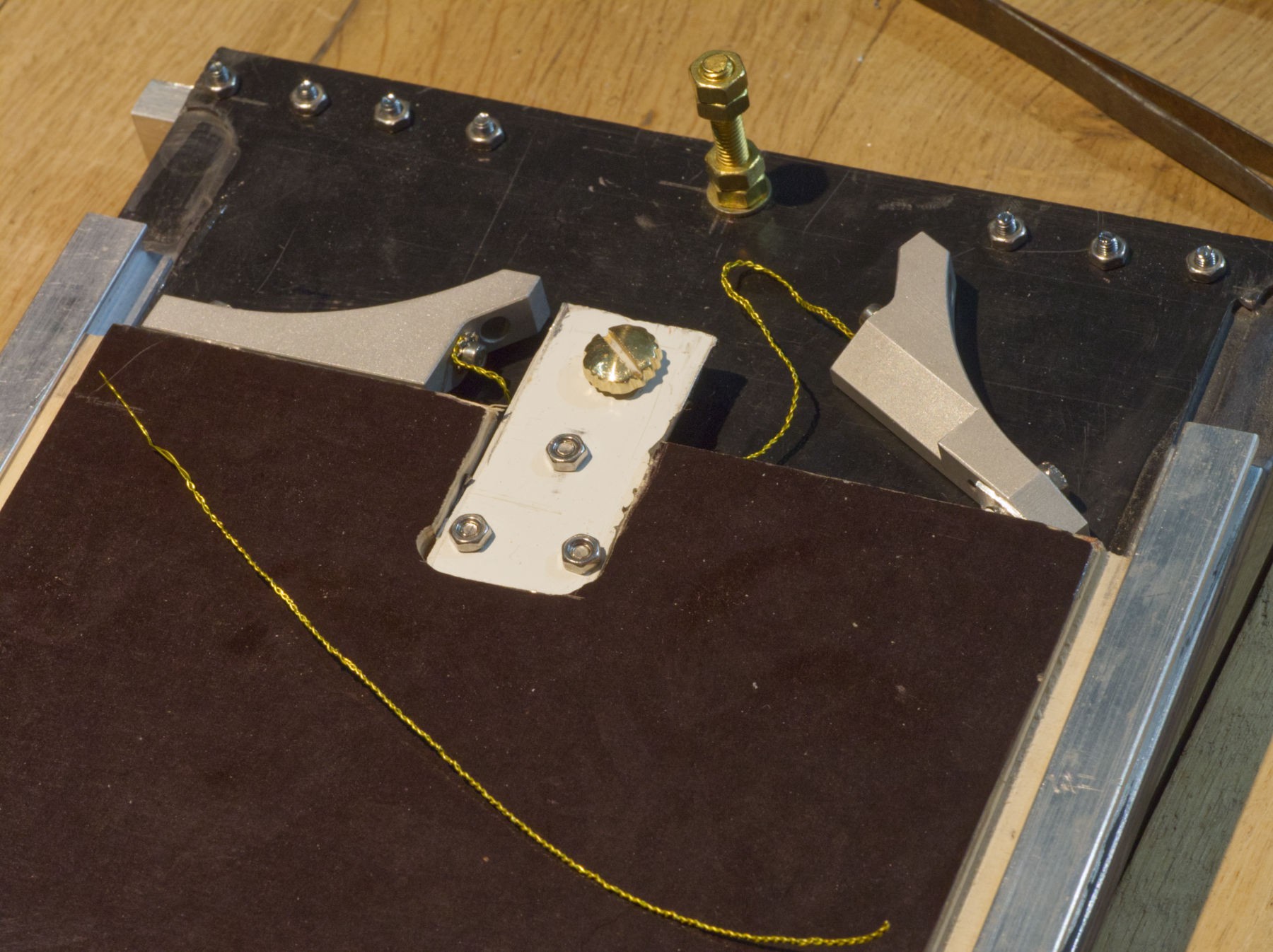
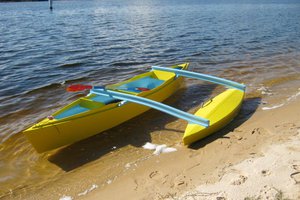
 agp.cooper
agp.cooper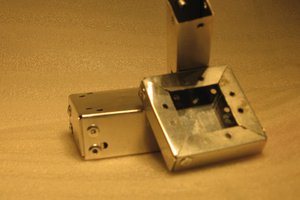
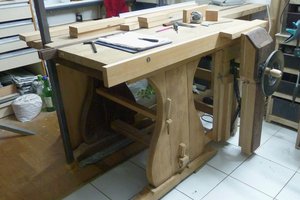
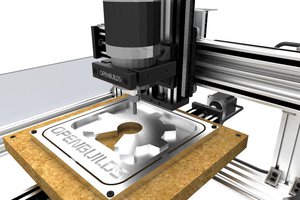
 charliex
charliex